



|

|

|
|
2008, Animalblog by Terry Costales
|
|
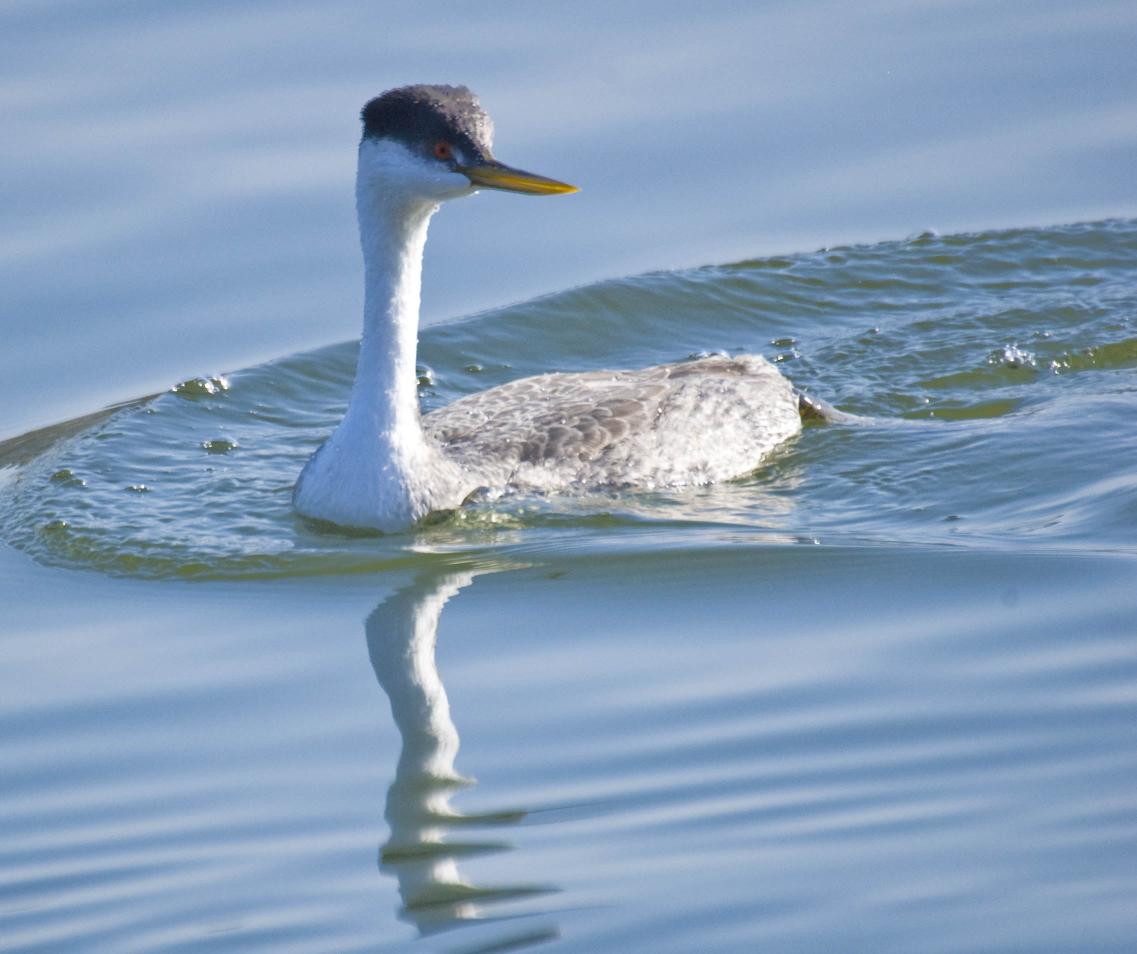 There were many Western Grebes (2008) Lake Merritt, Oakland, California • Photo Posted Monday, February 18, 2008 • © 2008 Terry Costales 
#20080218.jpg Add a comment or report a mistake
|
|
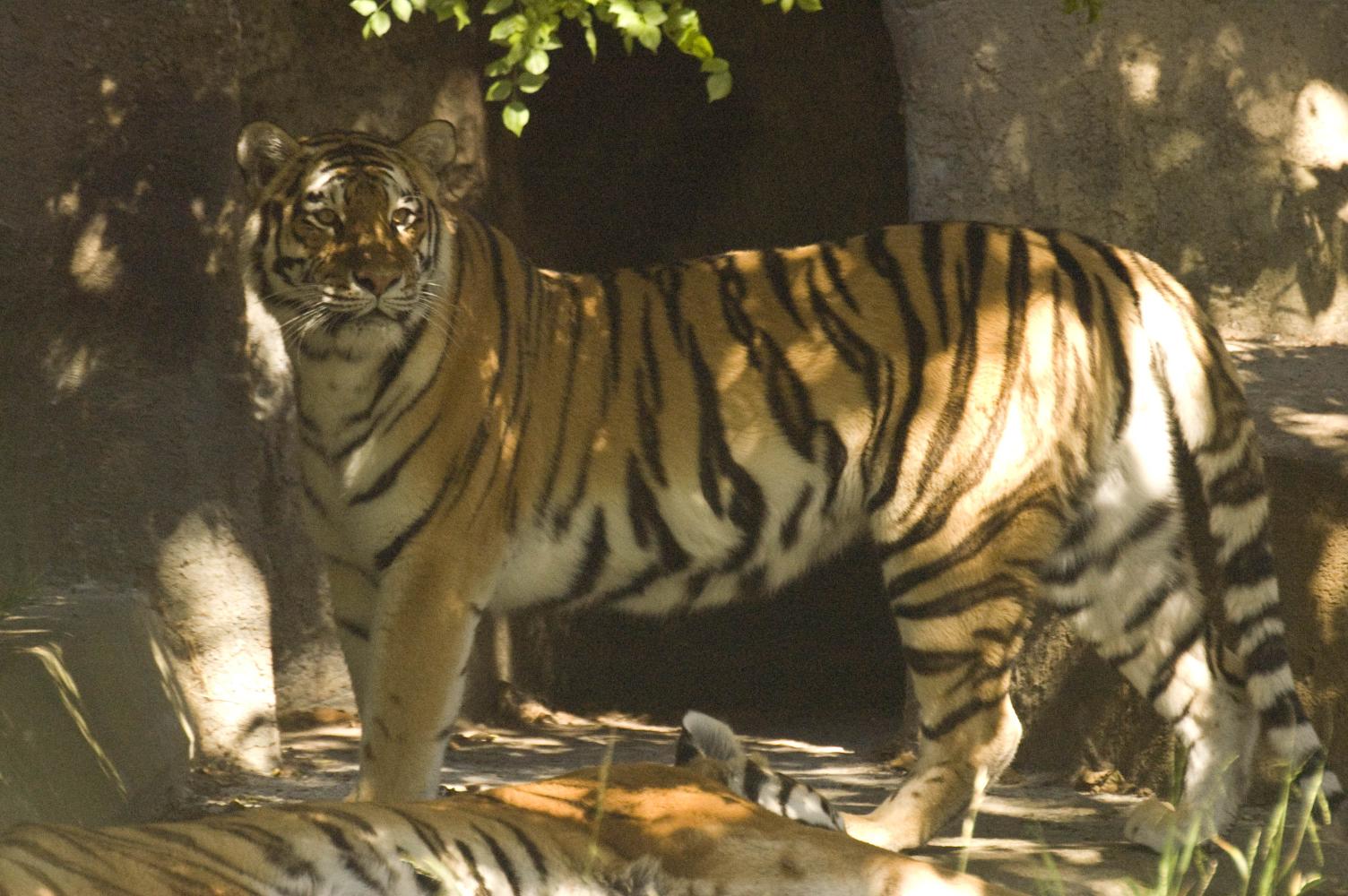 Here is Tatiana on Sept 29, 2007 looking alive and well. Due to incompetence at the Zoo and the malicious idiocy of a few young men, she and one of those young men are now deceased. A needless tragedy that ought never have happened. One should build wild animal enclosures with as much protection for the animals from the public as the public from the animals. We all know bridges and buildings in San Francisco must be built, or retrofitted, to withstand an earthquake the magnitude of which we may never see. So I assumed (incorrectly, as we all did) that a wild animal enclosure would be built with worst case scenarios in mind as well. I have read comments by citizens calling for the zoo's permanent closure but that is just a knee-jerk response. Zoos provide valuable sevices to the public, including breeding programs of our most endangered species, education and research. If built and maintained properly an excellent zoo can be as much a part of the cultural fabric of our city as are its library, symphony, parks and museums. Every major disaster gives us the opportunity to learn from our mistakes. The shipping industry learned a hard lesson from the sinking of the Titanic. After the Loma Prieta earthquake our building codes changed. Let's only hope we learn and apply valuable and obvious lessons from this, our current zoo catastrophe. (2007) San Francisco Zoo, California • Photo Posted Wednesday, January 2, 2008 • © 2008 Terry Costales 
#20080102.jpg Add a comment or report a mistake
|
|
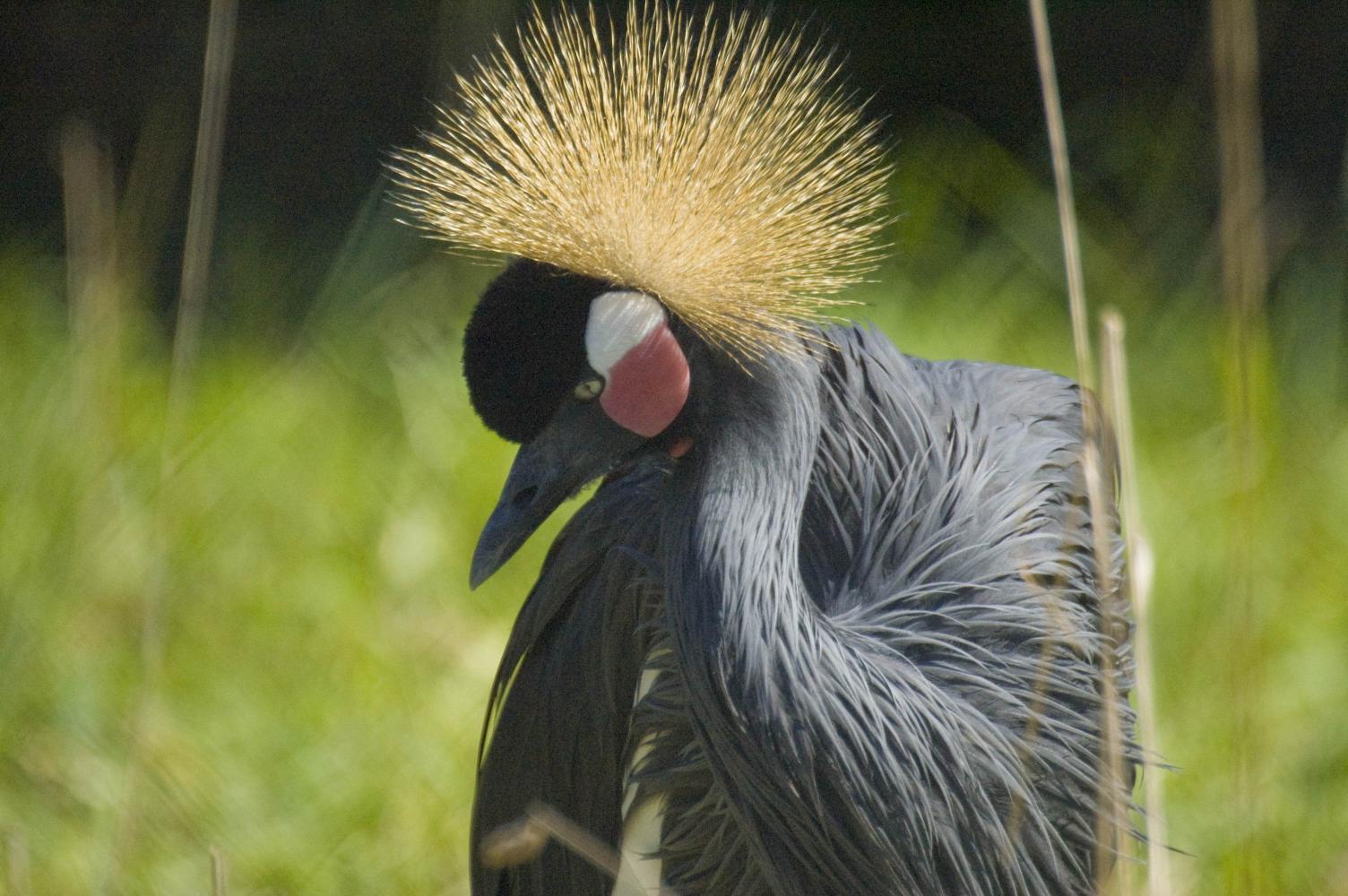
This photo was taken Sept 29, 2007. The Black Crowned Crane (2007) San Francisco, California • Photo Posted Friday, January 25, 2008 • © 2008 Terry Costales 
#20080125.jpg Add a comment or report a mistake
|
|
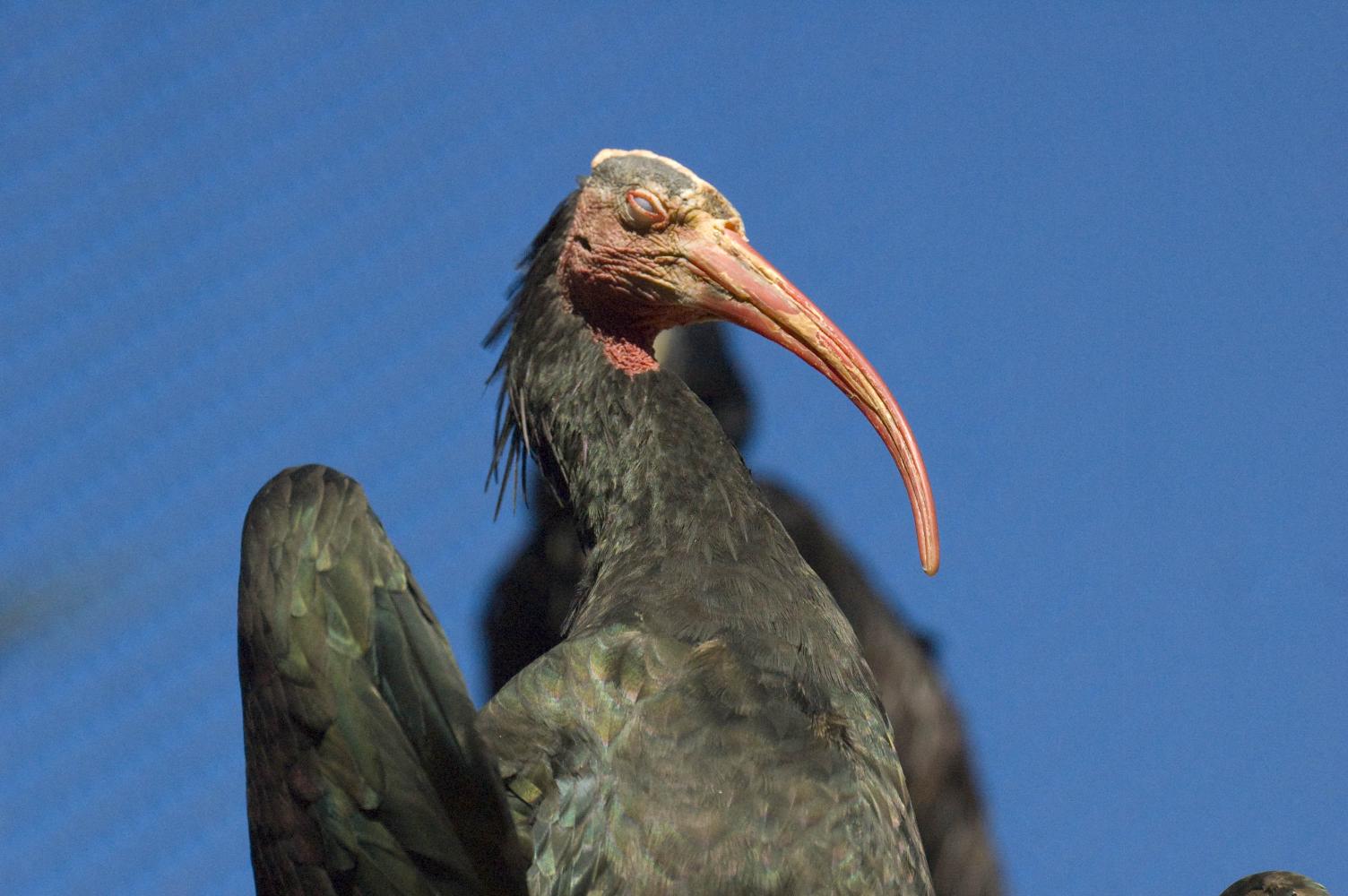 I don't know what kind of bird this is. Some kind of stork-like-vulture-thingy. It was in the walk-through aviary. Scary huh? (2008) San Francisco Zoo, California • Photo Posted Monday, January 28, 2008 • © 2008 Terry Costales 
#20080128.jpg Add a comment or report a mistake
|
|
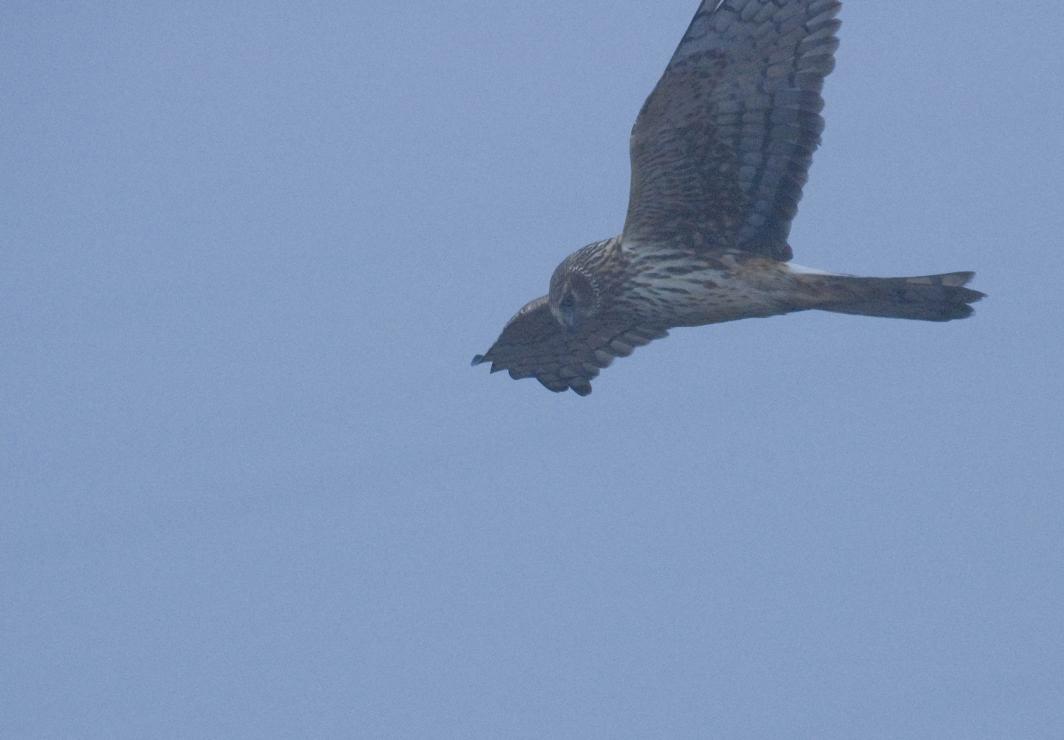 Another view of the distant and beautiful Harrier. 
#20080130.jpg Add a comment or report a mistake
|
|
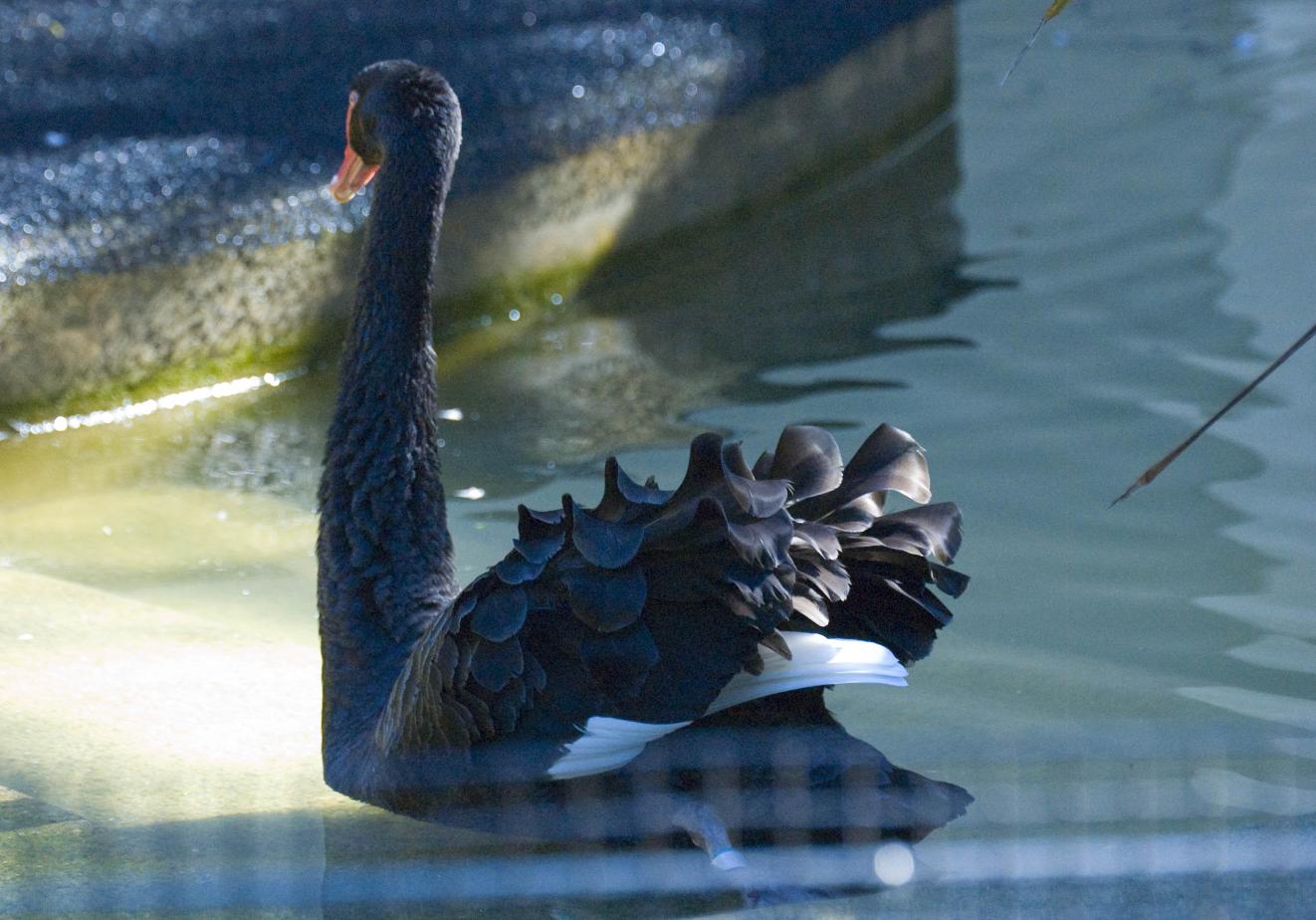
This photo shows the ruffled feathers on the back and white feathers edging the wings of the Black Swan. (2008) San Francisco Zoo, California • Photo Posted Friday, February 1, 2008 • © 2008 Terry Costales 
#20080201.jpg Add a comment or report a mistake
|
|
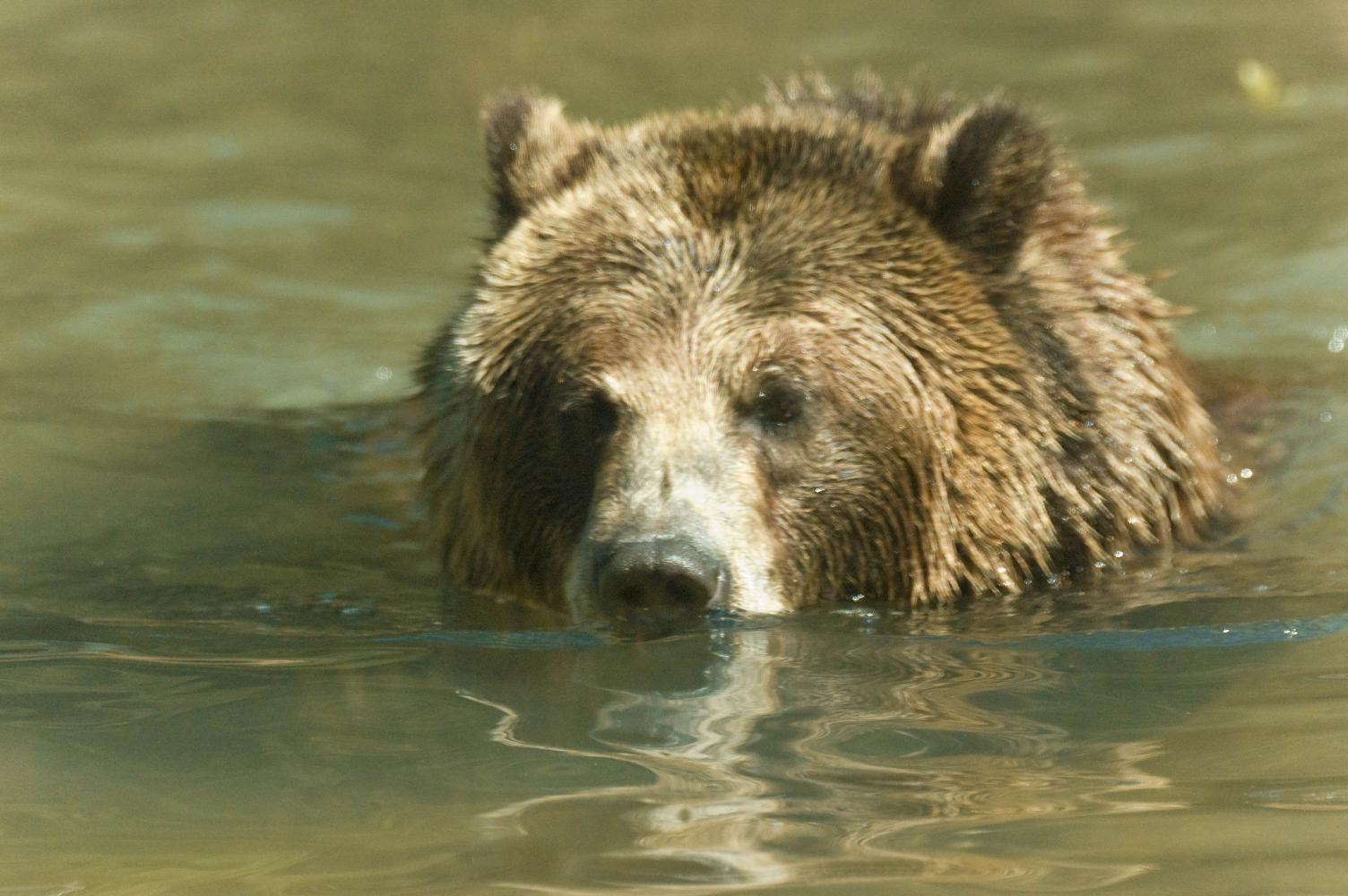 This is a swimming bear in the new Grizzly Gulch Their new home is a well designed habitat and hopefully all the exhibits there can be brought up to this standard. (2008) San Francisco Zoo, California • Photo Posted Saturday, February 2, 2008 • © 2008 Terry Costales 
#20080202.jpg Add a comment or report a mistake
|
|
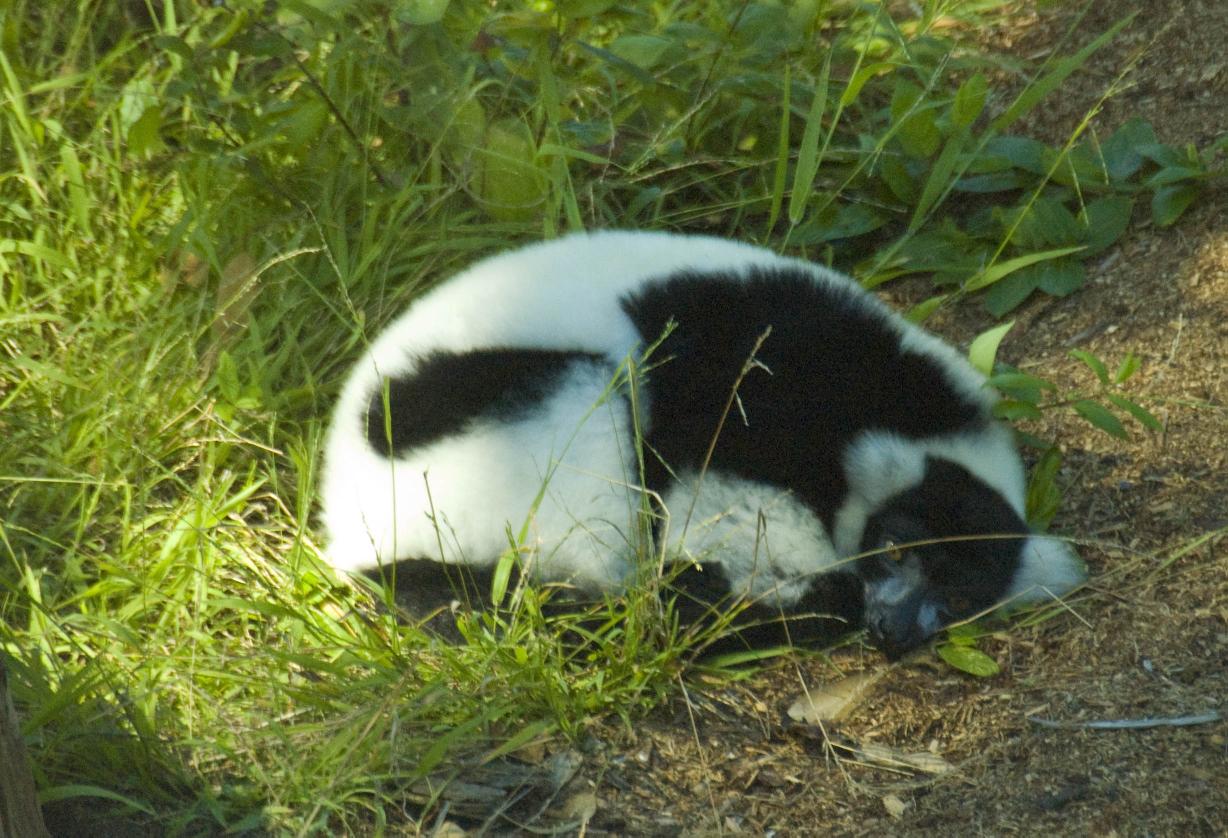 The lemurs at the zoo (2008) San Francisco Zoo, California • Photo Posted Monday, February 4, 2008 • © 2008 Terry Costales 
#20080204.jpg Add a comment or report a mistake
|
|
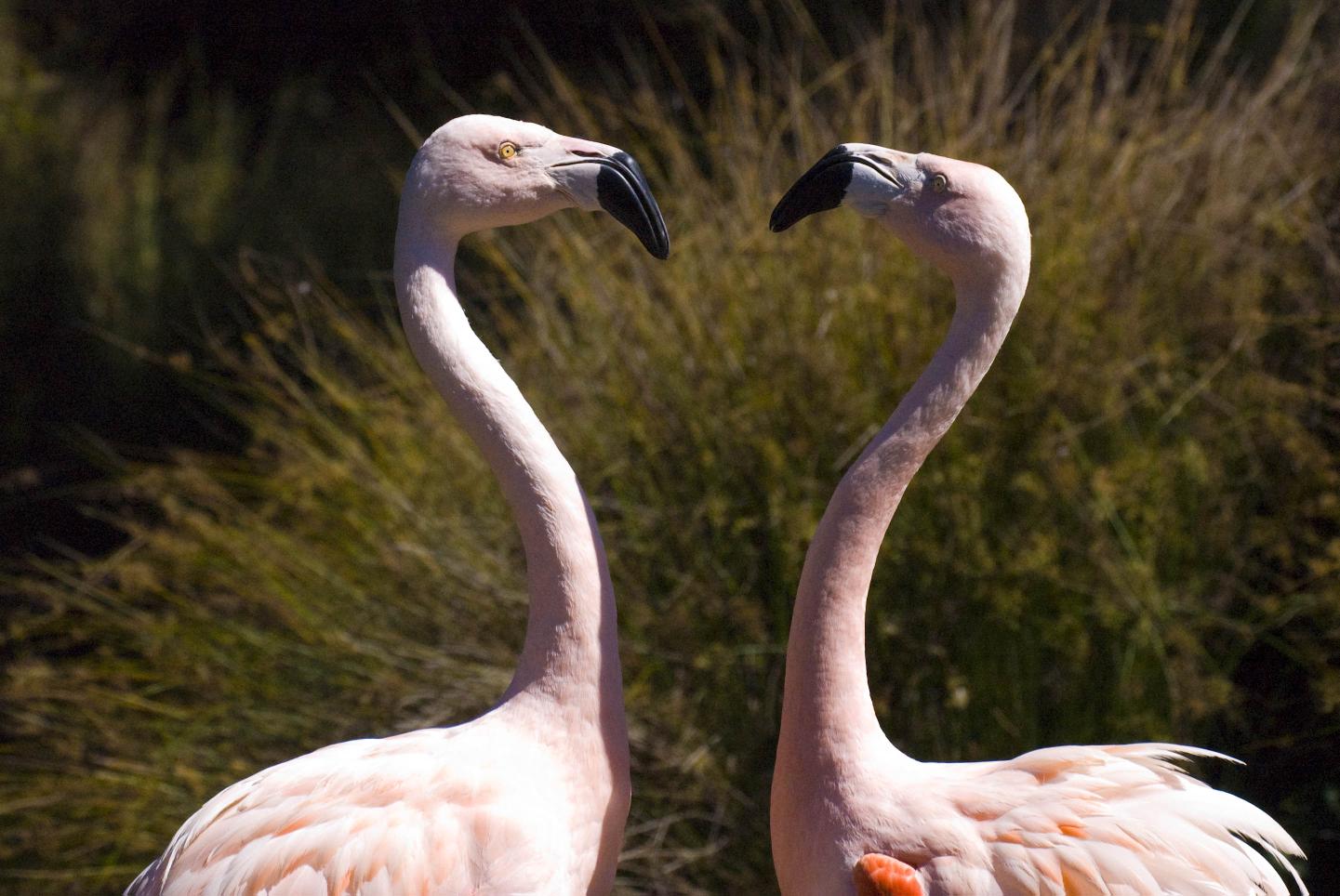 Maybe I should have posted this on Valentines Day. It's either affection or defense of territory. (2008) San Francisco Zoo, California • Photo Posted Thursday, February 7, 2008 • © 2008 Terry Costales 
#20080207.jpg Add a comment or report a mistake
|
|
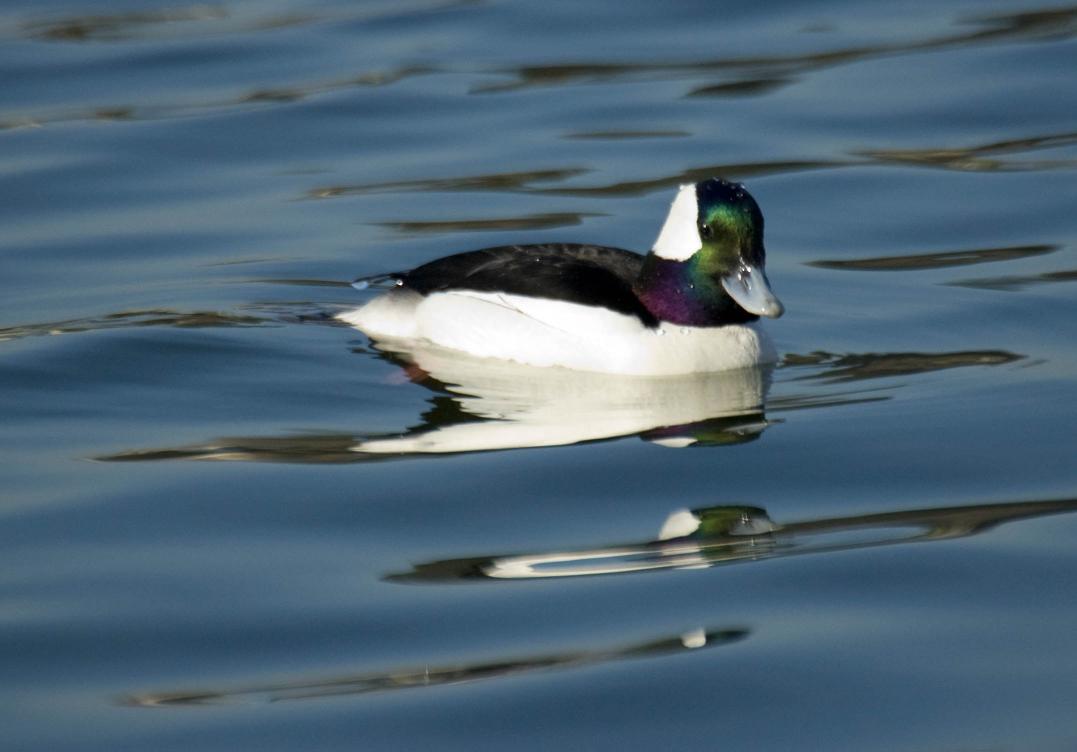 The male Bufflehead 
#20080217.jpg Add a comment or report a mistake
|
|
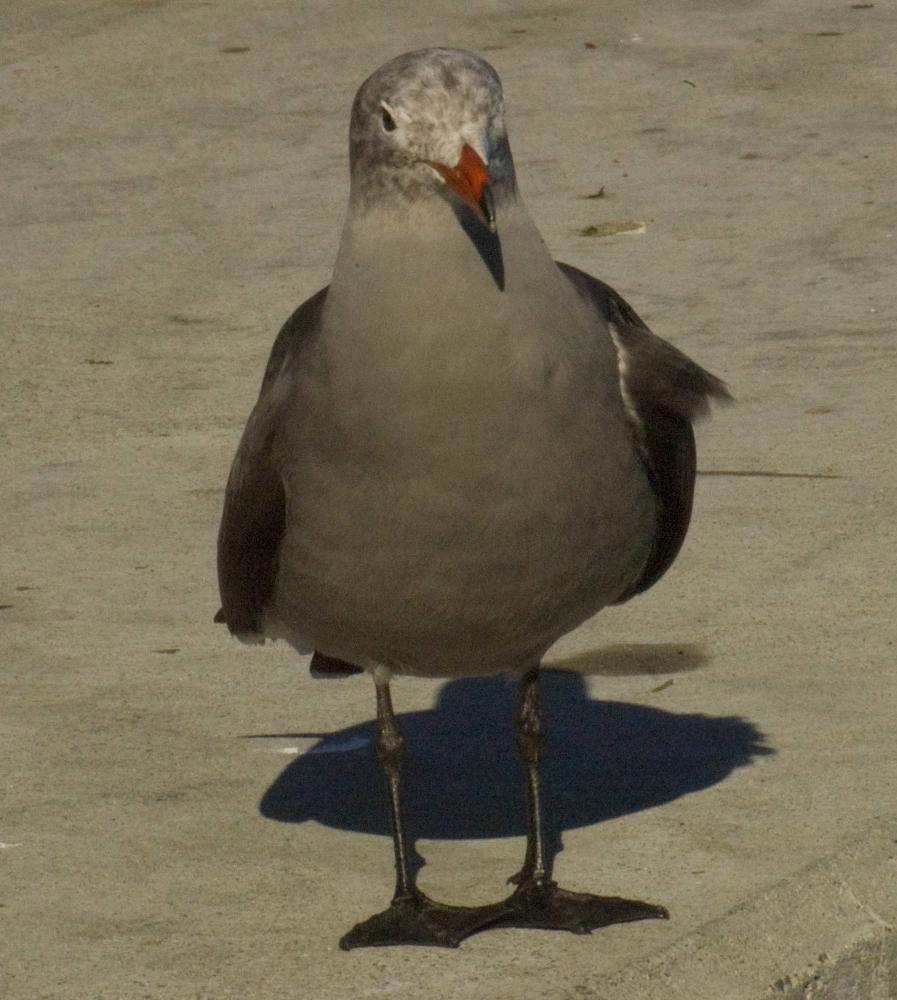 This juvenile Heermann's gull exhibits its main identifying marks clearly: black feet, red bill and dusky body. As an adult, its head will become pure white.
(2007) Sausalito, California • Photo Posted Monday, January 1, 2008 • © 2007 Terry Costales 
#20080101.jpg Add a comment or report a mistake
|
|
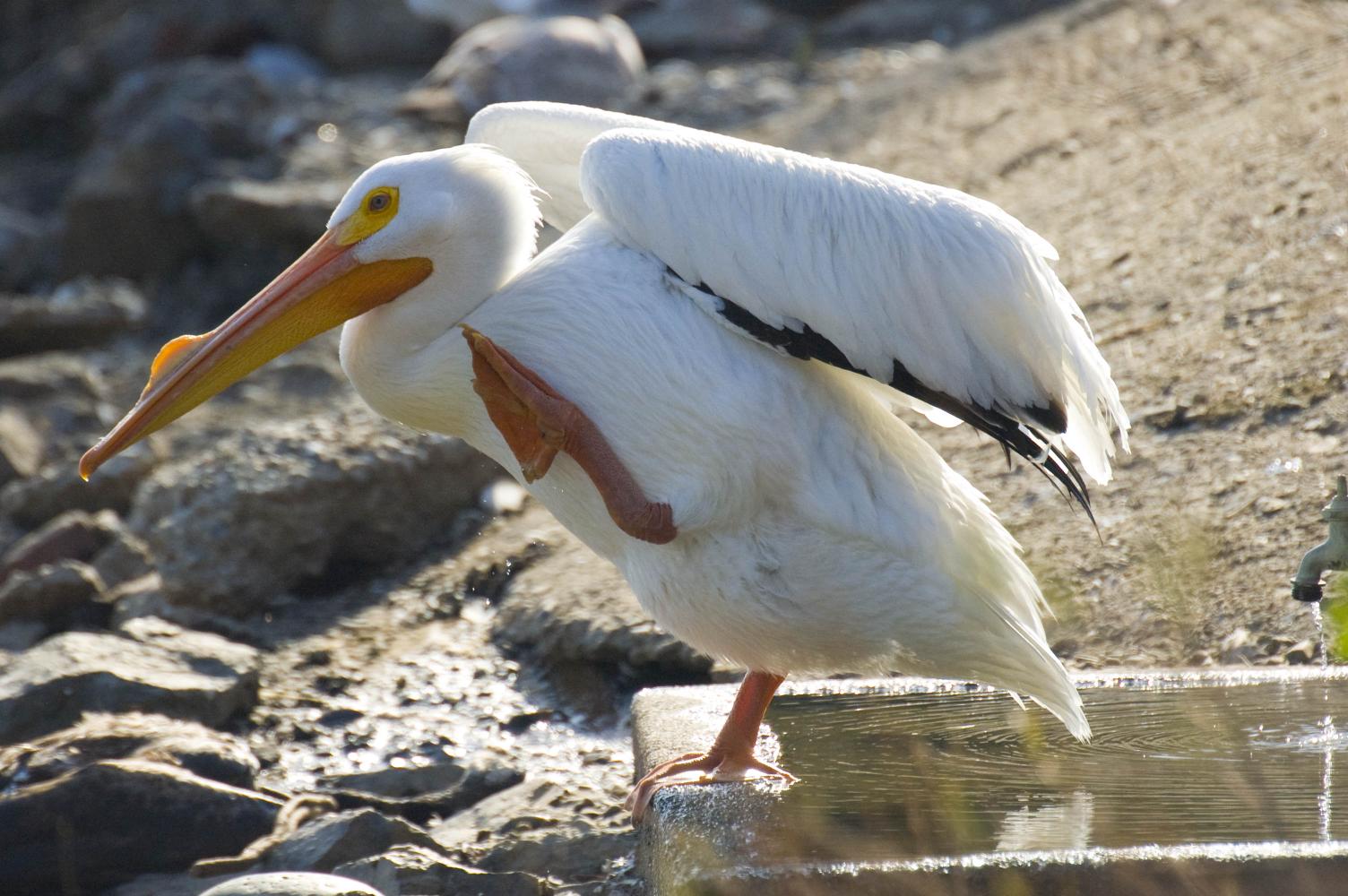 There was this one lone white pelican at the nature center that day. It was probably an injured bird being nursed back to health, or it just knew a good hand-out when it saw one.
(2008) Lake Merritt, Oakland, California • Photo Posted Wednesday, February 20, 2008 • © 2008 Terry Costales 
#20080220.jpg Add a comment or report a mistake
|
|
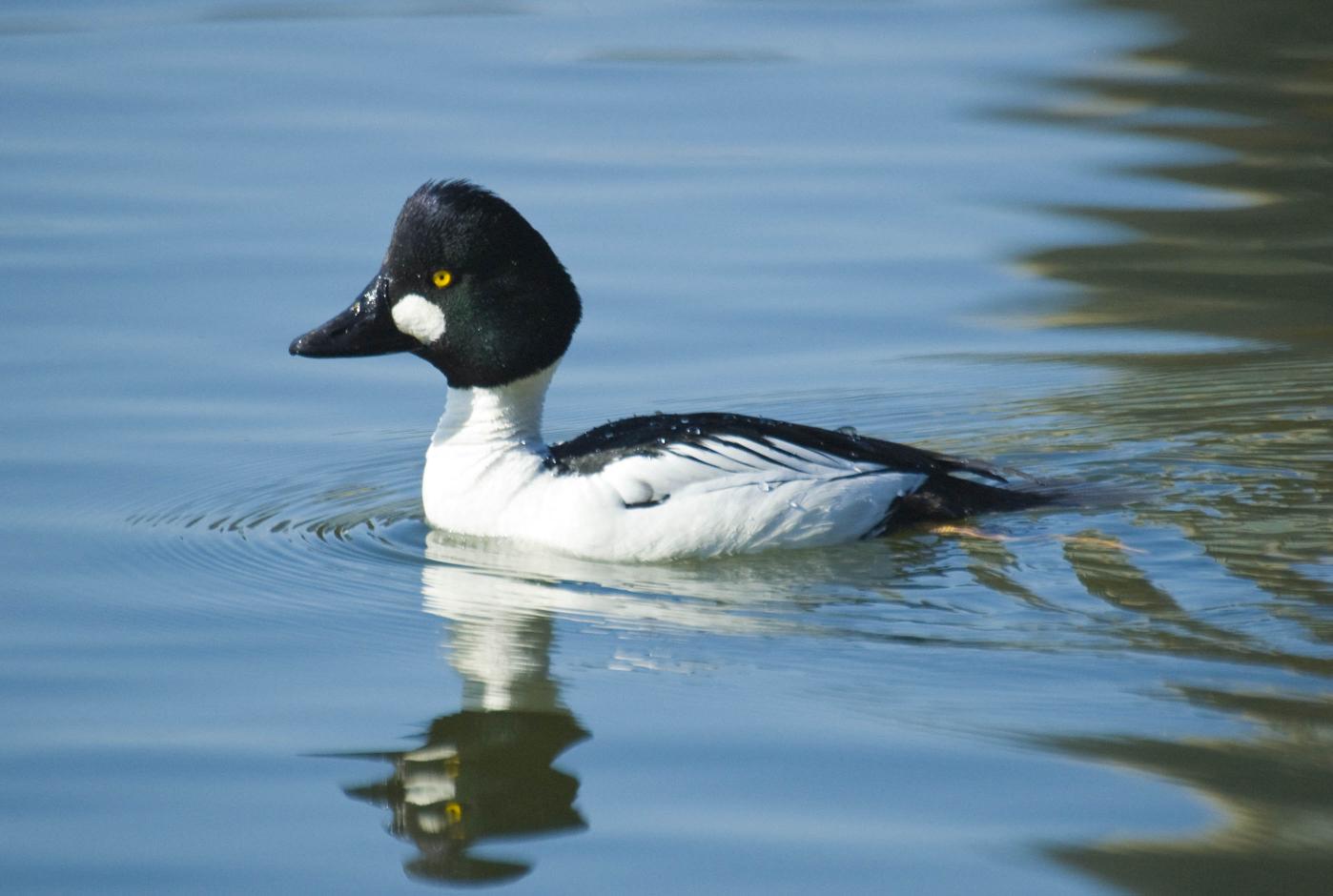 There were many male and female Goldeneyes out on the lake that day. This is a very handsome male. Goldeneyes are closely related to Buffleheads (2008) Lake Merritt, Oakland, California • Photo Posted Thursday, February 21, 2008 • © 2008 Terry Costales 
#20080221.jpg Add a comment or report a mistake
|
|
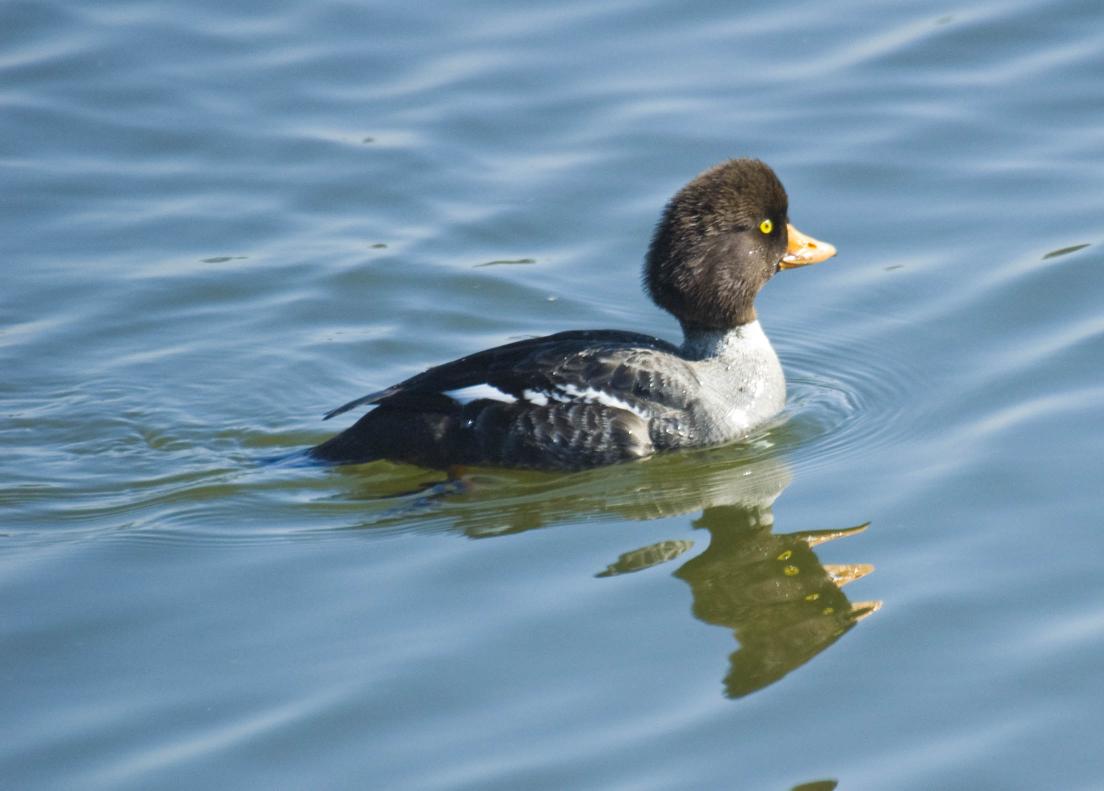 This is a female Goldeneye (2008) Lake Merritt, Oakland, Californiaa • Photo Posted Saturday, February 23, 2008 • © 2008 Terry Costales 
#20080223.jpg Add a comment or report a mistake
|
|
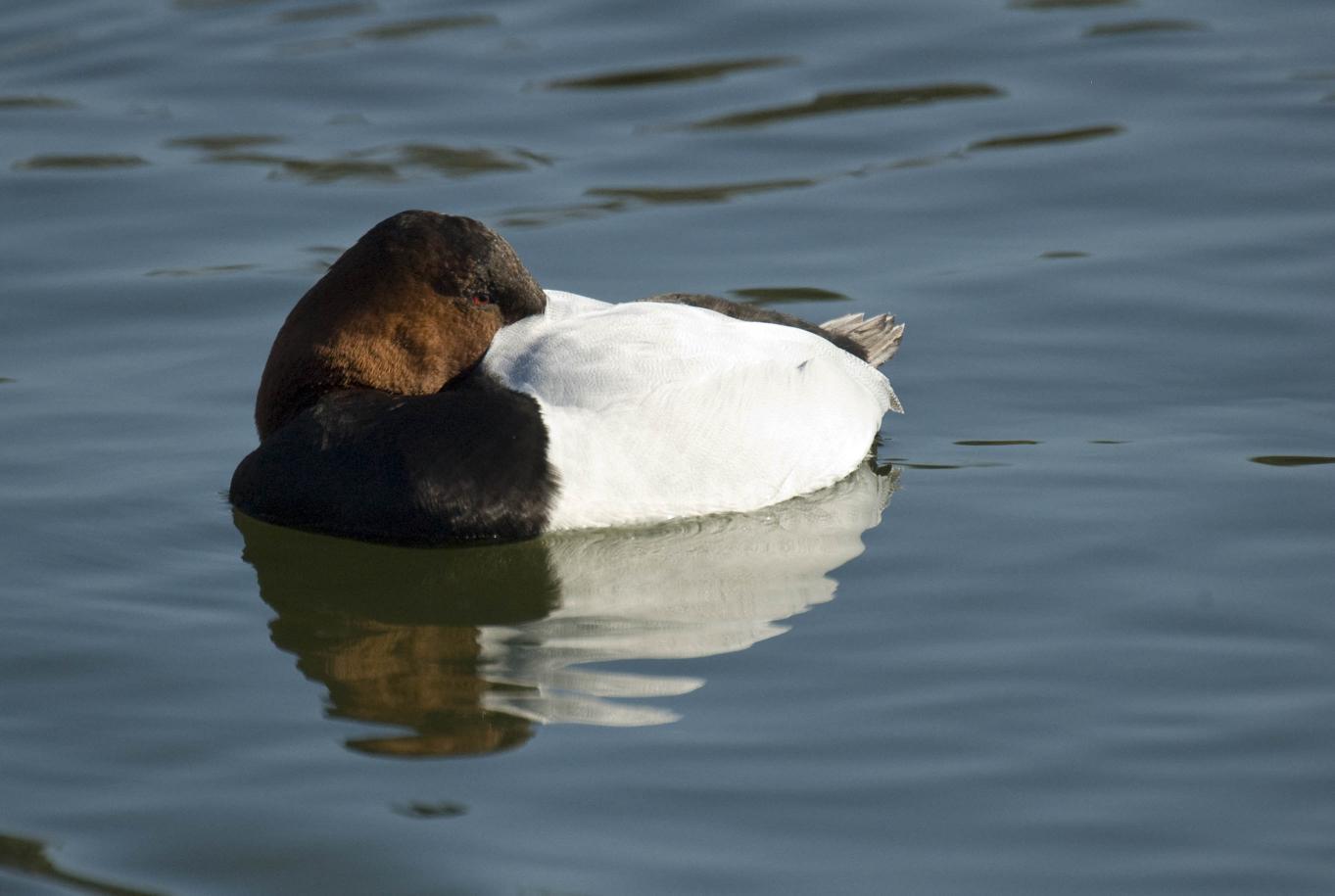 This is a male Canvasback (2008) Lake Merritt, Oakland, California • Photo Posted Sunday, February 24, 2008 • © 2008 Terry Costales 
#20080224.jpg Add a comment or report a mistake
|
|
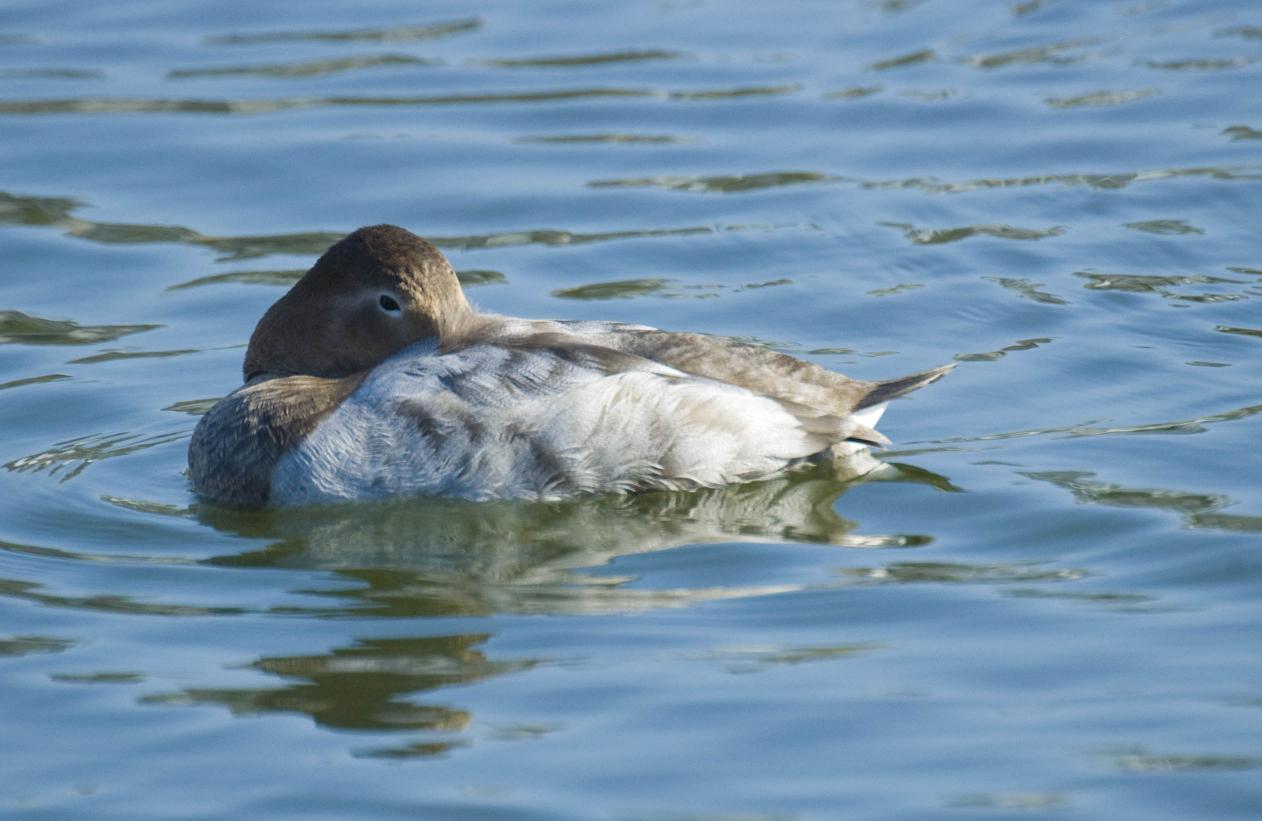 Here is the mate of yesterday's (2008) Lake Merritt, Oakland, California • Photo Posted Monday, February 25, 2008 • © 2008 Terry Costales 
#20080225.jpg Add a comment or report a mistake
|
|
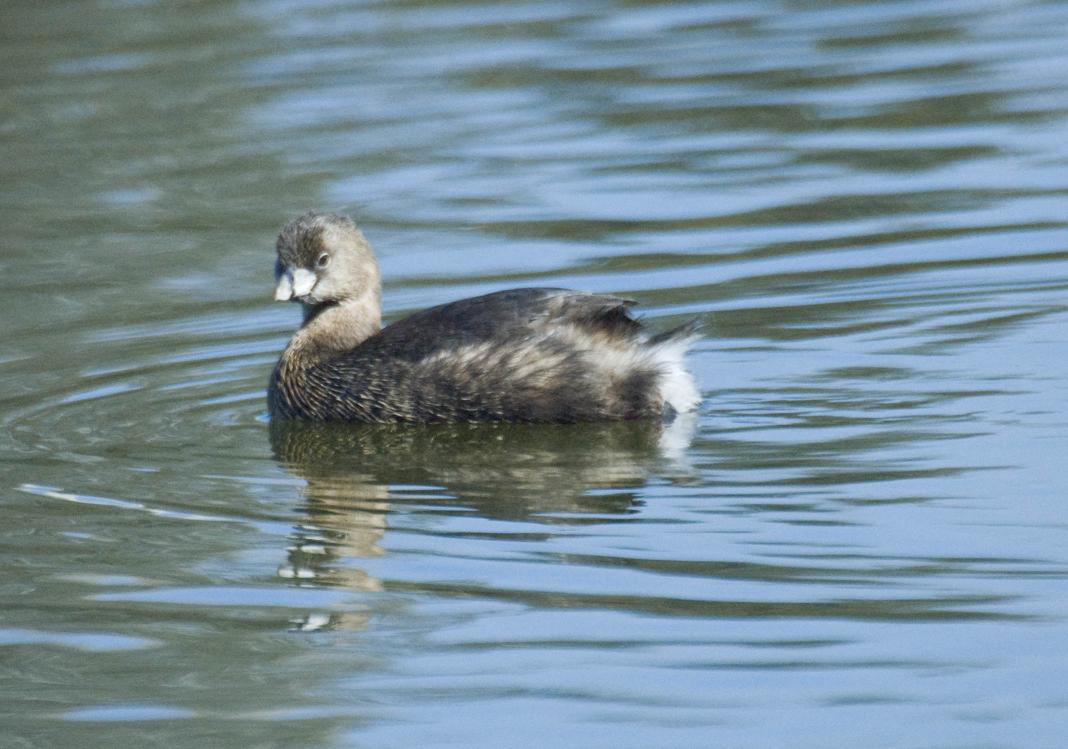 This is a very cute little diving bird (2008) Lake Merritt, Oakland, California • Photo Posted Friday, February 26, 2008 • © 2008 Terry Costales 
#20080226.jpg Add a comment or report a mistake
|
|
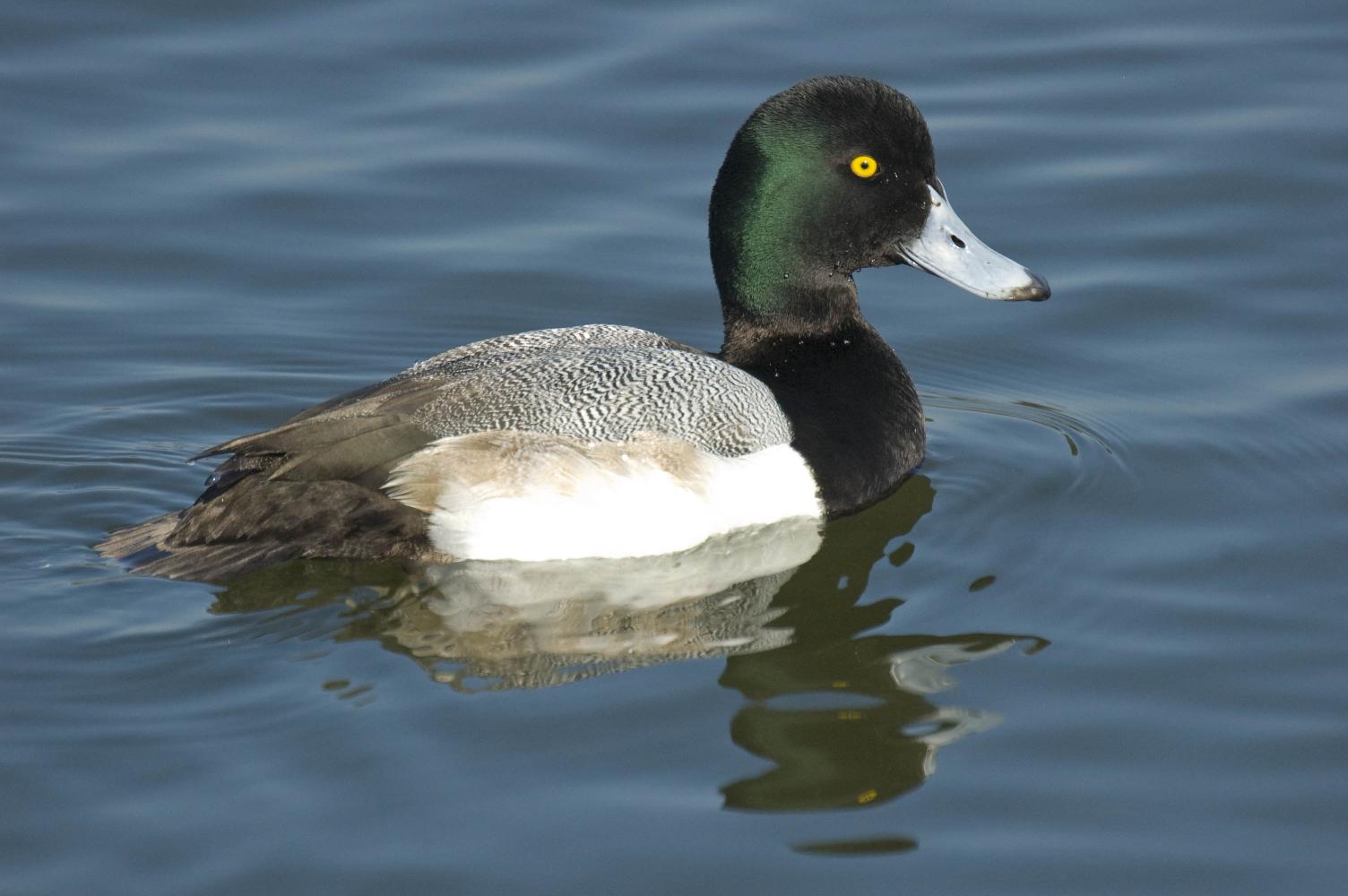 Greater Scaups (2008) Lake Merritt, Oakland, California • Photo Posted Wednesday, February 27, 2008 • © 2008 Terry Costales 
#20080227.jpg Add a comment or report a mistake
|
|
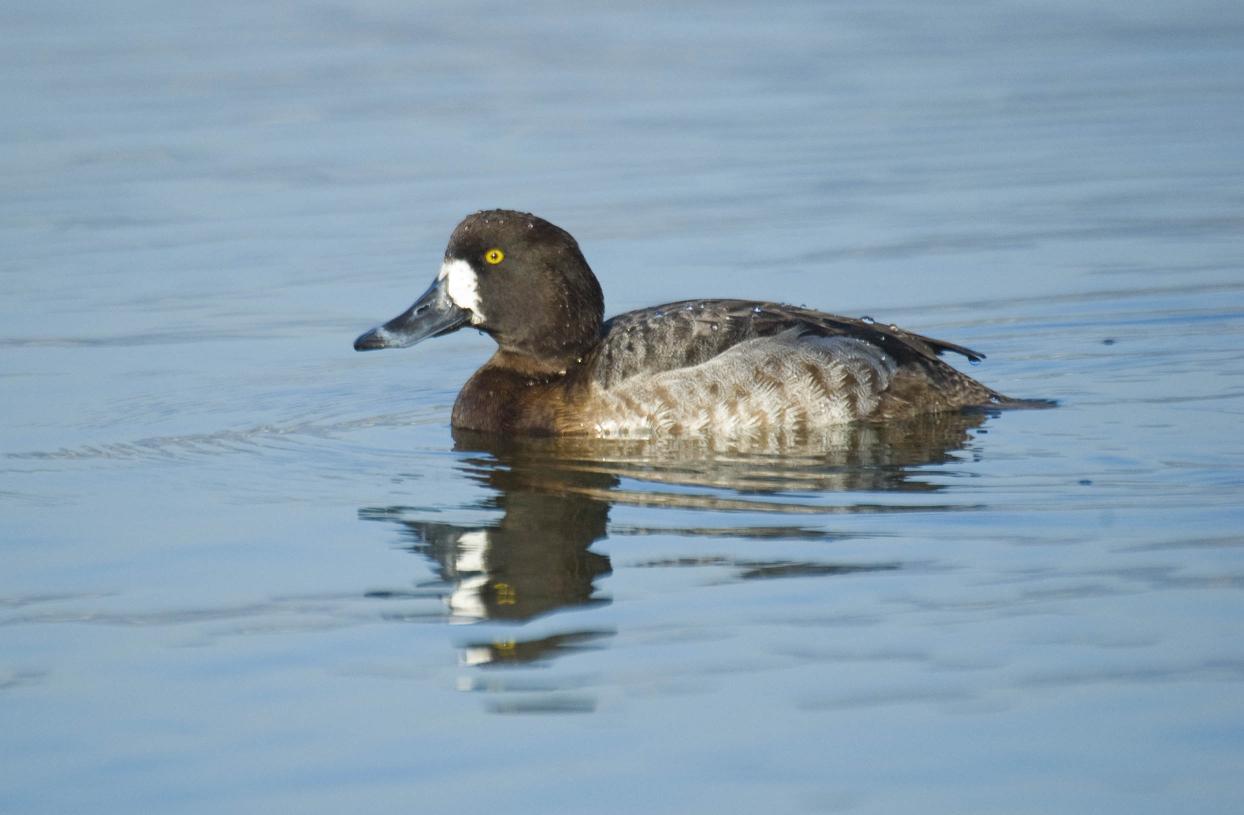 This is the female scaup. Much more muted in coloration than yesterdays male. (2008) Lake Merritt, Oakland, California • Photo Posted Monday, February 25, 2008 • © 2008 Terry Costales 
#20080228.jpg Add a comment or report a mistake
|
|
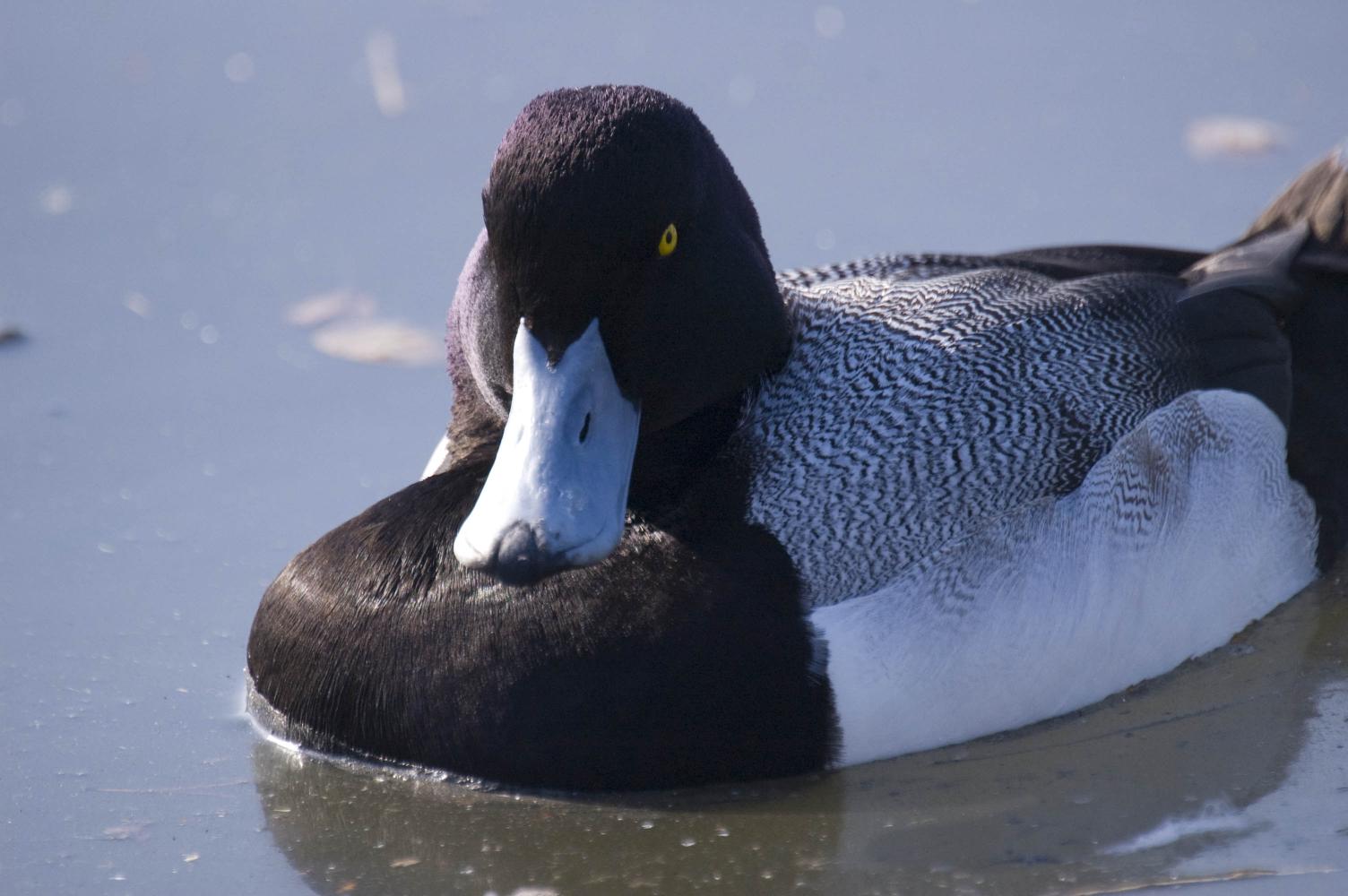 The male lesser scaup (2008) Lake Merritt, Oakland, California • Photo Posted Friday, February 29, 2008 • © 2008 Terry Costales 
#20080229.jpg Add a comment or report a mistake
|
|
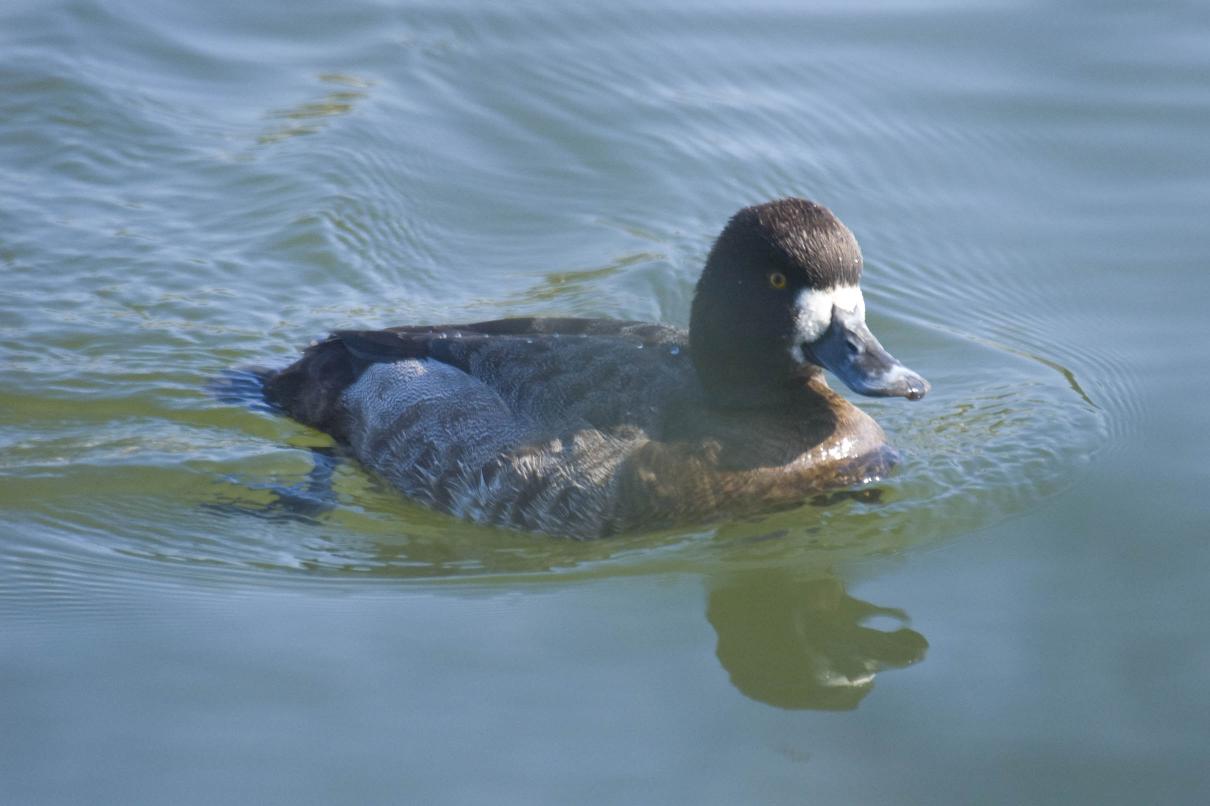 Here is the female lesser scaup. The mate of yesterday's male. (2008) Lake Merritt, Oakland, California • Photo Posted Saturday, March 1, 2008 • © 2008 Terry Costales 
#20080301.jpg Add a comment or report a mistake
|
|
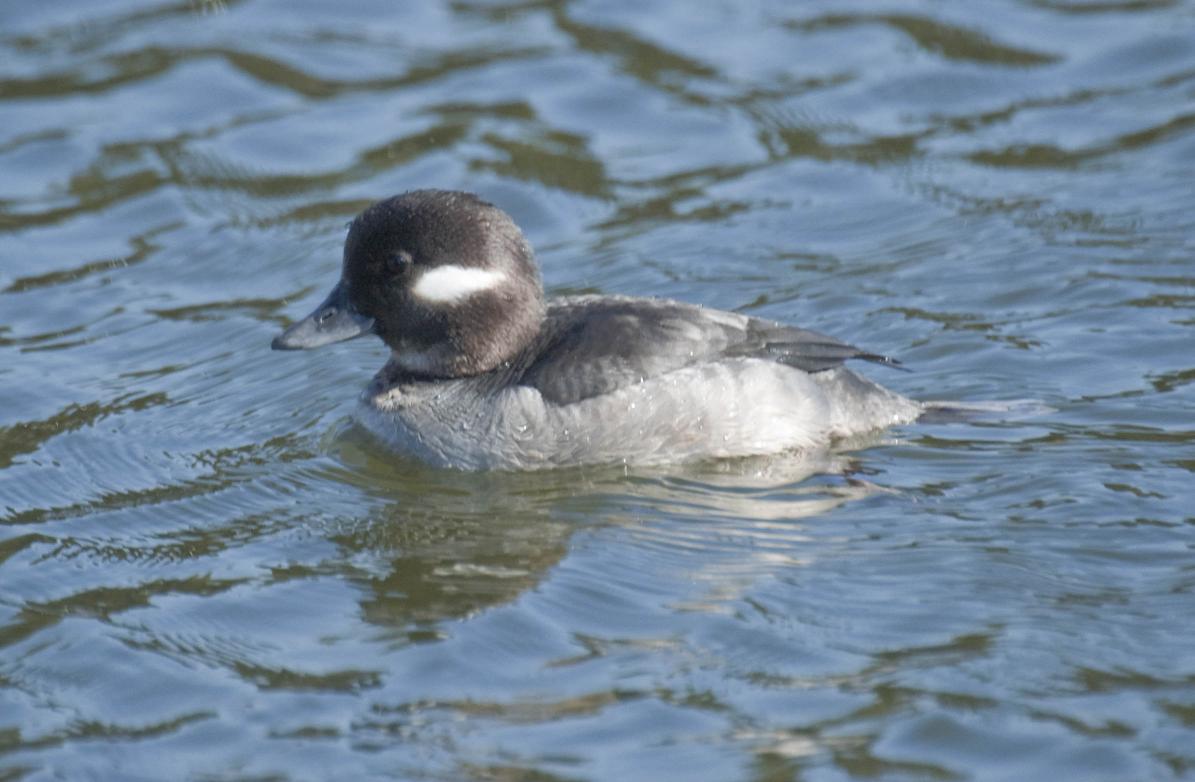 This is a photo of a female Bufflehead. She definitely has a quieter look than her handsome but flashy mate. 
#20080302.jpg Add a comment or report a mistake
|
|
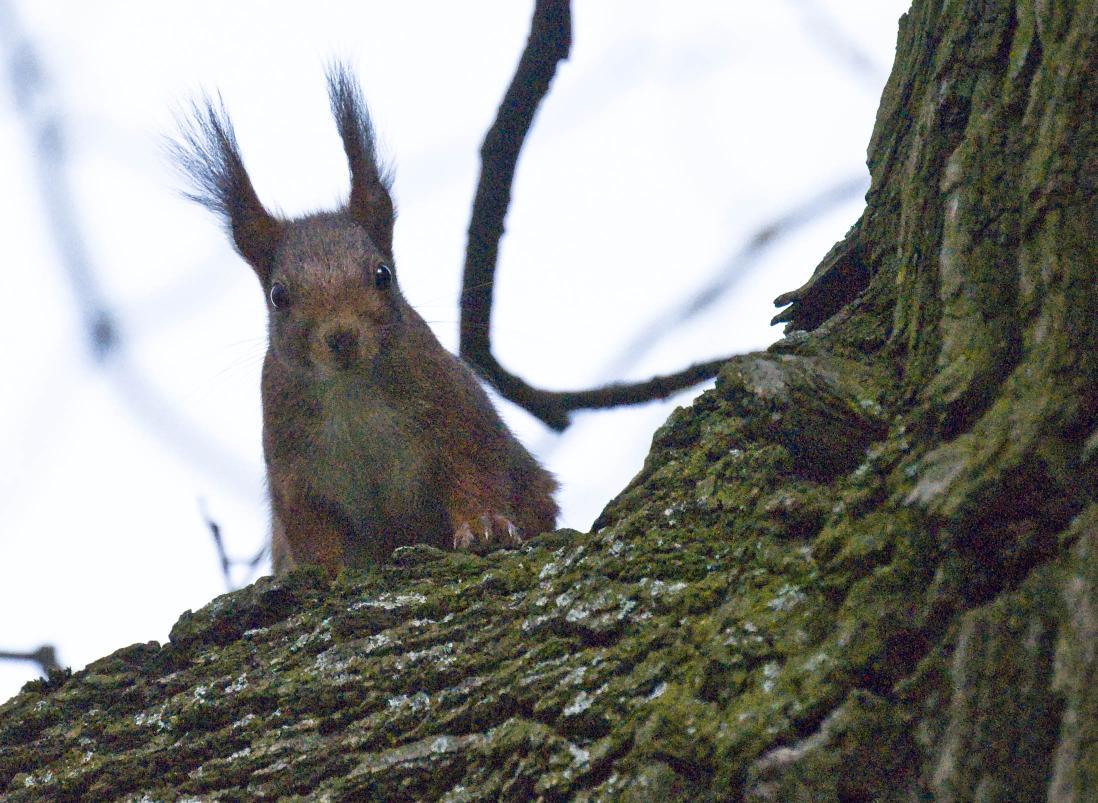 The red squirrels This shot was back lit and little more than a silhouette, but it was the only close-up I got. So I digitally adjusted it much more than I would normally. (2008) Karlsruhe, Germany • Photo Posted Friday, March 14, 2008 • © 2008 Terry Costales 
#20080314.jpg Add a comment or report a mistake
|
|
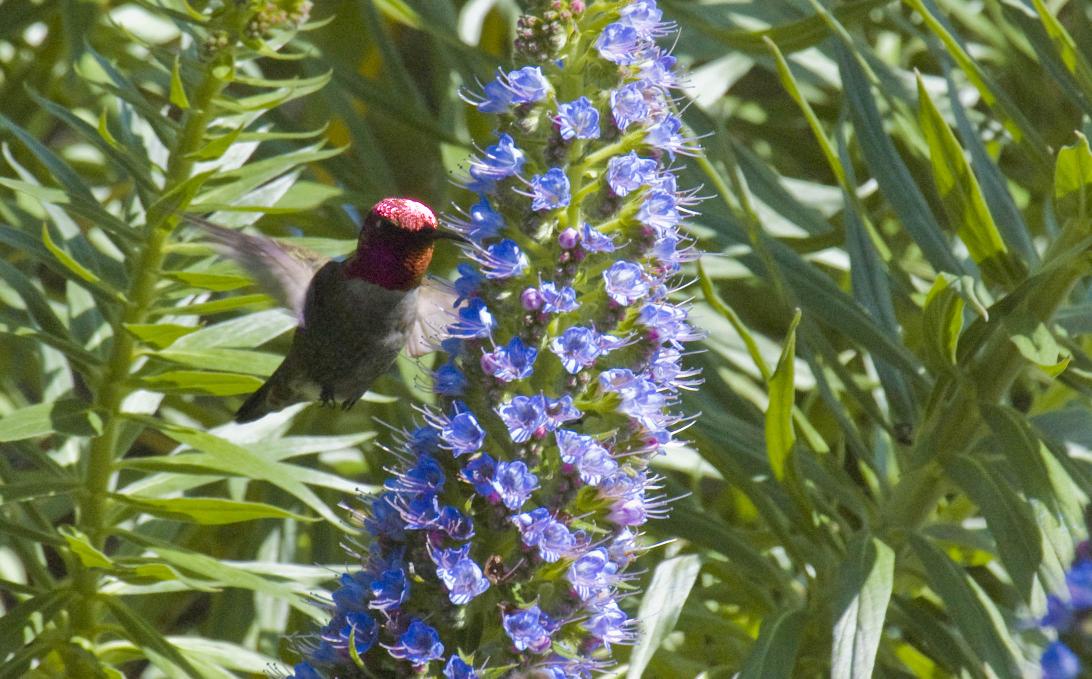 Yesterday in Palo Alto was chilly and grey for the most part. Fortunately the sun came out once in a while and highlighted this wonderful little bird 
#20080315.jpg Add a comment or report a mistake
|
|
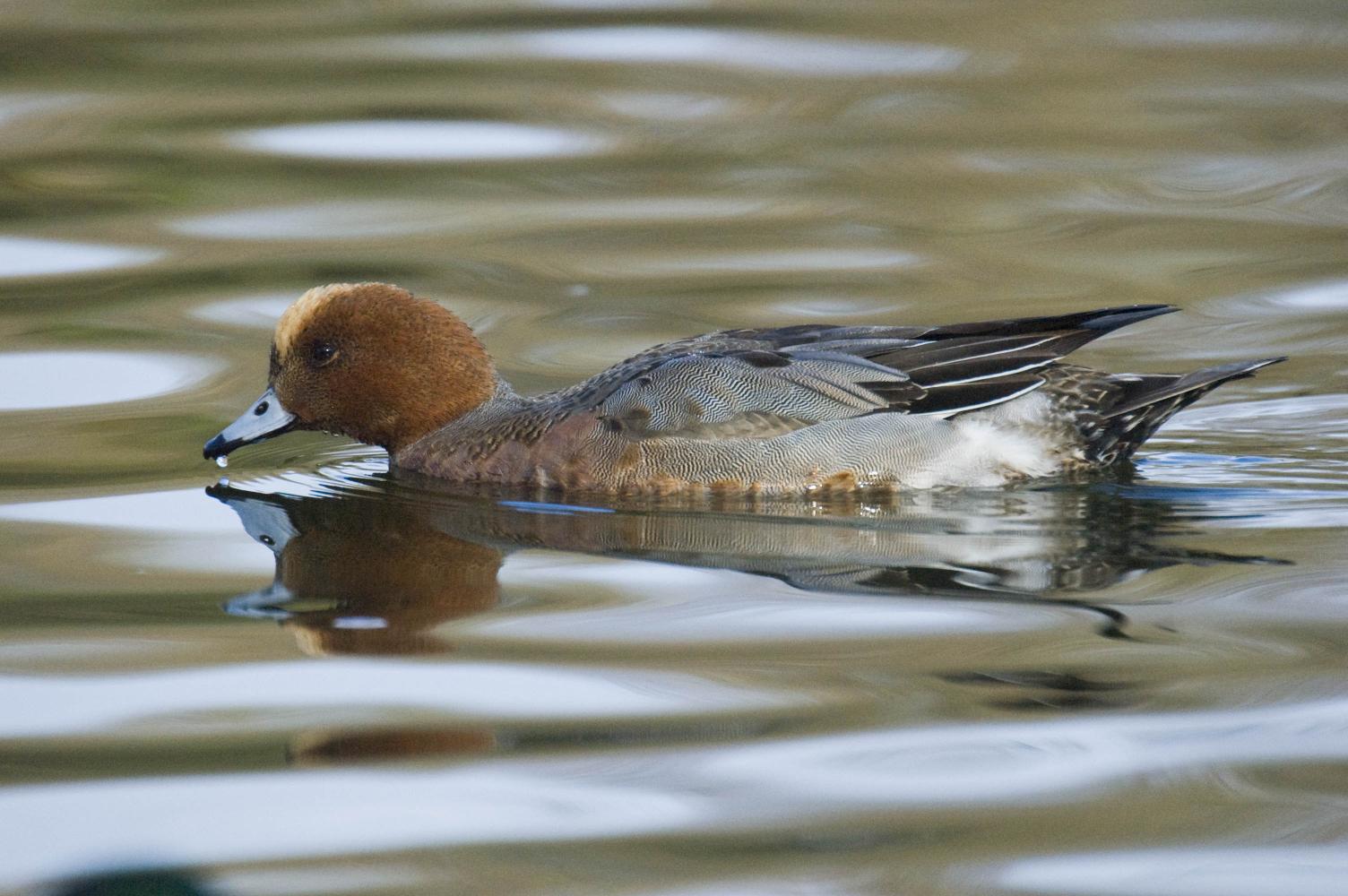 A very understated but beautiful duck. (2008) Karlsruhe, Germany • Photo Posted Sunday, March 16, 2008 • © 2008 Terry Costales 
#20080316.jpg Add a comment or report a mistake
|
|
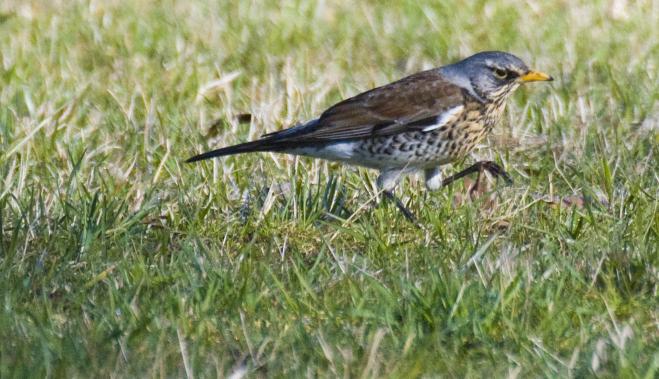 The Fieldfare According to Wikipedia the name comes from "feld-fere meaning "traveller through the fields", probably from their constantly moving, foraging habits." (2008) Stuttgart, Germany • Photo Posted Monday, March 17, 2008 • © 2008 Terry Costales 
#20080317.jpg Add a comment or report a mistake
|
|
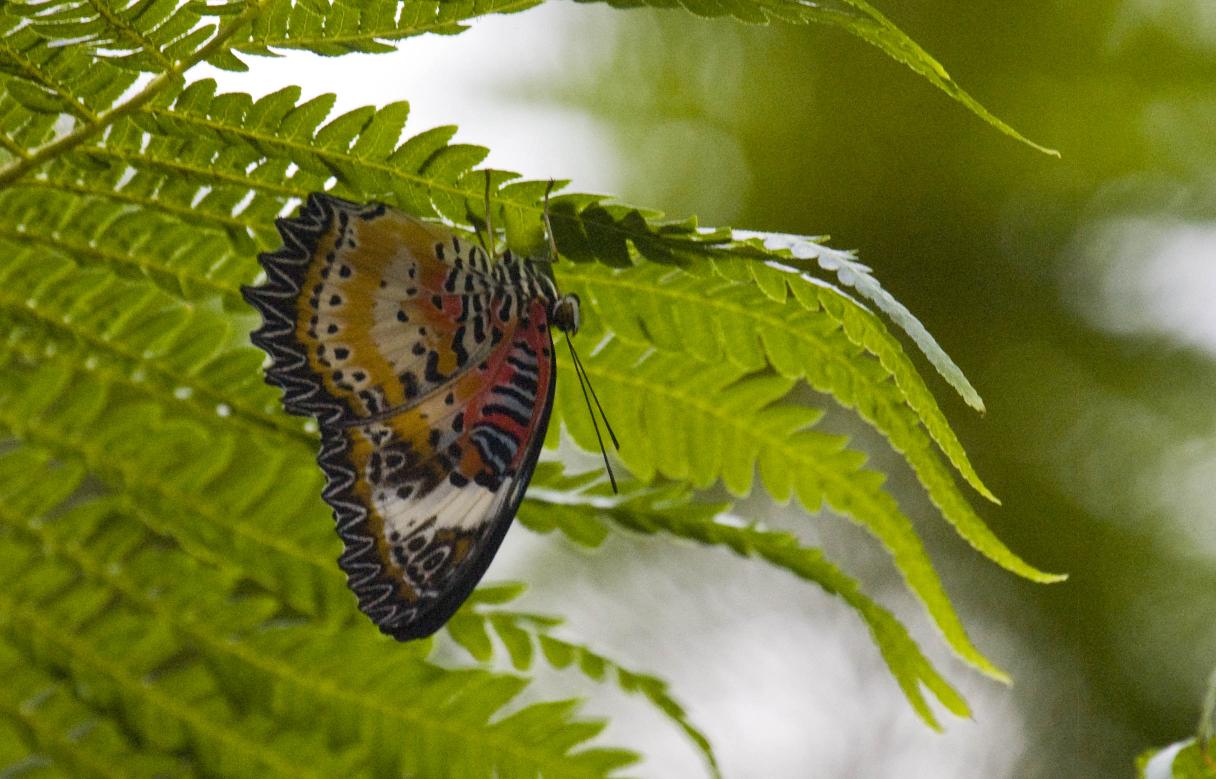 A rare opportunity to see and photograph these colorful creatures. Butterfly (2008) Zoo, Stuttgart, Germany • Photo Posted Tuesday, March 18, 2008 • © 2008 Terry Costales 
#20080318.jpg Add a comment or report a mistake
|
|
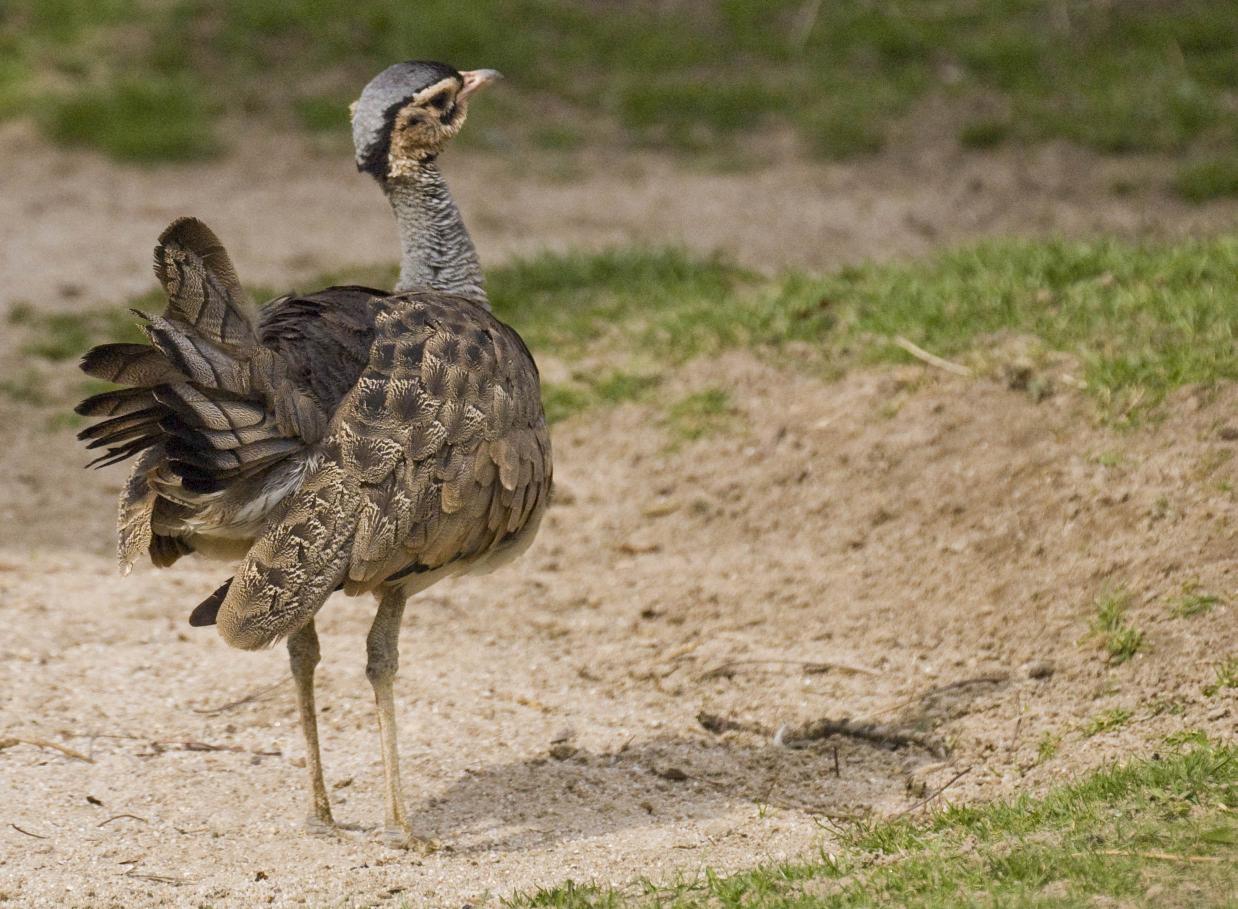 I was quite taken with this two foot tall, chicken-turkey-like bird. (2008) Stuttgart Zoo, Germany • Photo Posted Wednesday, March 19, 2008 • © 2008 Terry Costales 
#20080319.jpg Add a comment or report a mistake
|
|
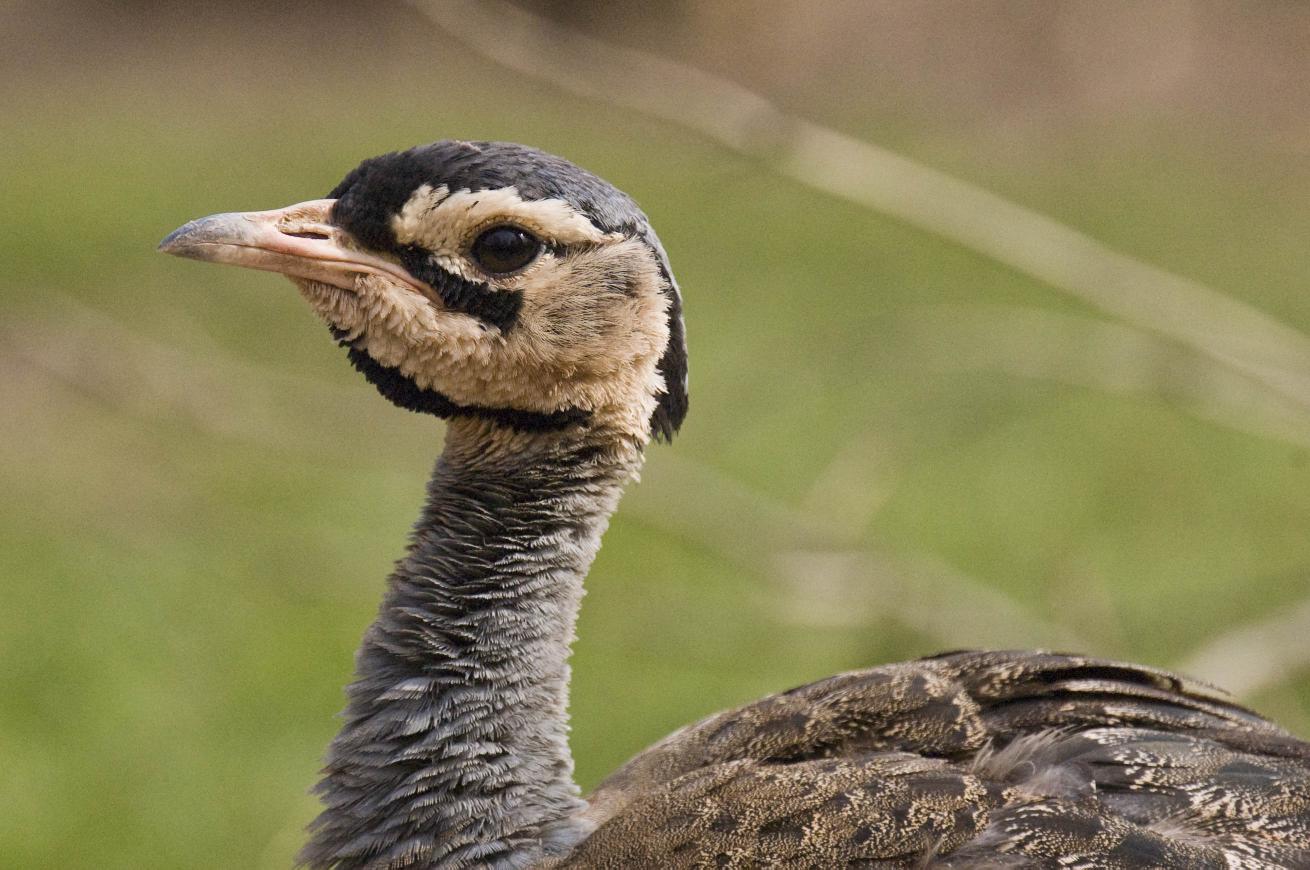 Here is a close up of yesterdays' subject. 
#20080320.jpg Add a comment or report a mistake
|
|
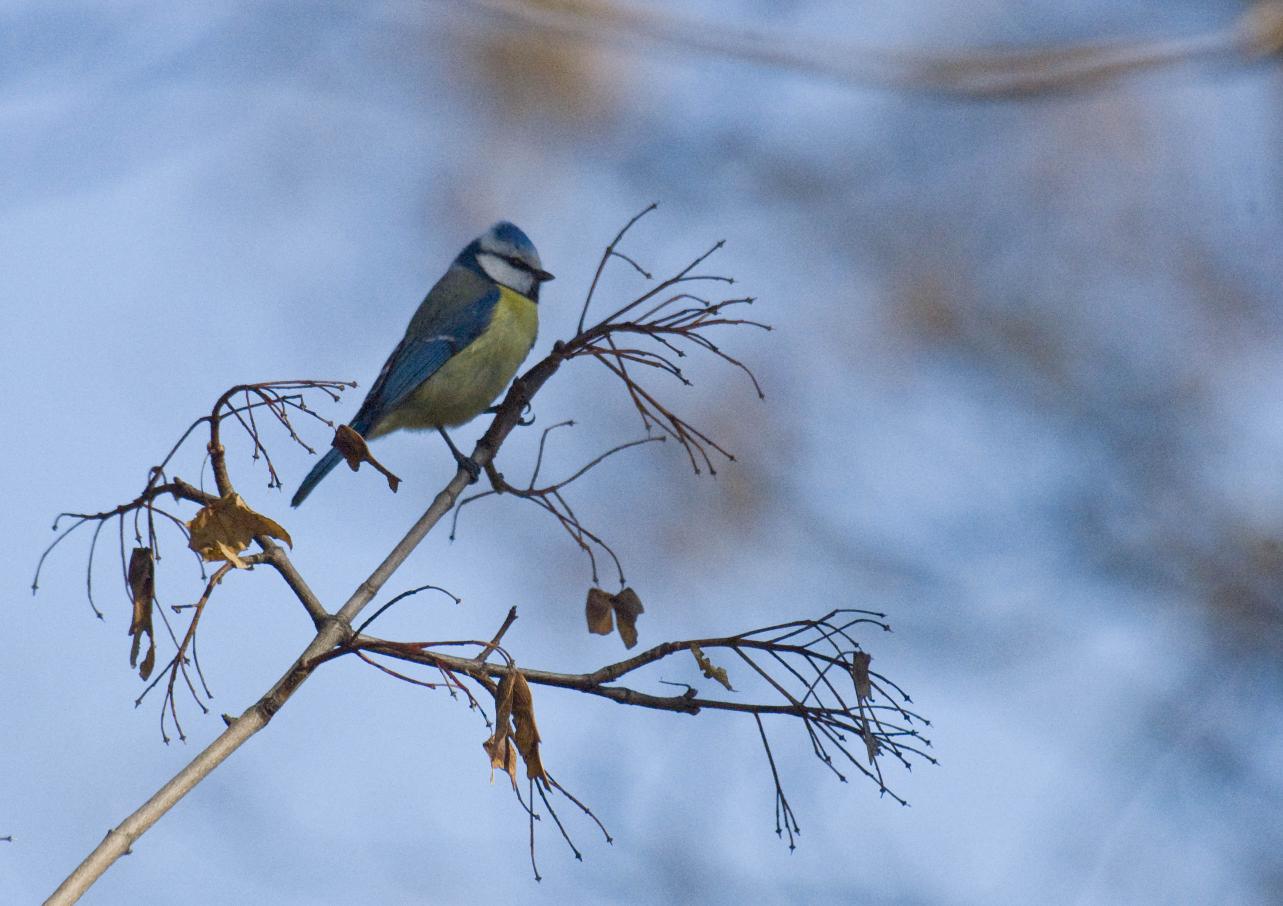 These little birds (2008) Karlsruhe, Germany • Photo Posted Friday, March 21, 2008 • © 2008 Terry Costales 
#20080321.jpg Add a comment or report a mistake
|
|
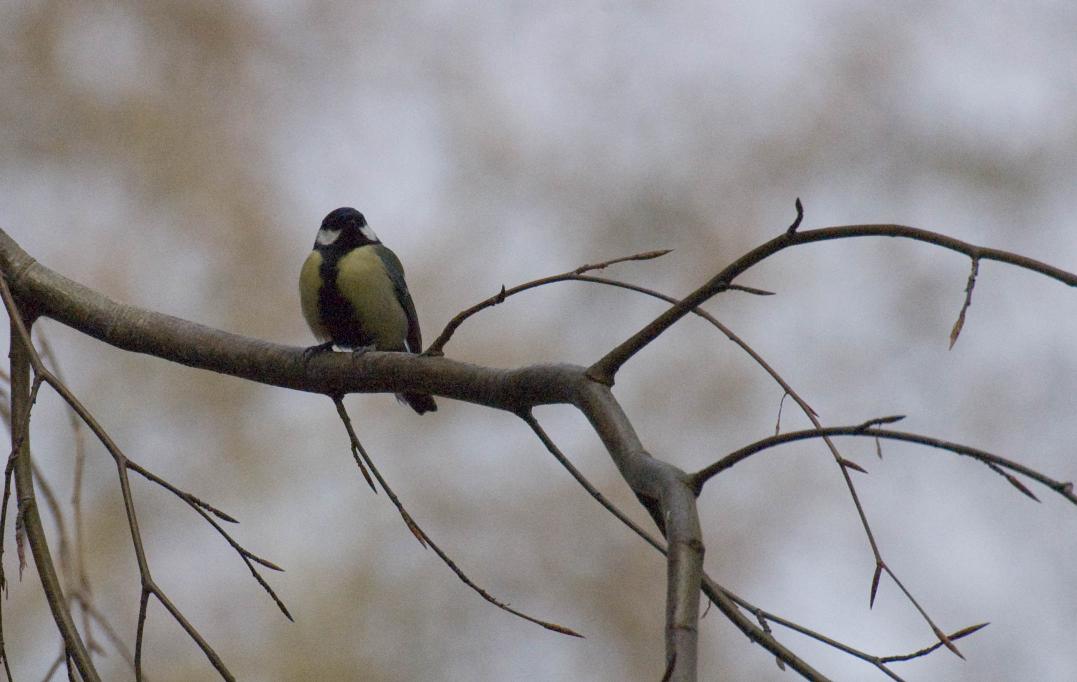 The Great Tit (2008) Karlsruhe, Germany • Photo Posted Saturday, March 22, 2008 • © 2008 Terry Costales 
#20080322.jpg Add a comment or report a mistake
|
|
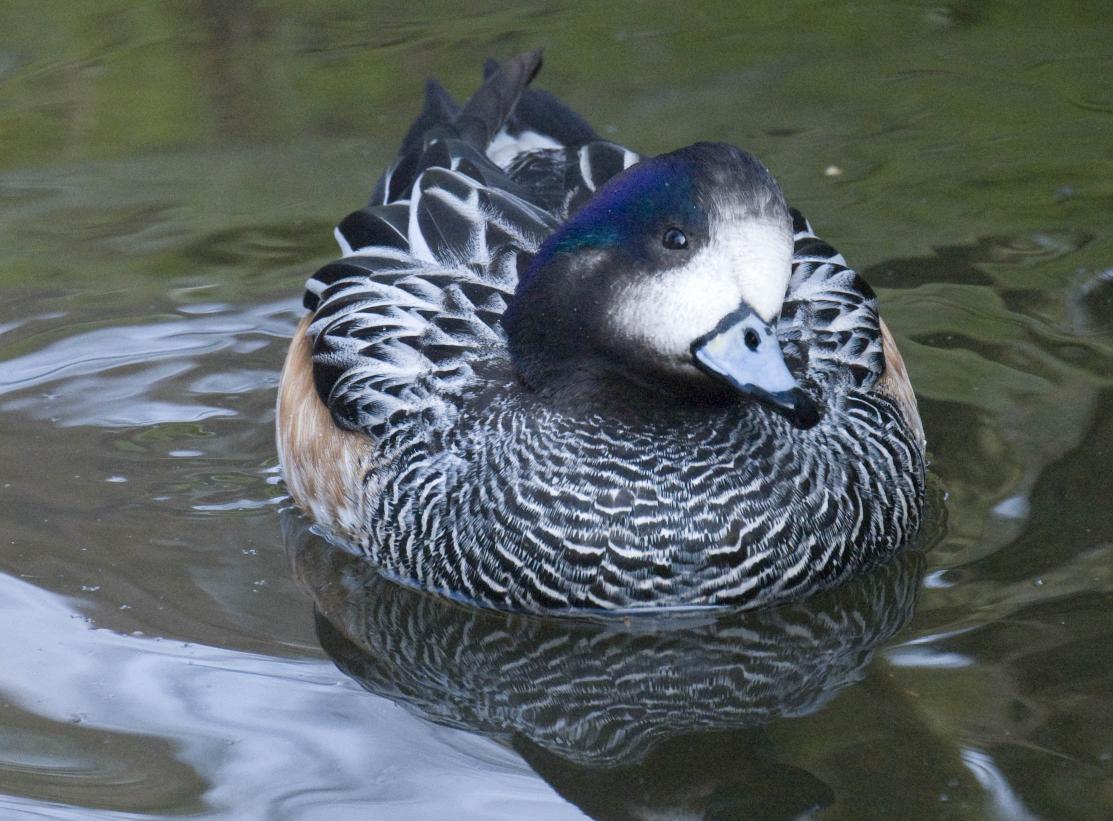 The Chiloe Wigeon (2008) Karlsruhe Zoo, Germany • Photo Posted Sunday, March 23, 2008 • © 2008 Terry Costales 
#20080323.jpg Add a comment or report a mistake
|
|
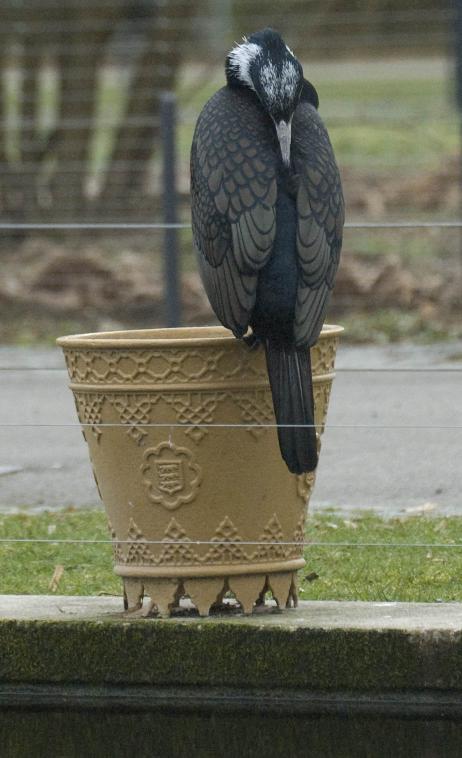 This bird is resting on an urn placed next to a reflecting pool inside the Stuttgart Zoo. It isn't caged and flew in on its own. I witnessed many herons, storks and cormorants (2008) Stuttgart, Germany • Photo Posted Monday, March 24, 2008 • © 2008 Terry Costales 
#20080324.jpg Add a comment or report a mistake
|
|
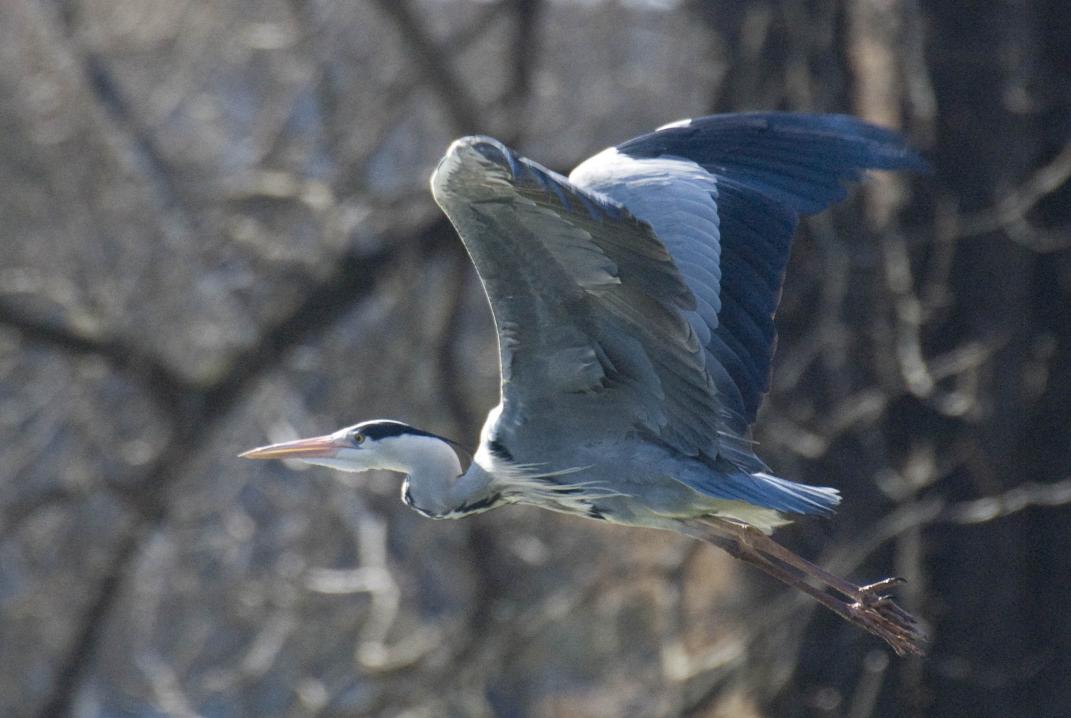 The Grey Heron When we got to the Zoo, we discovered dozens of them perched in the trees. Others were perched on buildings ledges, while several were already nesting. (2008) Stuttgart, Gemany • Photo Posted Tuesday, March 25, 2008 • © 2008 Terry Costales 
#20080325.jpg Add a comment or report a mistake
|
|
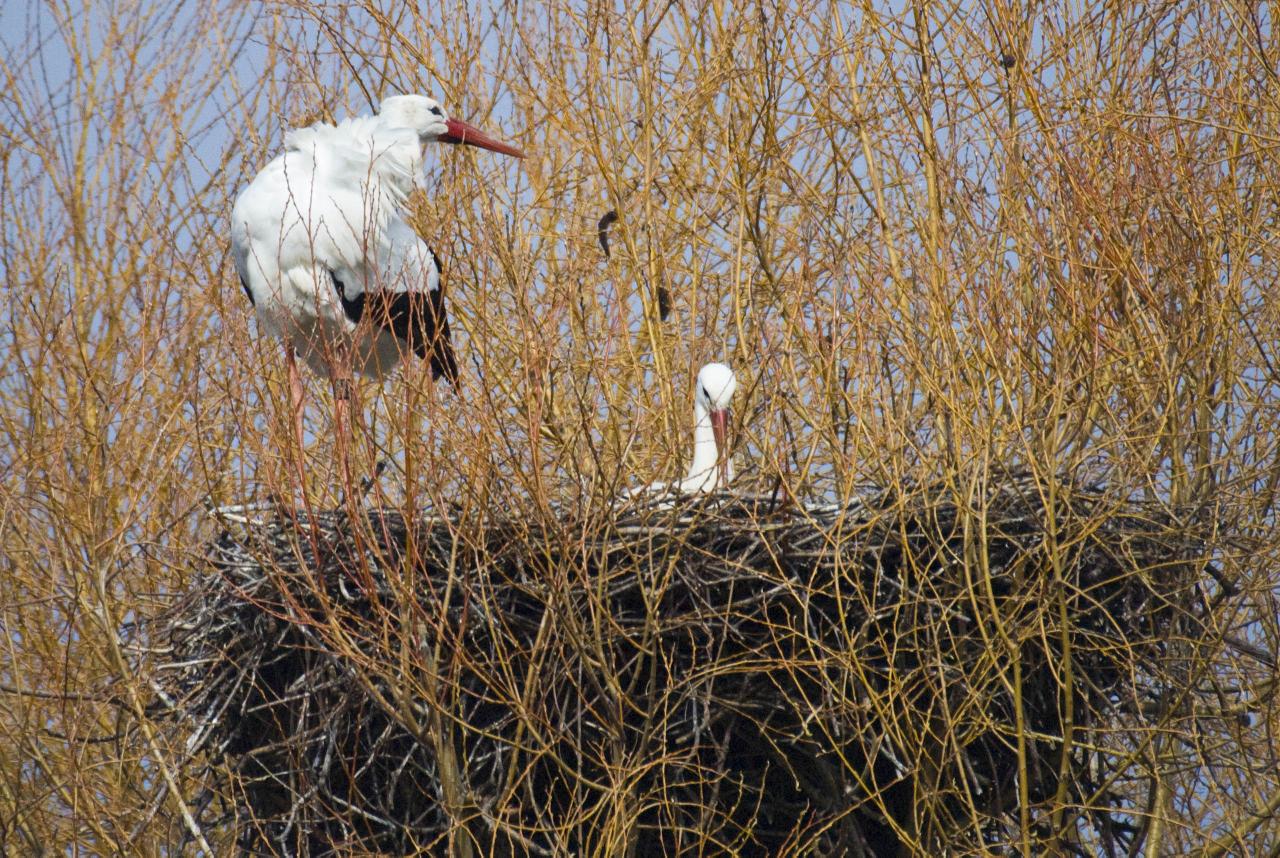 These storks (2008) Karlsruhe, Germany • Photo Posted Sunday, March 30, 2008 • © 2008 Terry Costales 
#20080330.jpg Add a comment or report a mistake
|
|
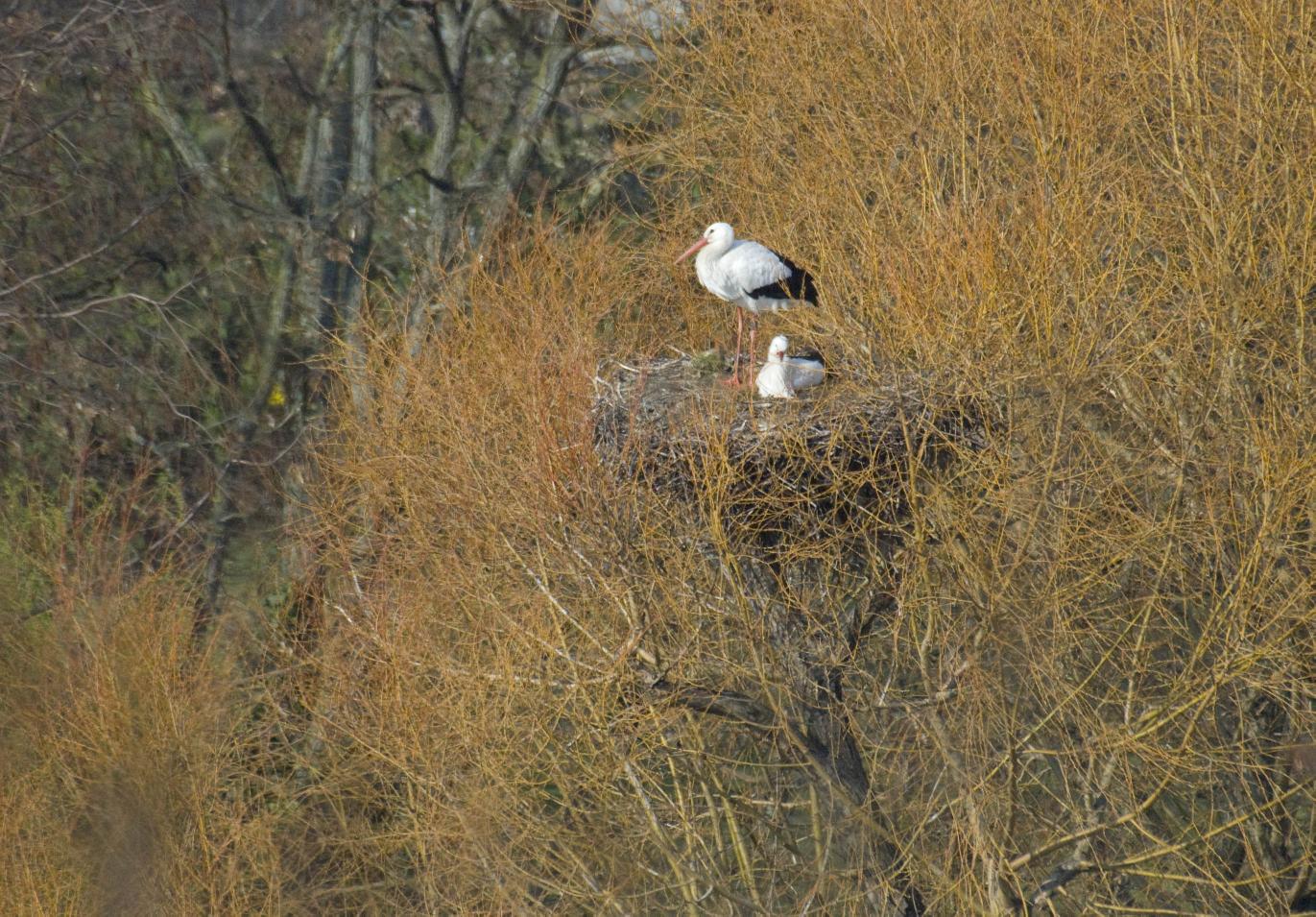 This photo was taken from high on the hill in the center of the zoo. It shows the storks nest (2008) Karlsruhe, Germany • Photo Posted Tuesday, April 1, 2008 • © 2008 Terry Costales 
#20080401.jpg Add a comment or report a mistake
|
|
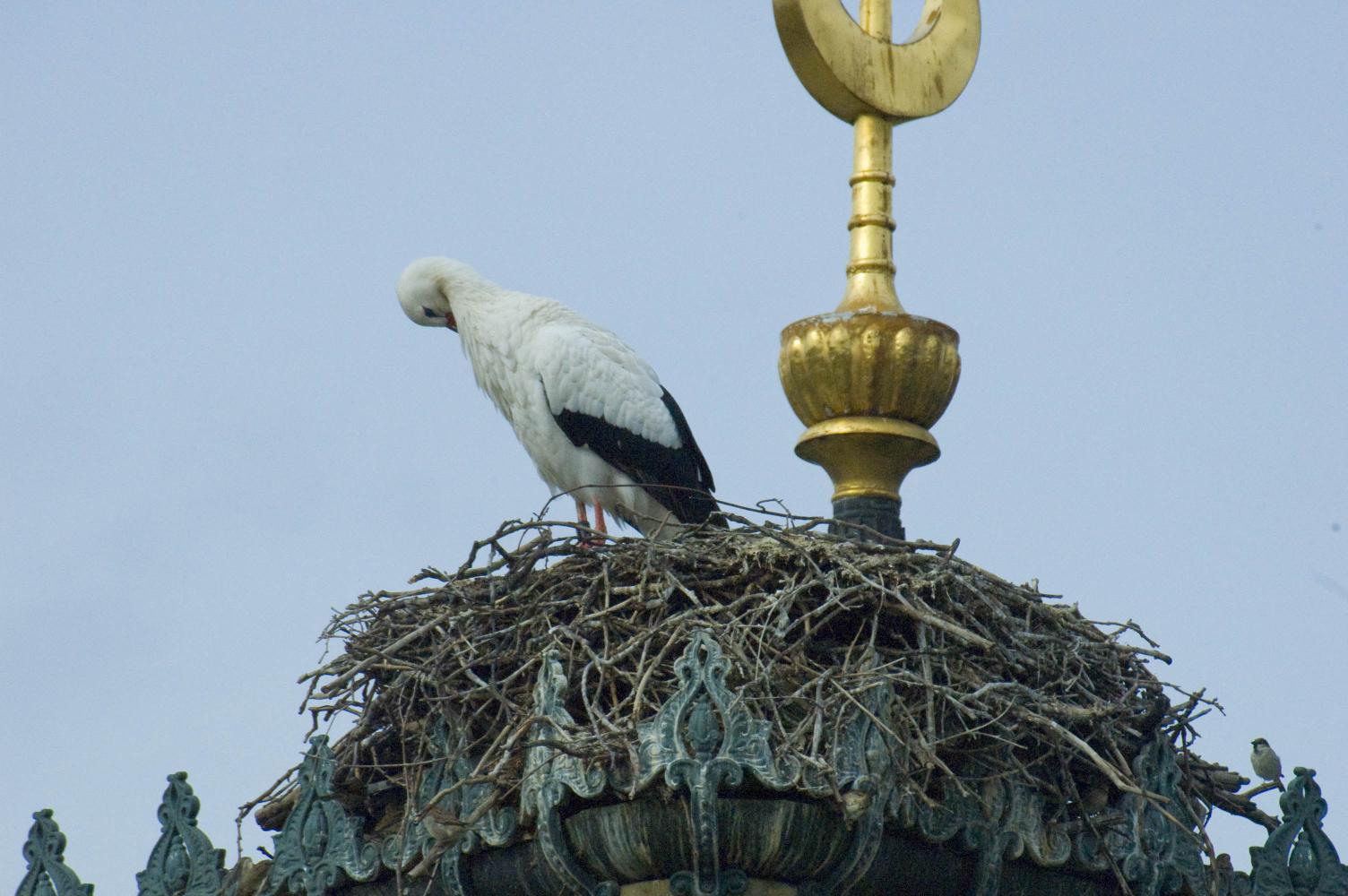 Yesterday's posting showed storks (2008) Stuttgart, Germany • Photo Posted Wednesday, April 2, 2008 • © 2008 Terry Costales 
#20080402.jpg Add a comment or report a mistake
|
|
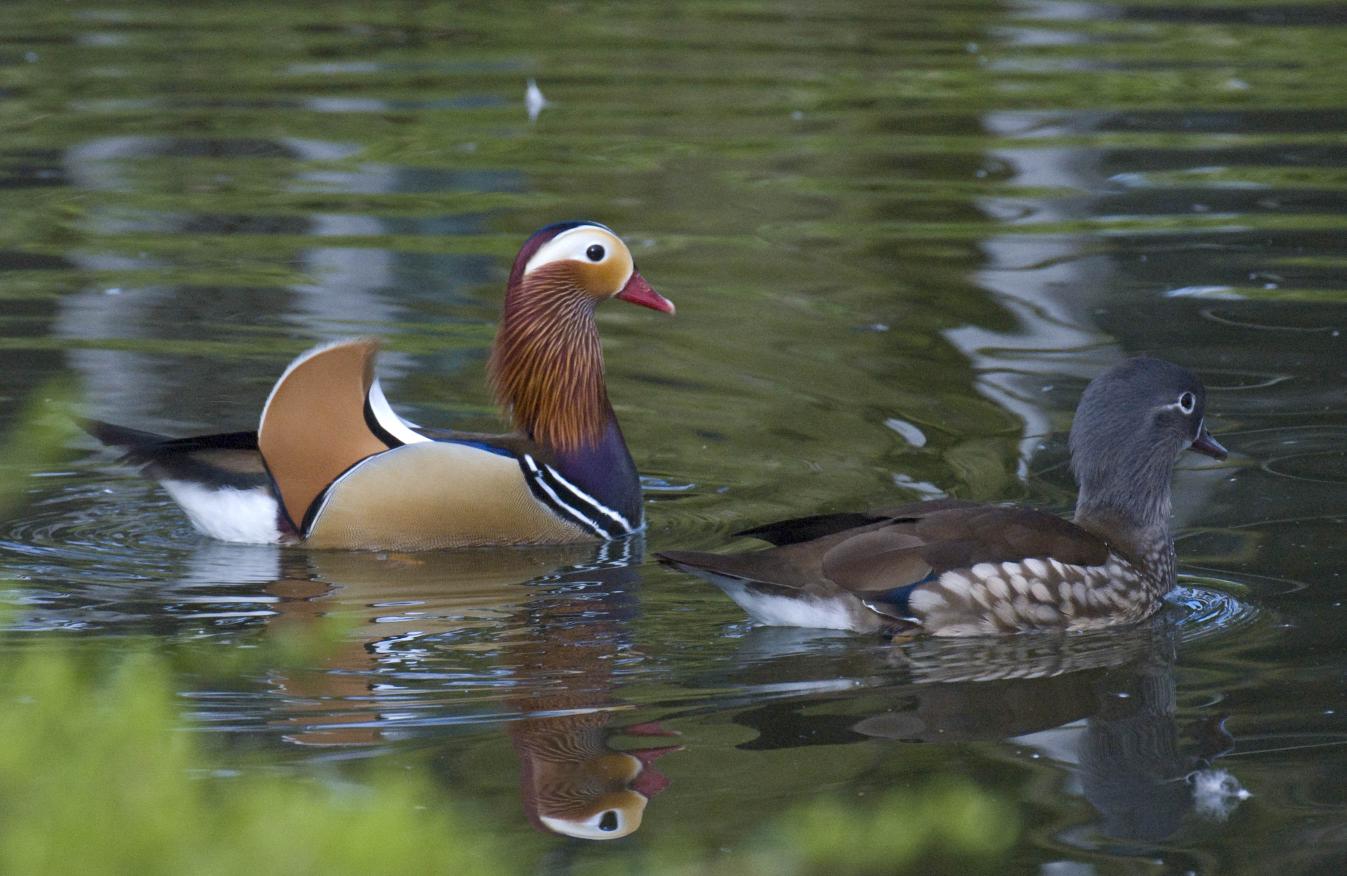 Mandarin ducks
(2008) Karlsruhe Zoo, Germany • Photo Posted Saturday, April 5, 2008 • © 2008 Terry Costales 
#20080405.jpg Add a comment or report a mistake
|
|
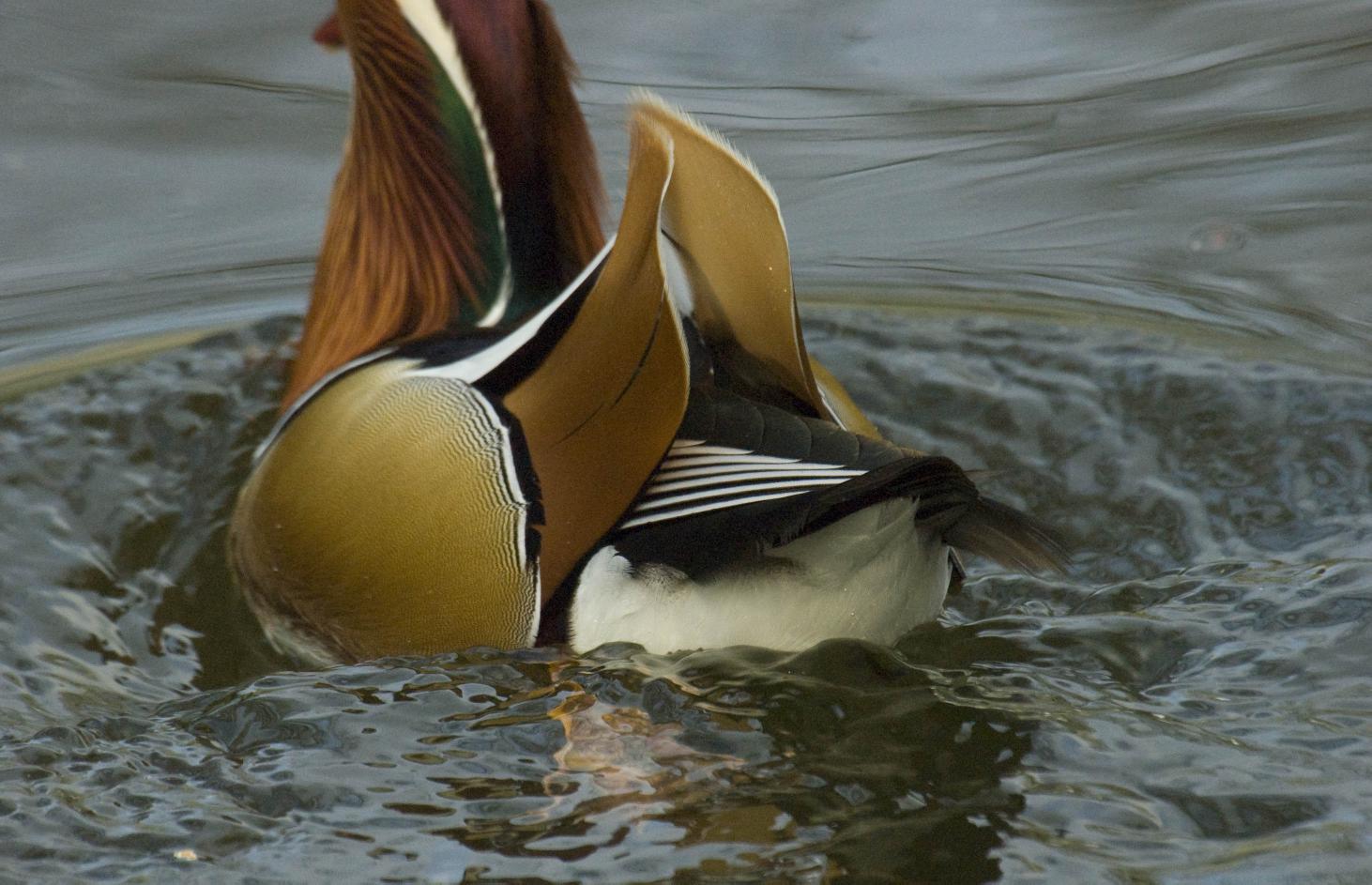 Here is a shot of the male from yesterday's posting (2008) Karlsruhe Zoo, Germany • Photo Posted Monday, April 7, 2008 • © 2008 Terry Costales 
#20080407.jpg Add a comment or report a mistake
|
|
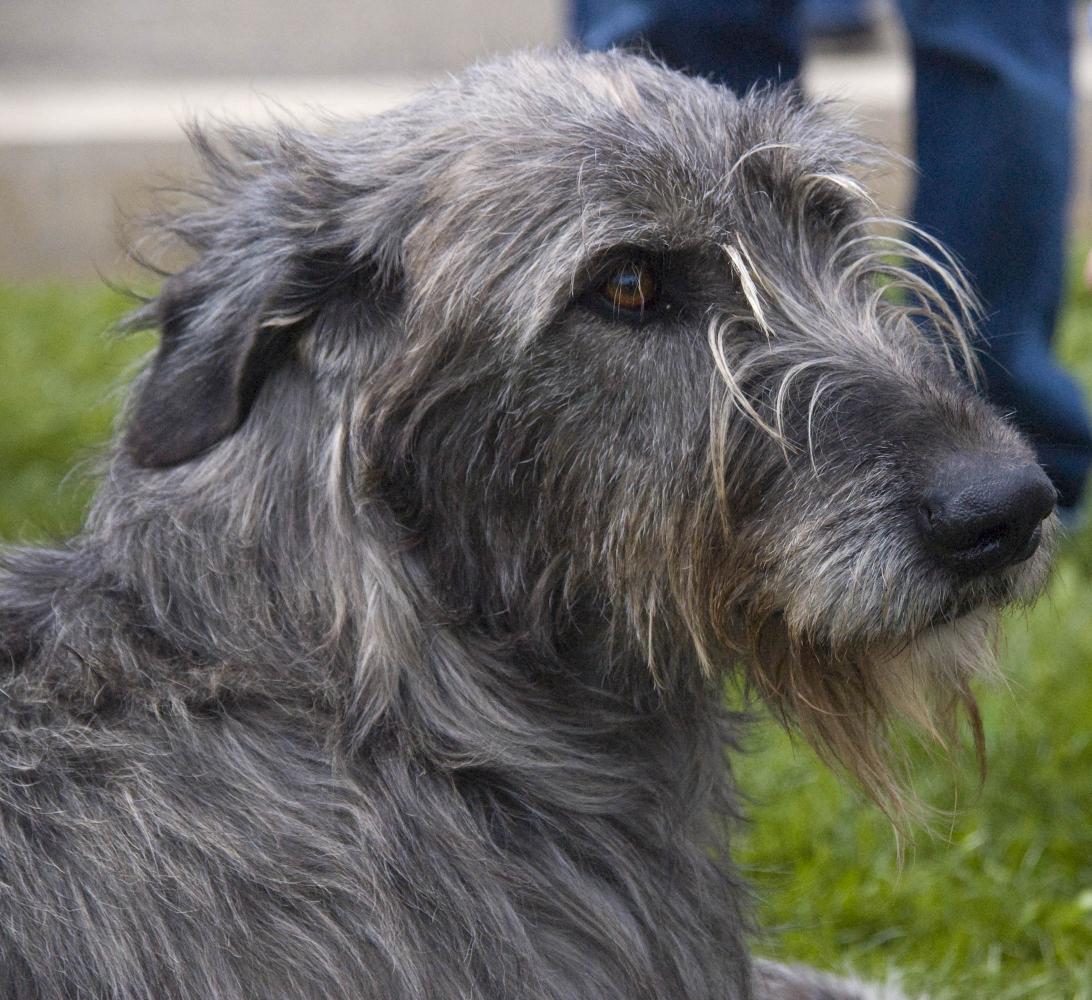 The Irish Wolfhound (2008) San Francisco, California • Photo Posted Thursday, April 10, 2008 • © 2008 Terry Costales 
#20080410.jpg Add a comment or report a mistake
|
|
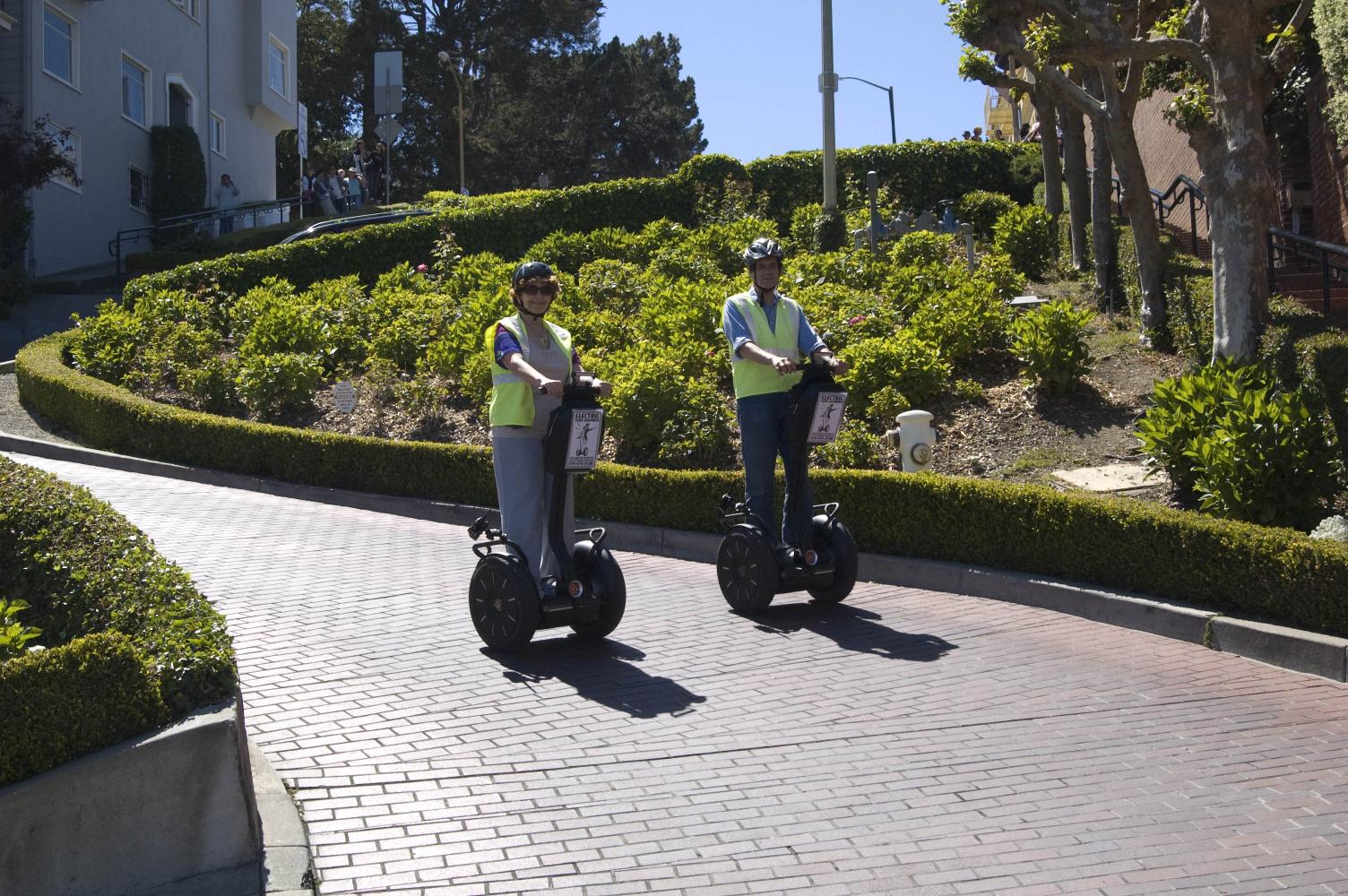 Amazing!! What a thrill!! Segways rock! (2008) Lombard Street, San Francisco, CA • Photo Posted Thursday, May 1, 2008 • © 2008 Terry Costales 
#20080501.jpg Add a comment or report a mistake
|
|
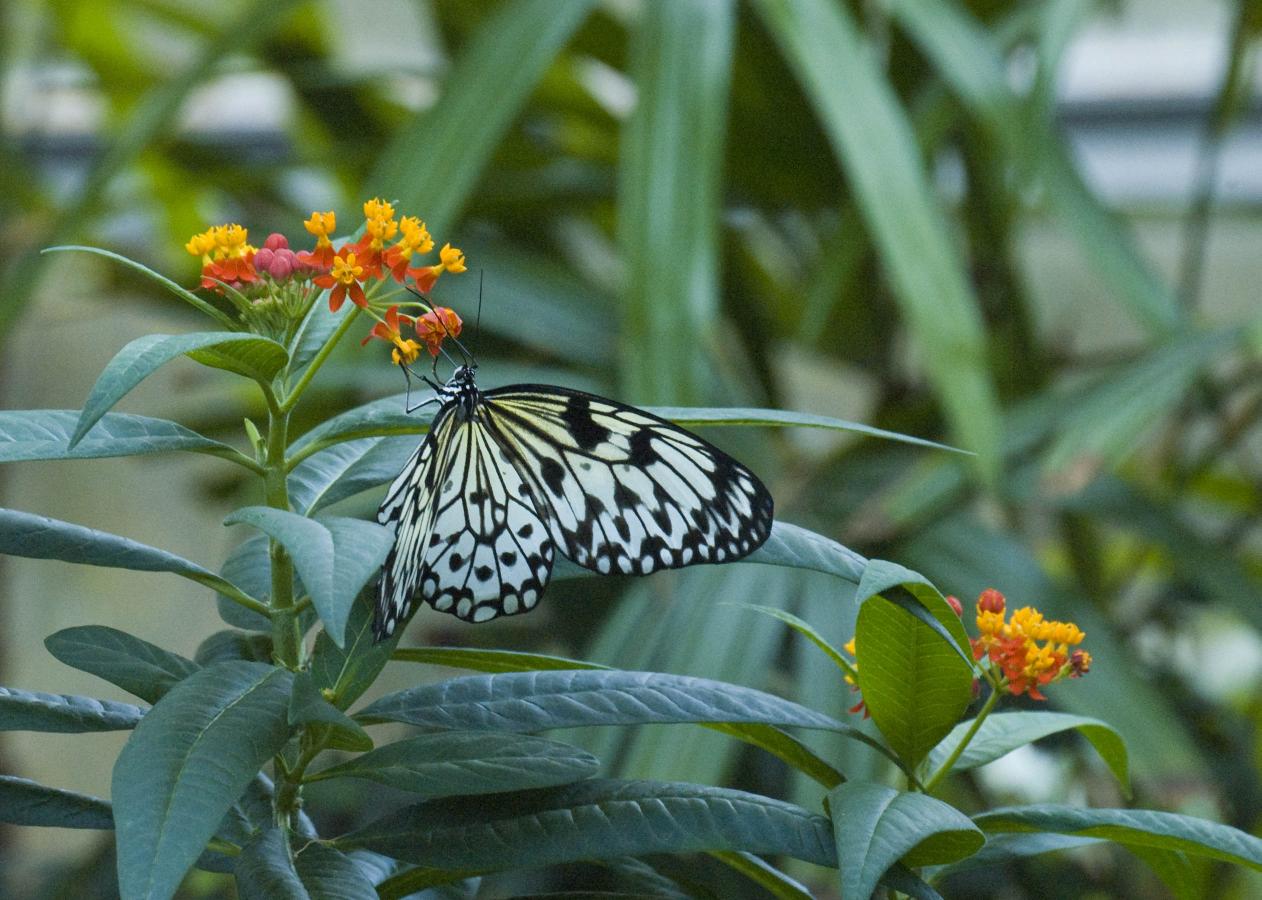 The Hall of Butterflies (Schmetterlingshalle) (2008) Wilhema Zoo, Stuttgart, Germany • Photo Posted Friday, May 2, 2008 • © 2008 Terry Costales 
#20080502.jpg Add a comment or report a mistake
|
|
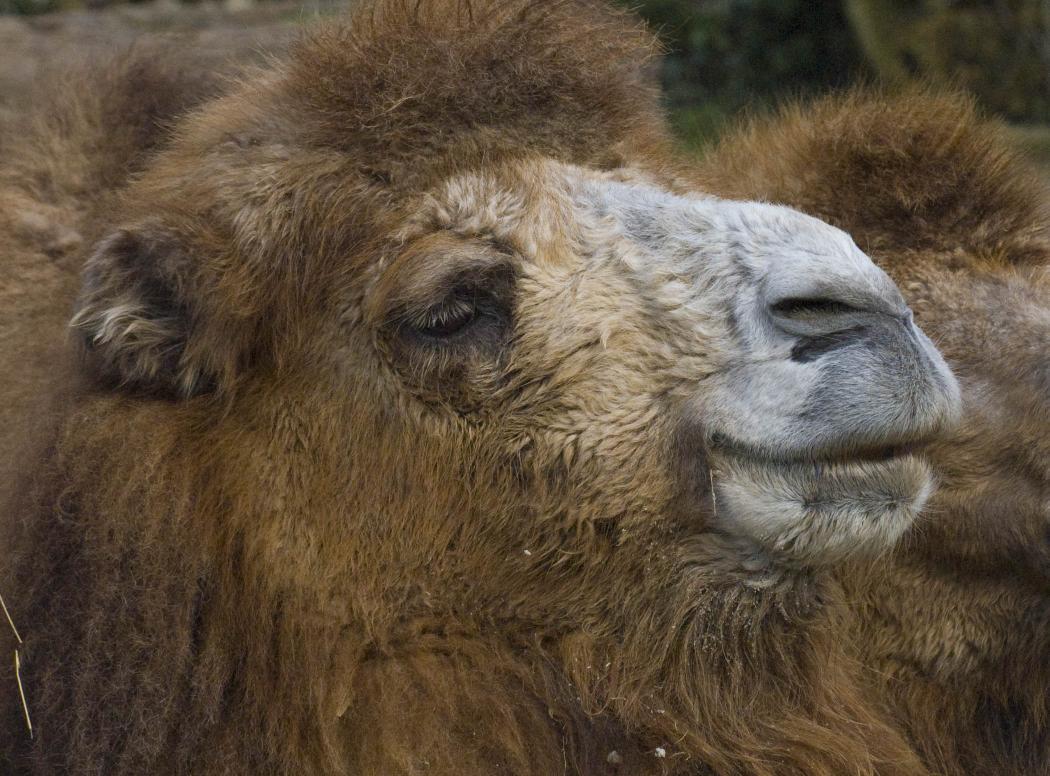 This is a beautiful female camel. (2008) Wilhelma Zoo, Stuttgart, Germany • Photo Posted Saturday, May 3, 2008 • © 2008 Terry Costales 
#20080503.jpg Add a comment or report a mistake
|
|
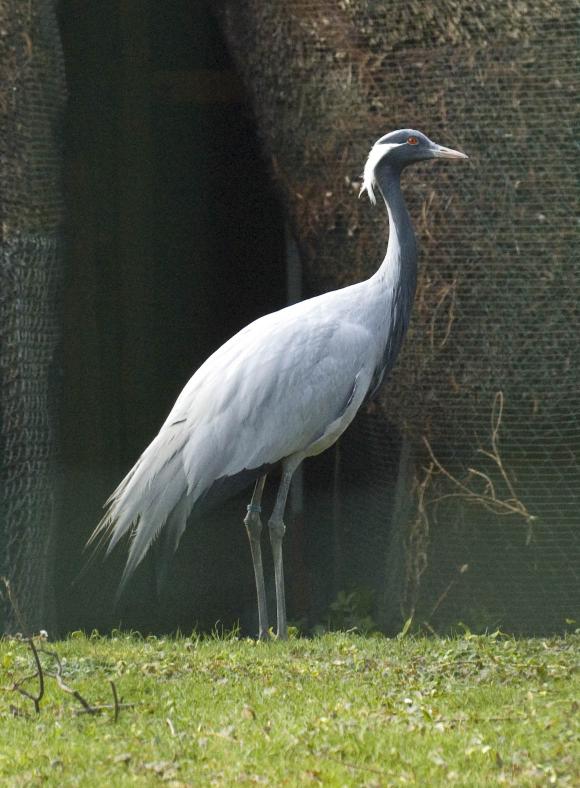 Although a large and very stately bird, this is actually the smallest variety of crane. (2008) Karlsruhe Zoo, Germany • Photo Posted Sunday, May 4, 2008 • © 2008 Terry Costales 
#20080504.jpg Add a comment or report a mistake
|
|
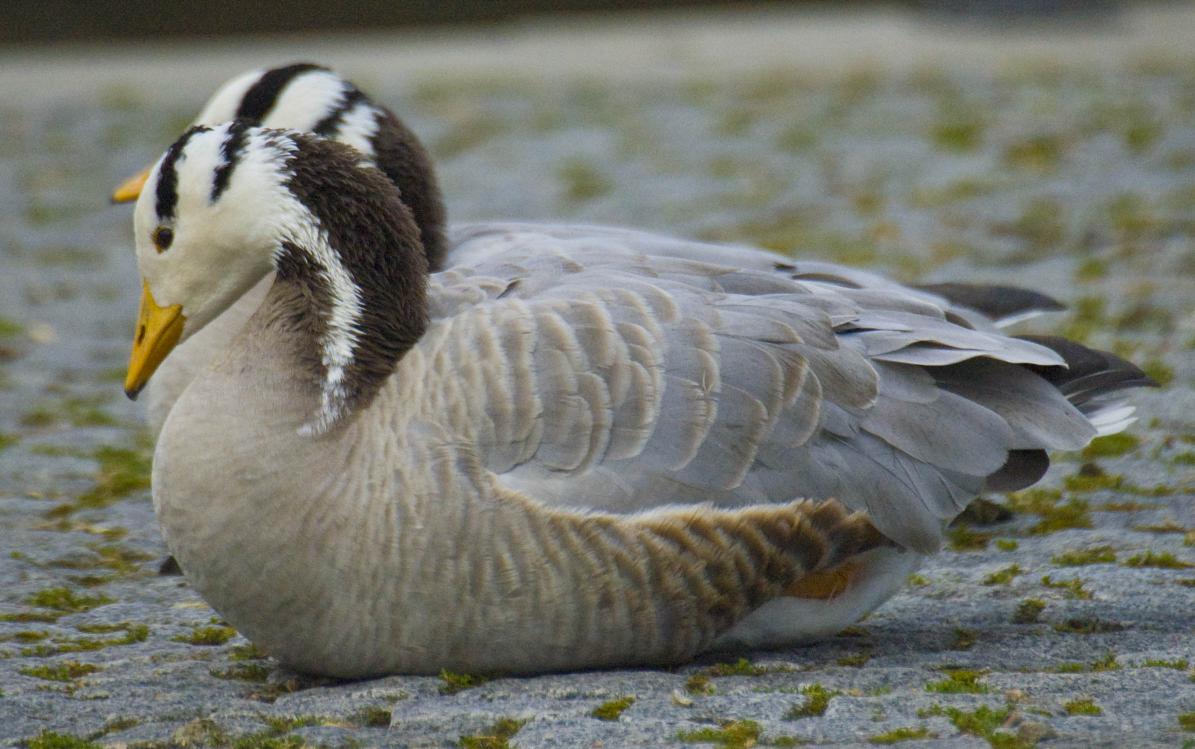 There is a small flock of these beautiful geese 
#20080510.jpg Add a comment or report a mistake
|
|
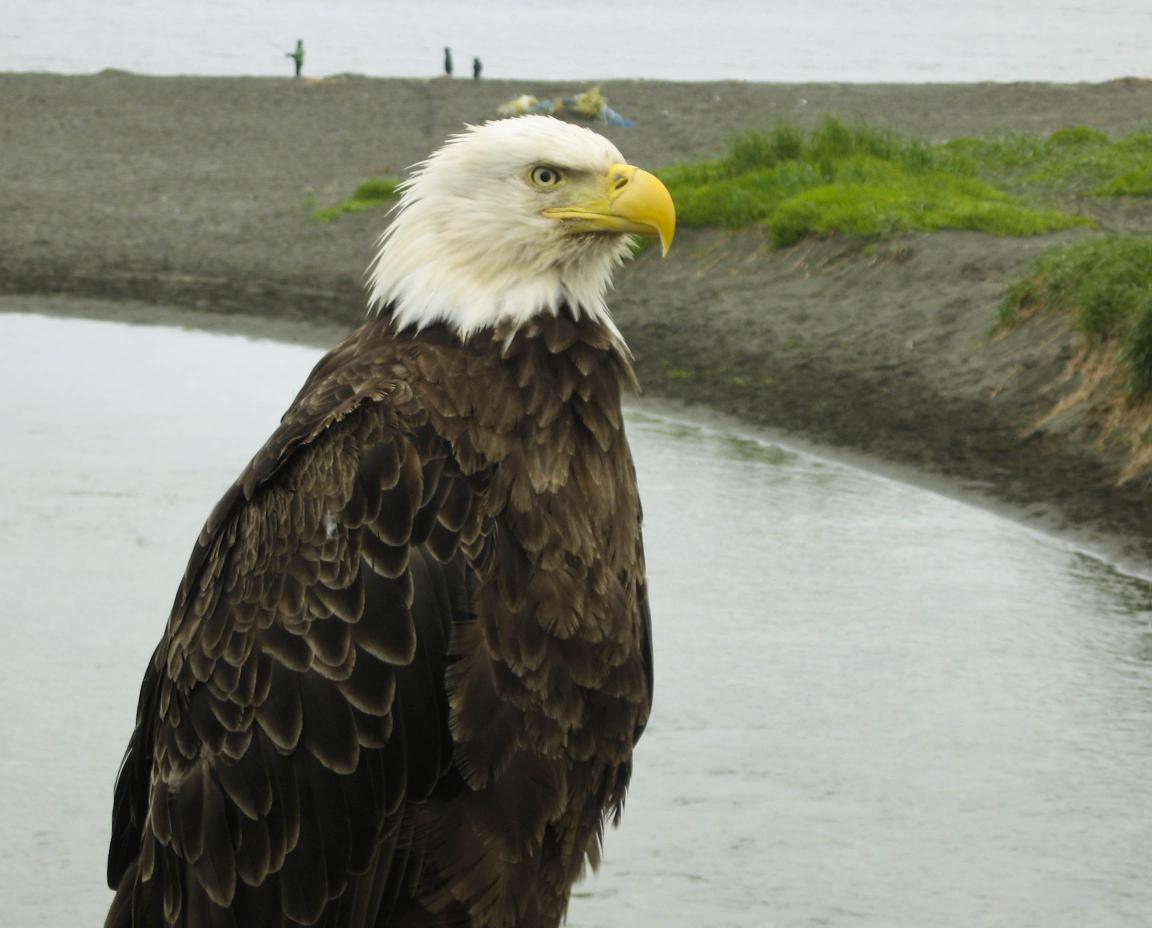 Bald Eagles Bald comes from the Old English "pie-bald", which means partially white. (2008) Unalaska, Aleutian Islands, Alaska • Photo Posted Saturday, May 17, 2008 • © 2008 Denver Welte 
#20080517.jpg Add a comment or report a mistake
|
|
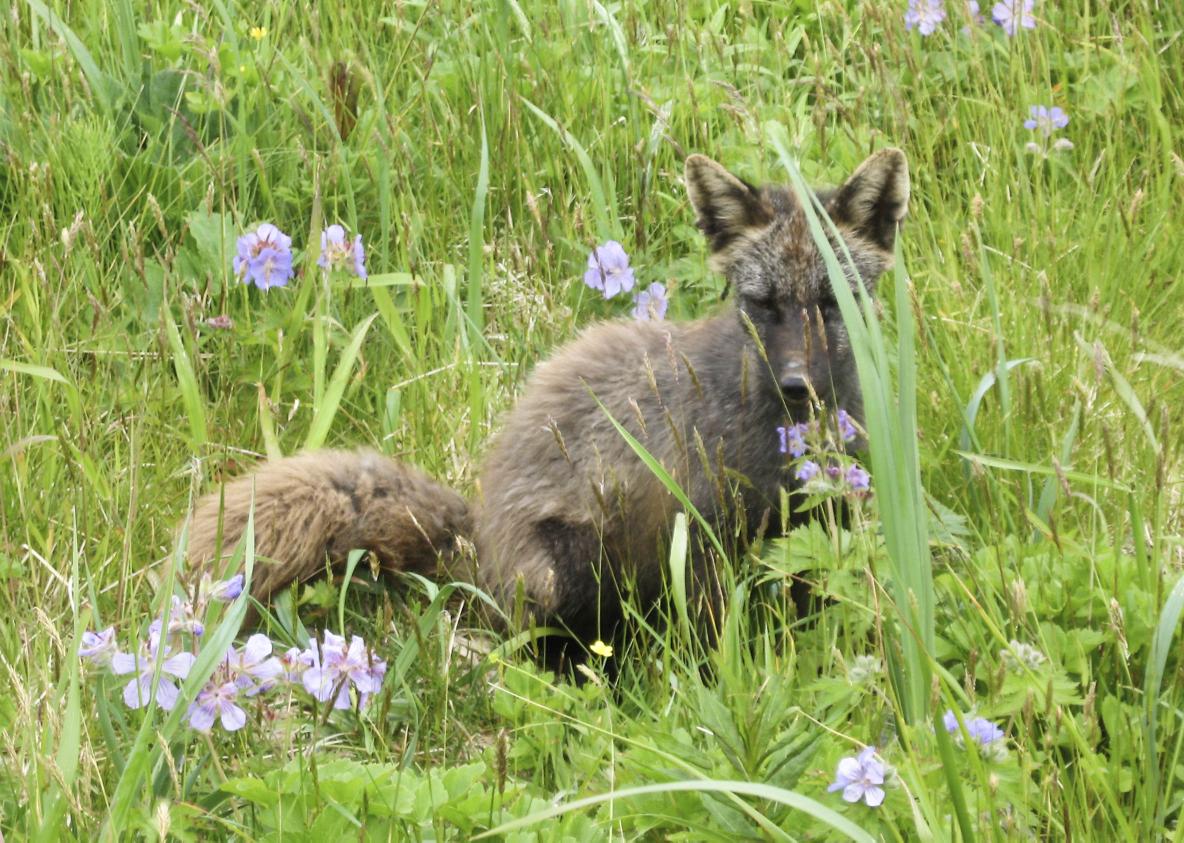 Taken July 2007, this photo shows the summer coloring of the Arctic Fox. (2008) Unalasaka, 
#20080518.jpg Add a comment or report a mistake
|
|
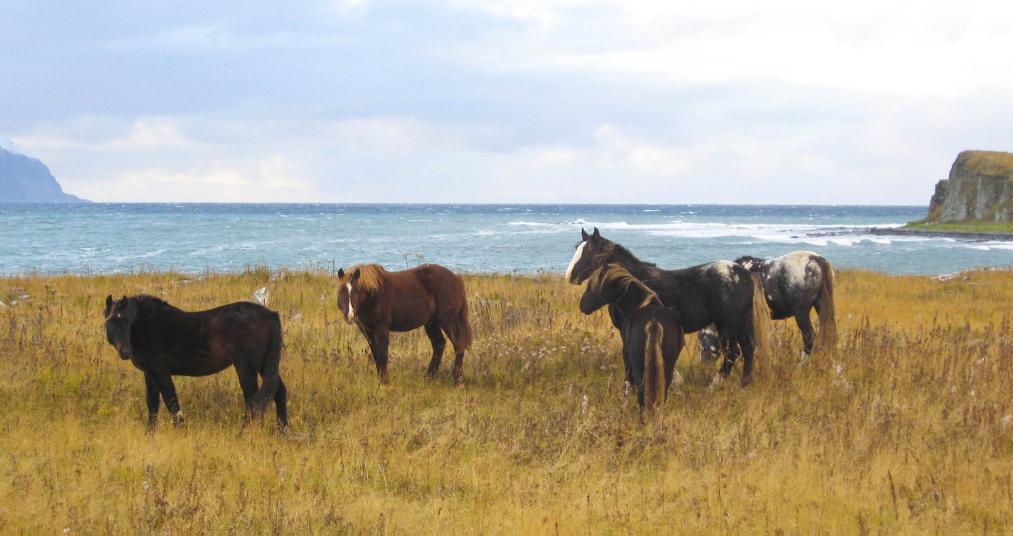 Part of the small herd of wild horses (2008) Unalaska, Aleutian Islands, Alaska • Photo Posted Friday, May 23, 2008 • © 2008 Denver Welte 
#20080523.jpg Add a comment or report a mistake
|
|
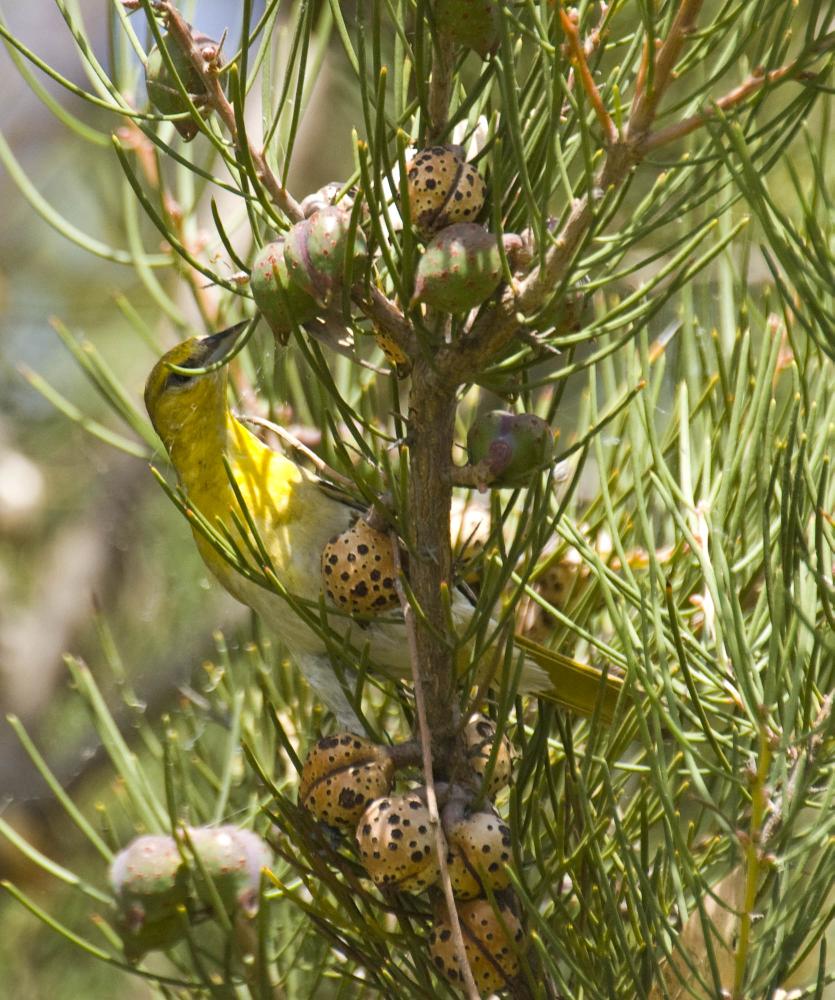 I observed this female oriole (2008) Baylands Preserve, Palo Alto, California • Photo Posted Monday, May 26, 2008 • © 2008 Terry Costales 
#20080526.jpg Add a comment or report a mistake
|
|
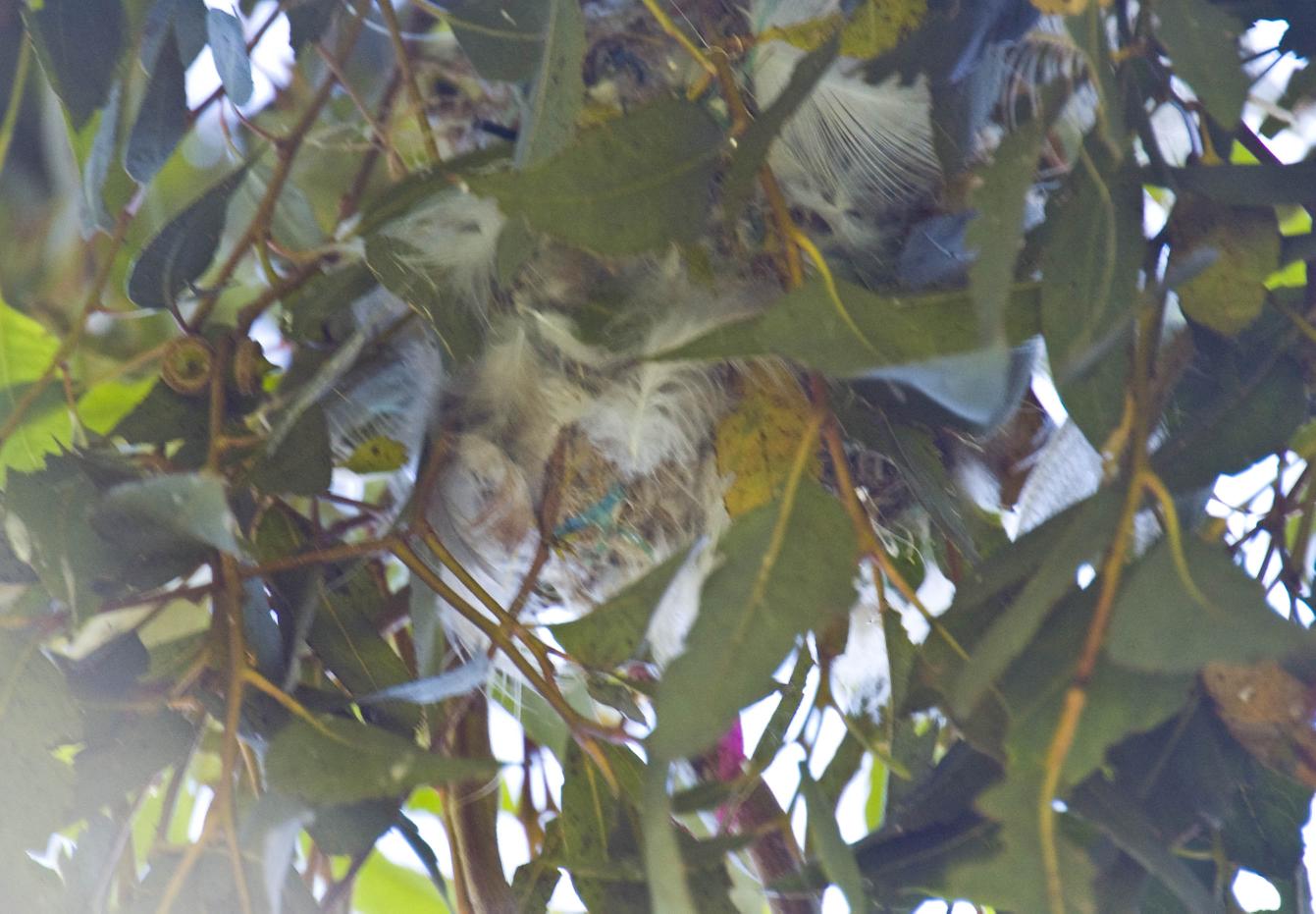 This is the nest I referred to in my last blog. (2008) Baylands Preserve, Palo Alto, California • Photo Posted Wednesday, May 28, 2008 • © 2008 Terry Costales 
#20080528.jpg Add a comment or report a mistake
|
|
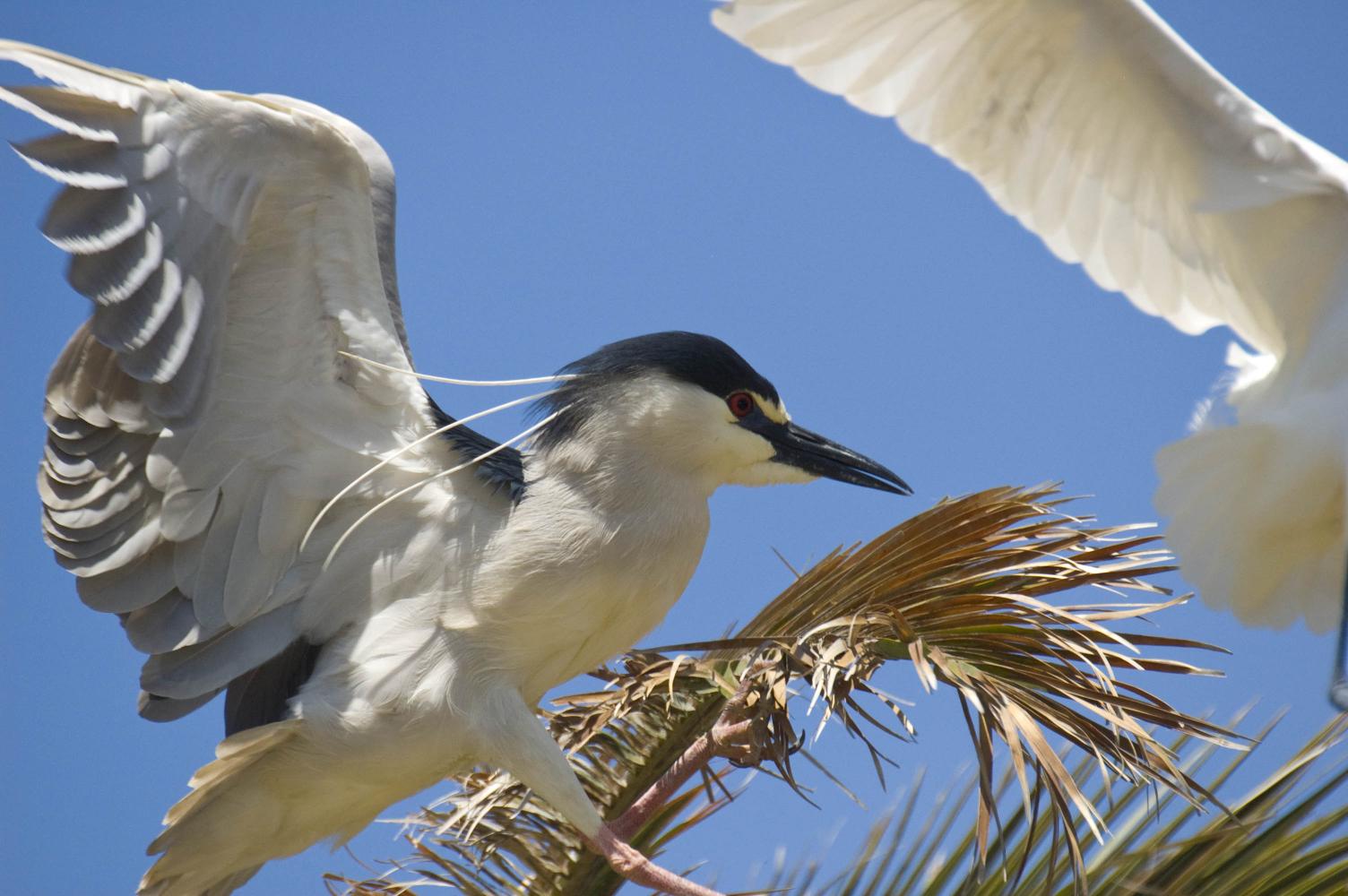 It's breeding season again for the Night Herons (2008) Baylands Preserve, Palo Alto, California • Photo Posted Thursday, May 29, 2008 • © 2008 Terry Costales 
#20080529.jpg Add a comment or report a mistake
|
|
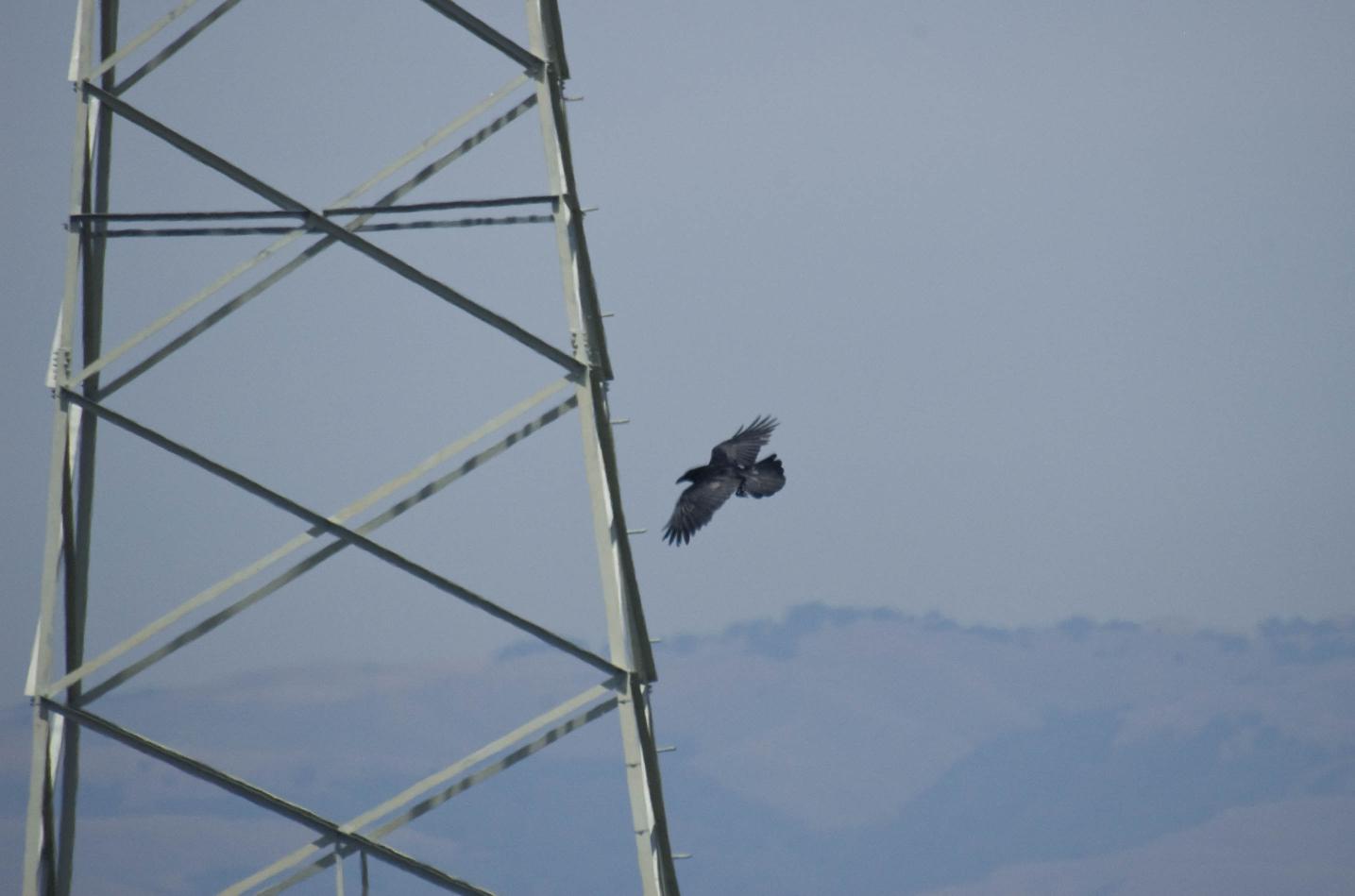 This is not my typical bird photo. I usually prefer a close-up that reveals identifying marks of the species. But sometimes, you just get a cool shot. 
#20080530.jpg Add a comment or report a mistake
|
|
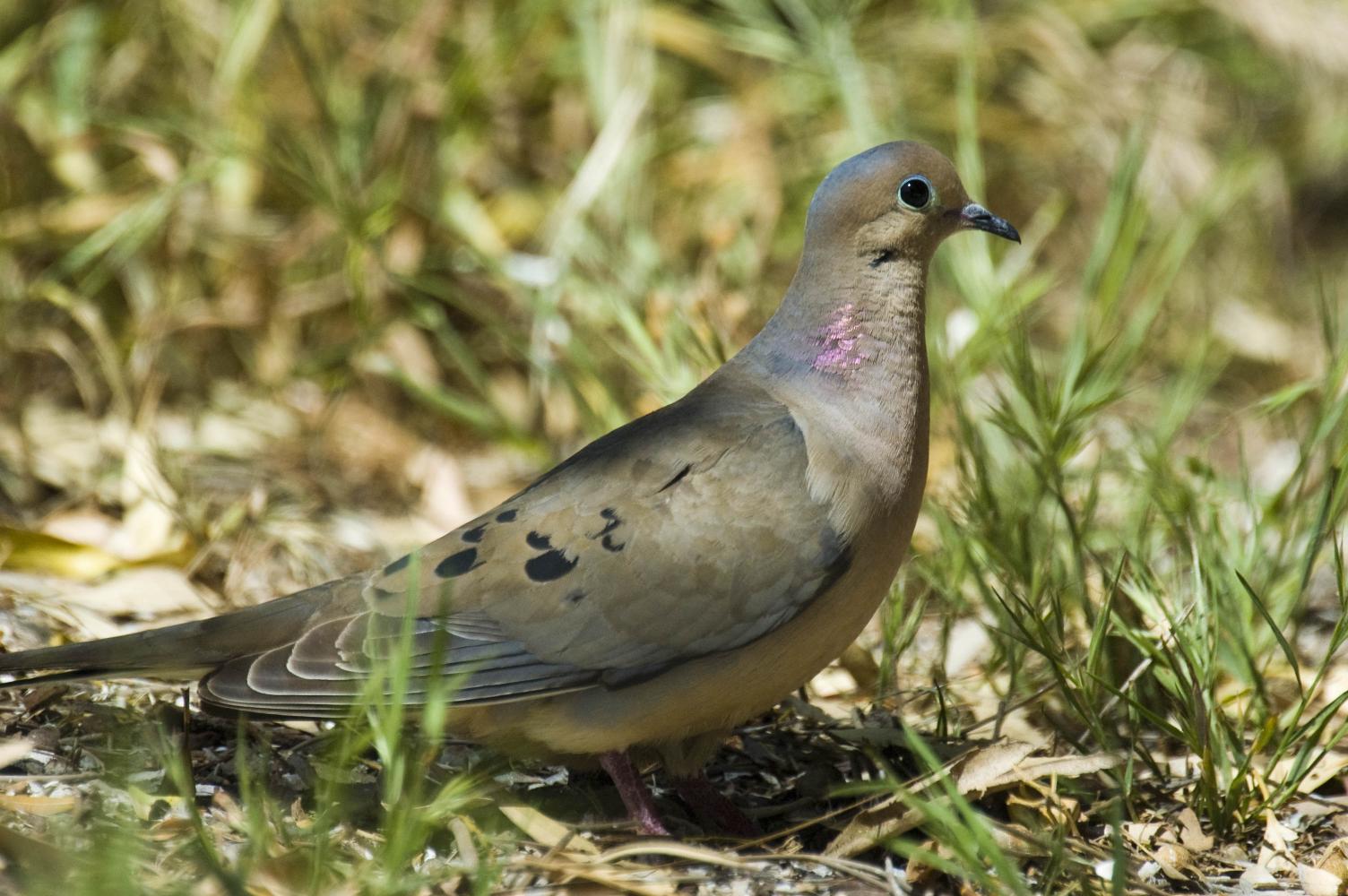 The shy Mourning Dove (2008) Baylands Preserve, Palo Alto, California • Photo Posted Sunday, June 1, 2008 • © 2008 Terry Costales 
#20080601.jpg Add a comment or report a mistake
|
|
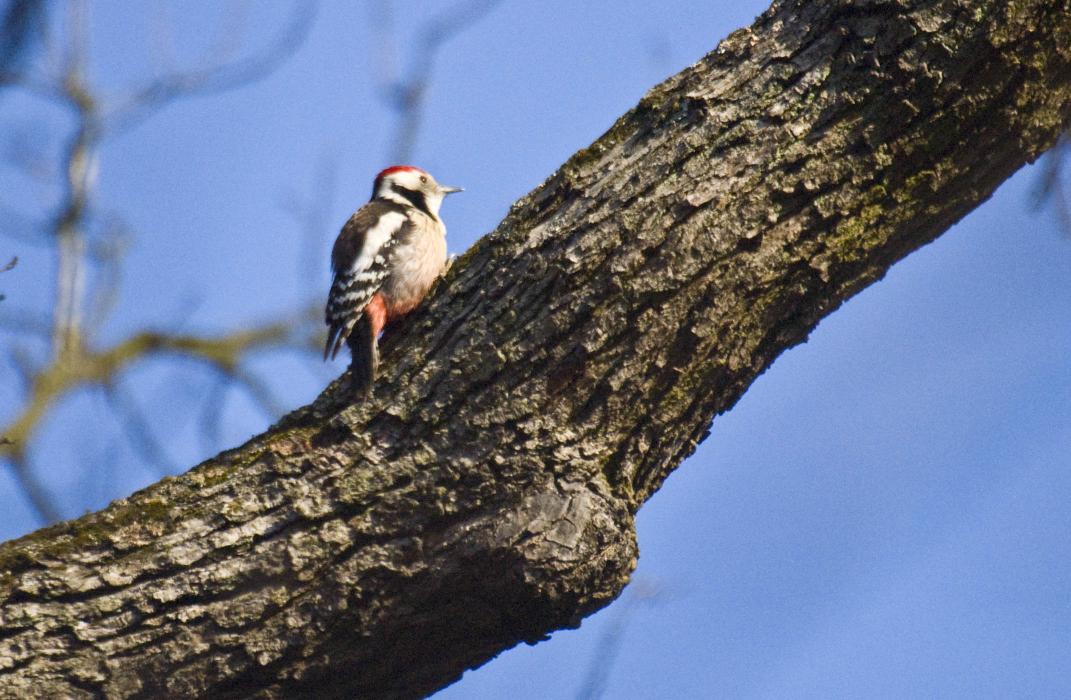 My first day in the woods I heard woodpeckers (2008) Karlsruhe, Germany • Photo Posted Monday, June 2, 2008 • © 2008 Terry Costales 
#20080602.jpg Add a comment or report a mistake
|
|
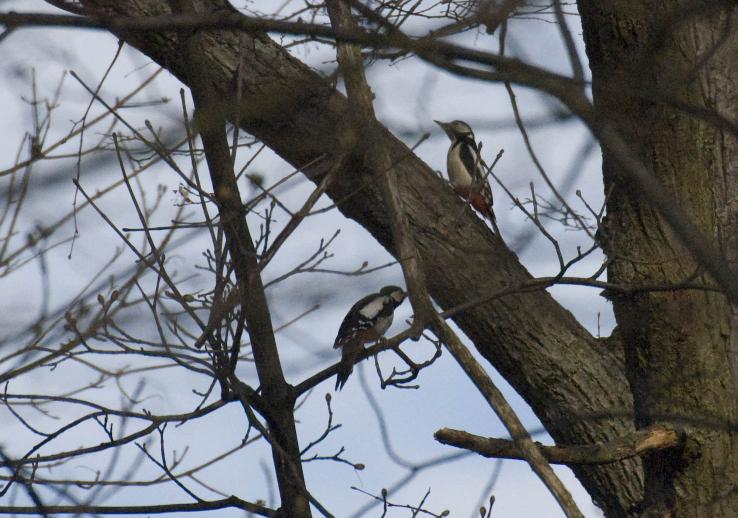 This pair of woodpeckers stayed in the tops of very tall trees making them very hard to photograph. This shot has been cropped about 75%.
The Great Spotted Yes, there is a Lesser Spotted but I never saw one. (2008) Karlsruhe, Germany • Photo Posted Wednesday, June 4, 2008 • © 2008 Terry Costales 
#20080604.jpg Add a comment or report a mistake
|
|
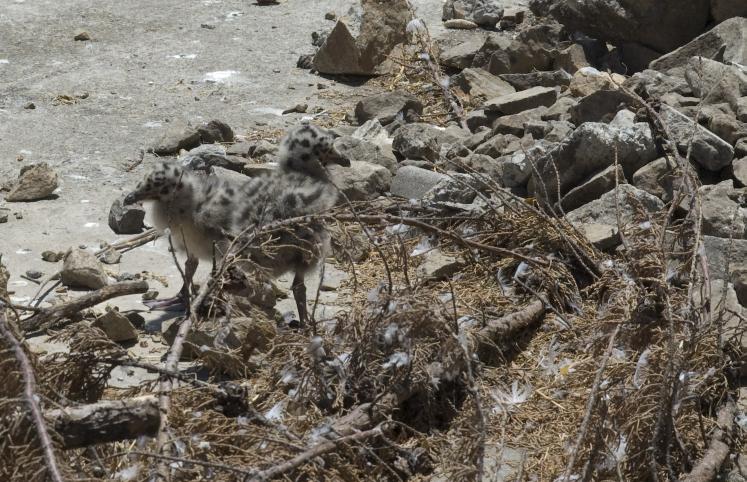 There is a large breeding colony of Western Gulls (2008) Alcatraz, California • Photo Posted Monday, June 9, 2008 • © 2008 Terry Costales 
#20080609.jpg Add a comment or report a mistake
|
|
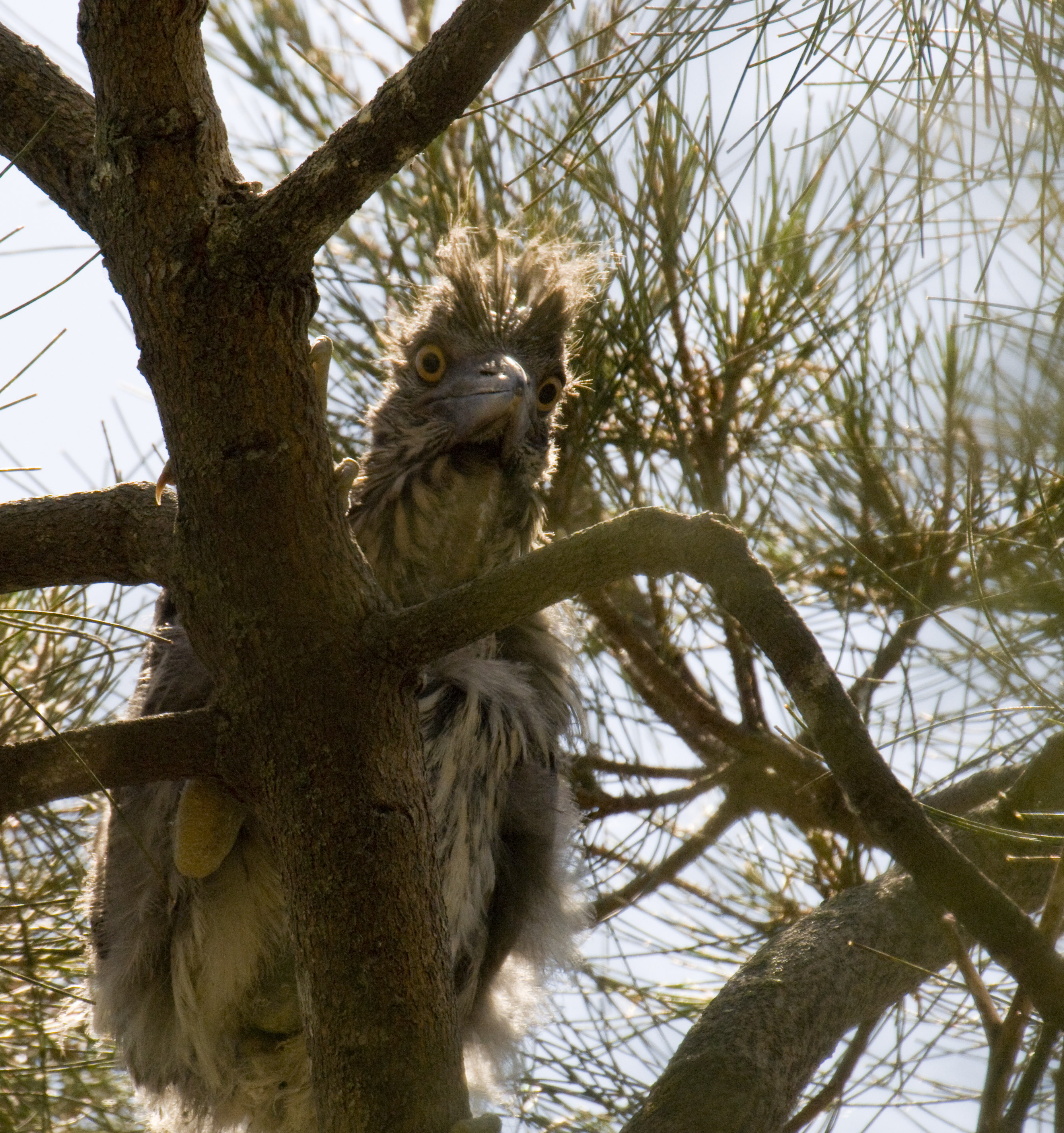 A large fledgling appears mesmerized by the camera. (2008) Baylands Preserve, Palo Alto, California • Photo Posted Sunday, June 15, 2008 • © 2008 Terry Costales 
#20080615.jpg Add a comment or report a mistake
|
|
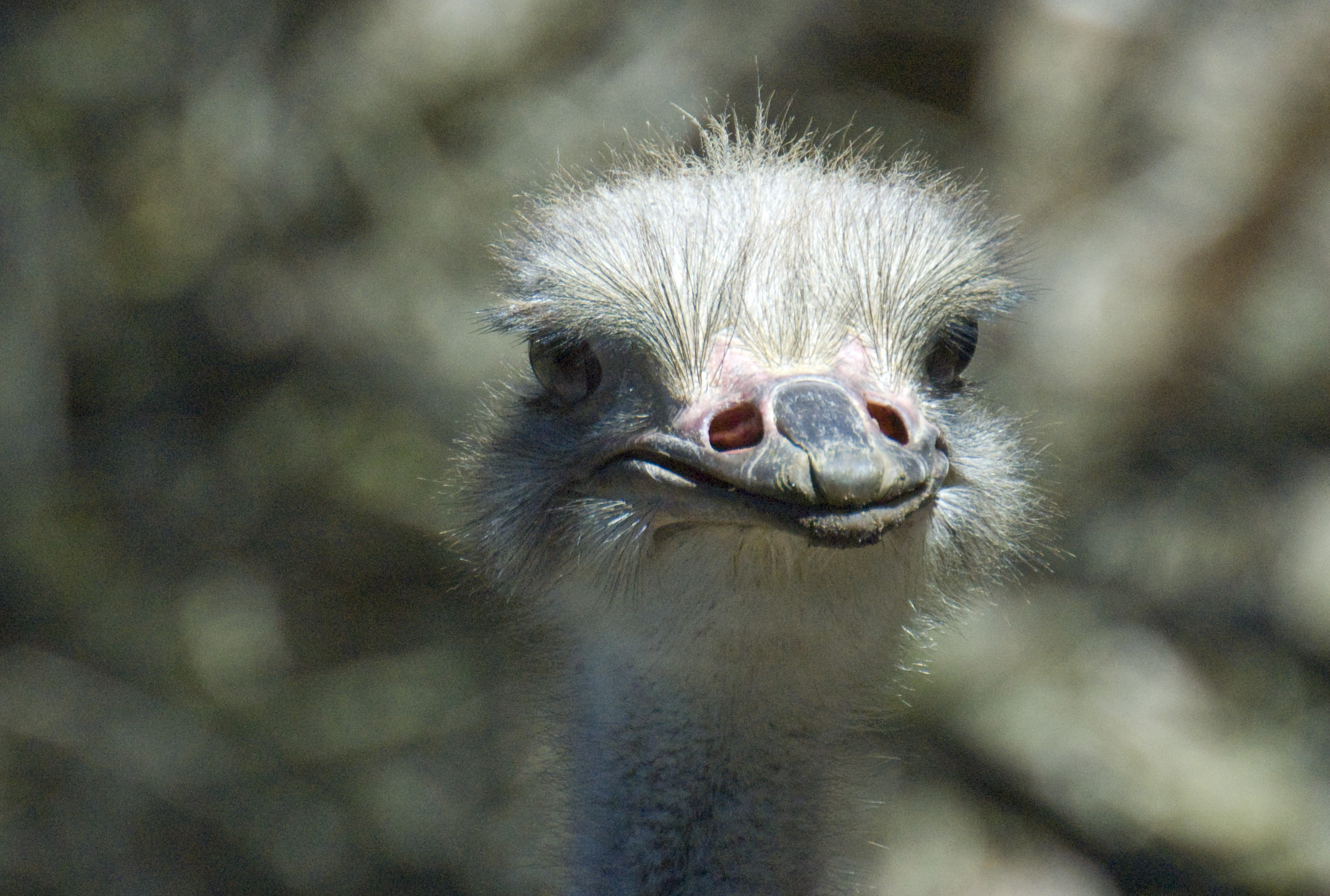 Up close and personal with a curious ostrich. (2008) San Francisco Zoo, California • Photo Posted Friday, June 20, 2008 • © 2008 Terry Costales 
#20080620.jpg Add a comment or report a mistake
|
|
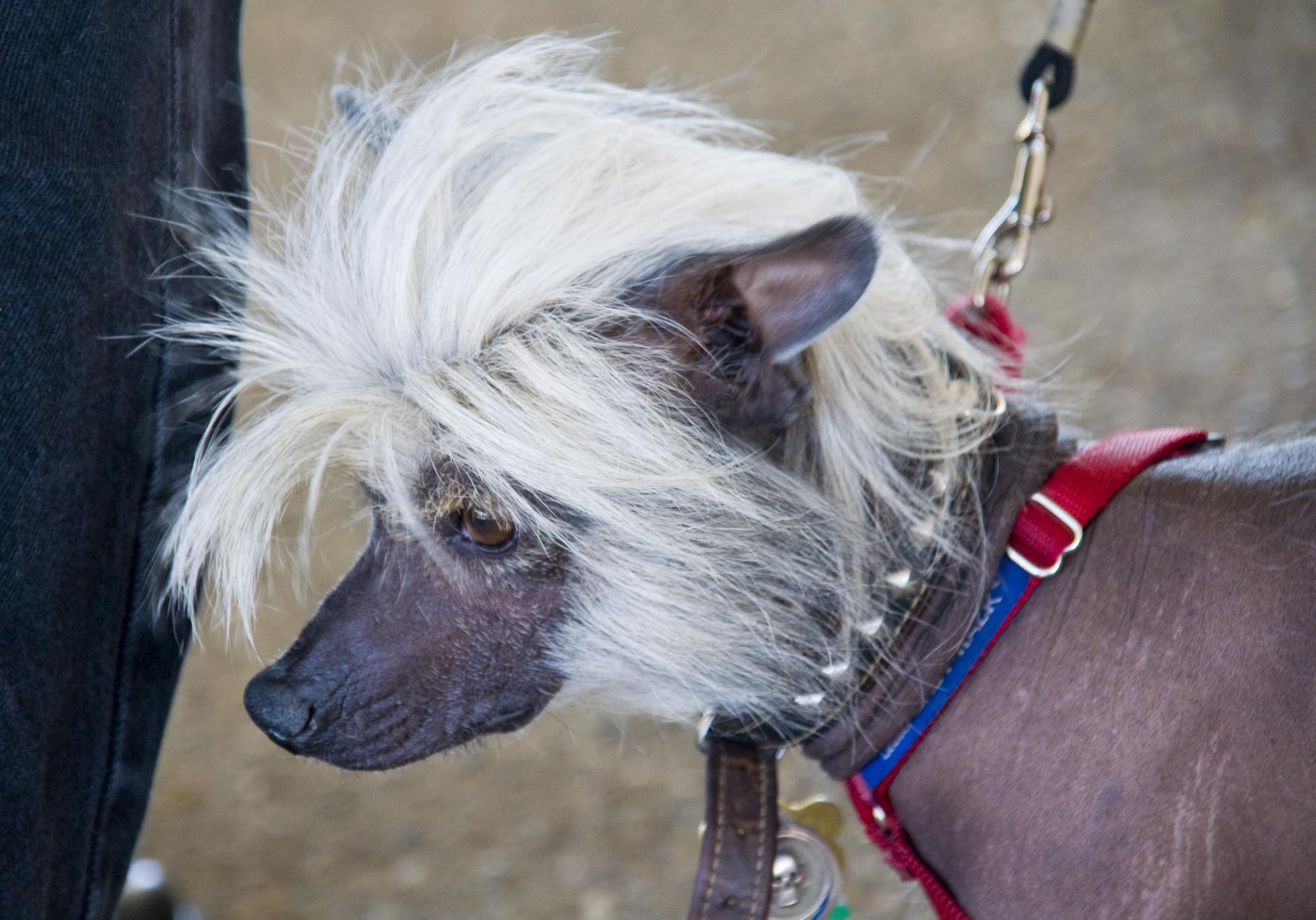 It's an odd looking animal, but it's like any other dog, really. (2008) Treasure Island, California • Photo Posted Sunday, June 22, 2008 • © 2008 Terry Costales 
#20080622.jpg Add a comment or report a mistake
|
|
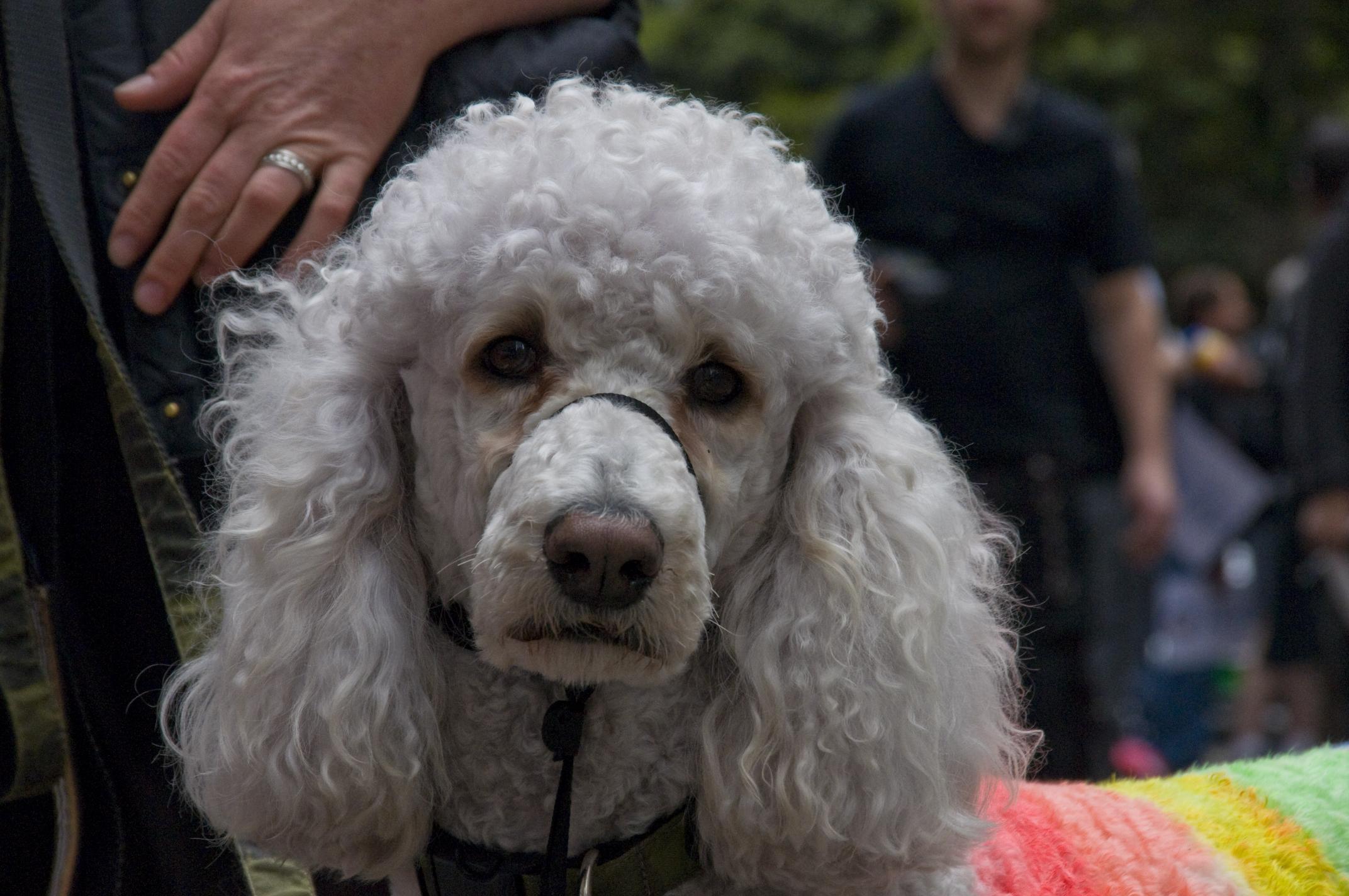 Beautiful poodle (2008) Pride Parade, San Francisco • Photo Posted Tuesday, July 1, 2008 • © 2008 Terry Costales 
#20080701.jpg Add a comment or report a mistake
|
|
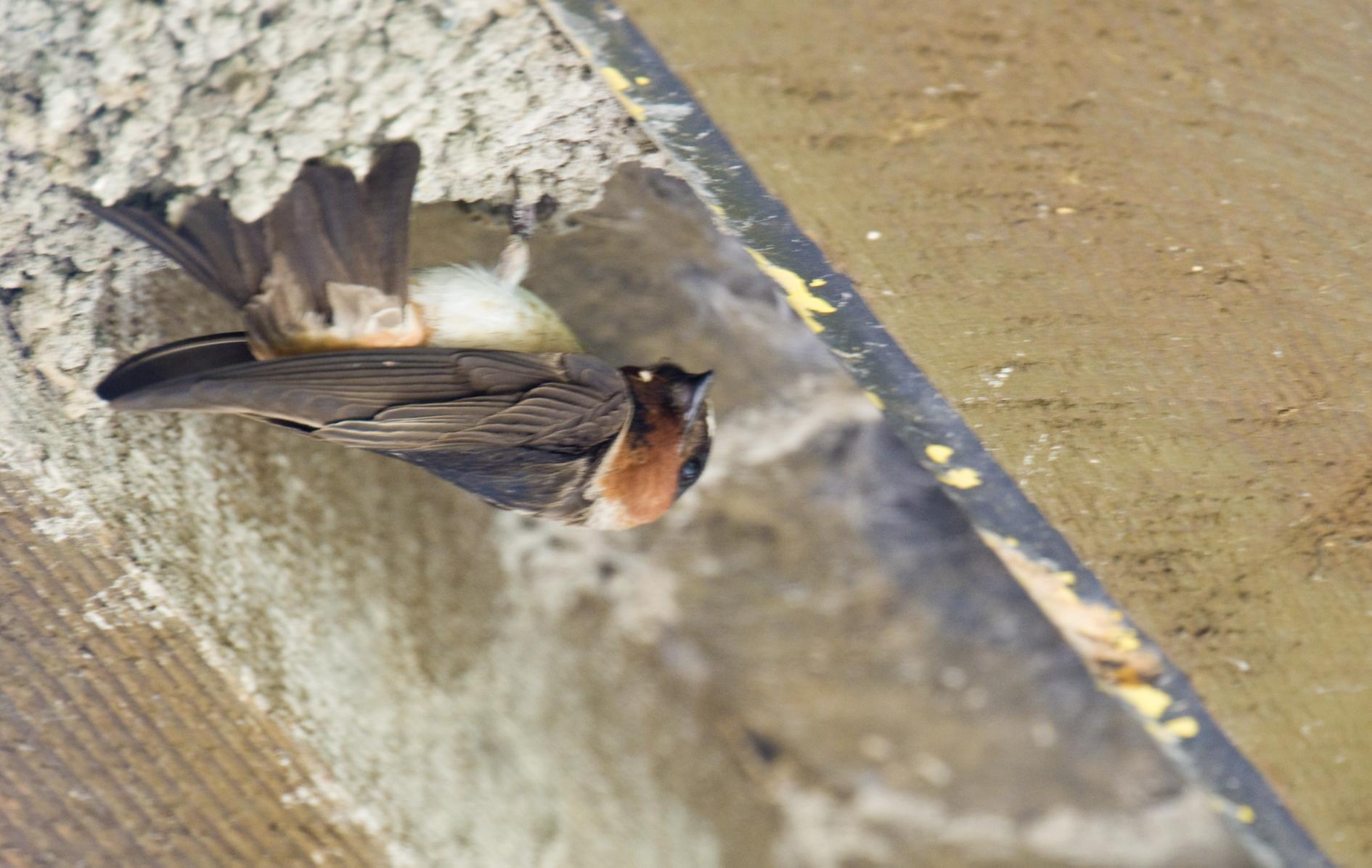 Earlier this year the cliff swallows 
#20080801.jpg Add a comment or report a mistake
|
|
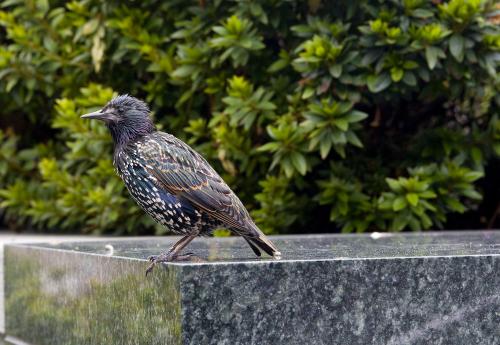 I had no camera that day in Union Square. So I became the director of the photo shoot.
That means I said, "Honey, get a shot of that starling (2008) Union Square, San Francisco, California • Photo Posted Sunday, August 10, 2008 • © 2008 Bryan Costales 
#20080810.jpg Add a comment or report a mistake
|
|
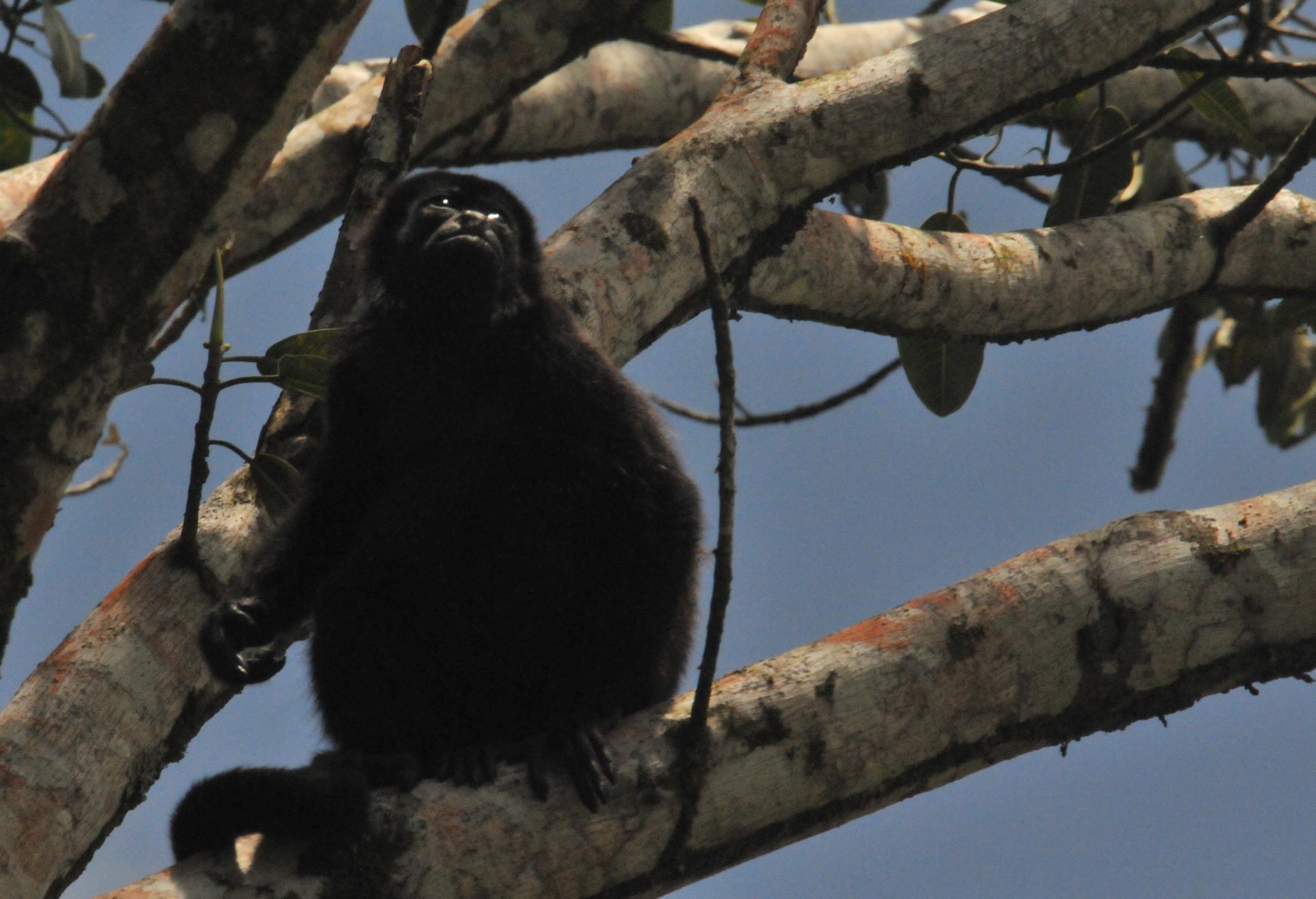 On our way to Tortuguero on the eastern coast, the guide spotted a family of howler monkeys in the trees next to the road. The van stopped and we got out to watch them. The noise the howlers make is thunderous and can be heard for miles. So when I finally saw them, I was surprised by how small they turned out to be. Barely two feet or so tall. (2008) Eastern Costa Rica • Photo Posted Wednesday, October 2, 2008 • © 2008 Terry Costales 
#20081002.jpg Add a comment or report a mistake
|
|
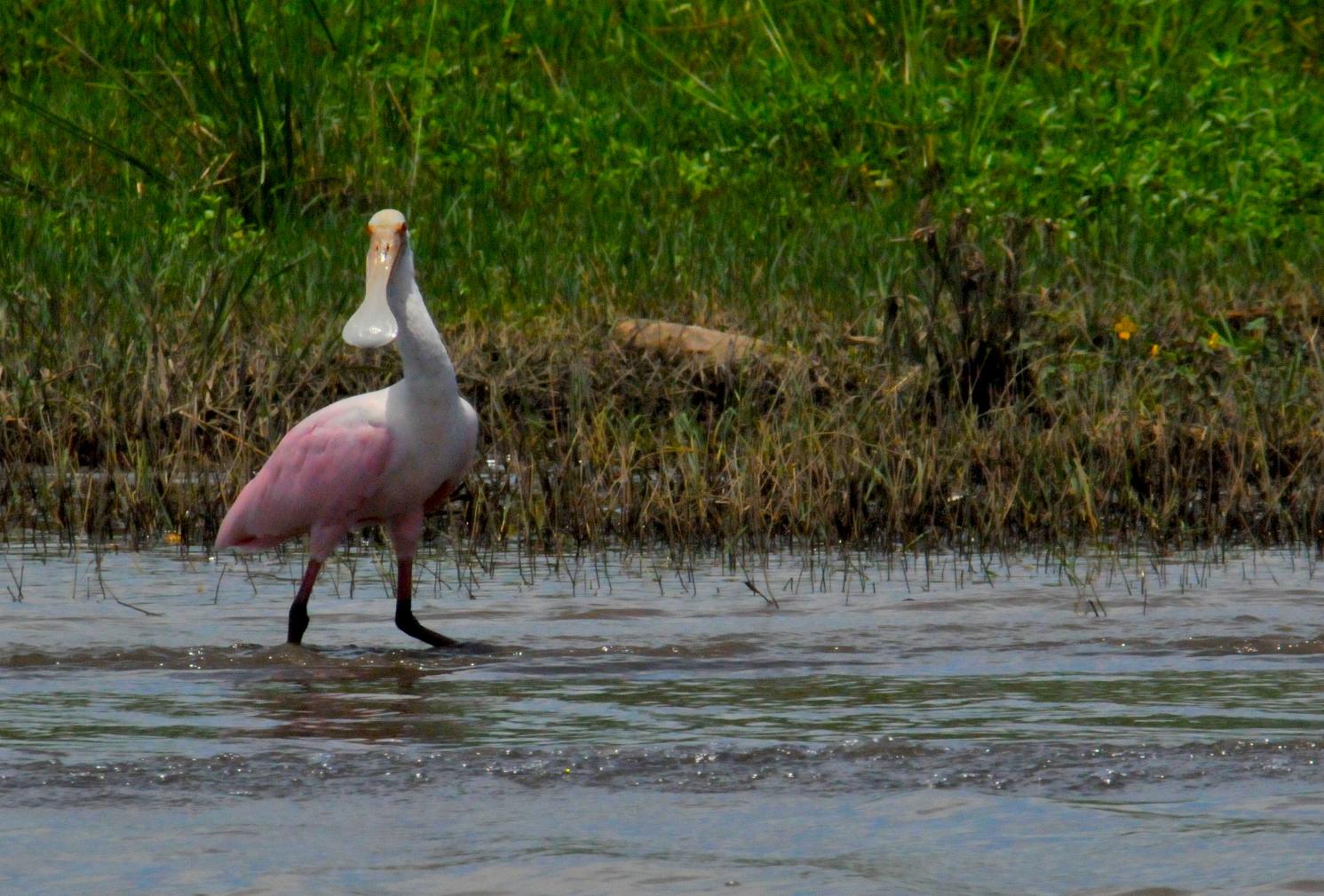 On our boat trip to Turtle Beach Lodge 
#20081003.jpg Add a comment or report a mistake
|
|
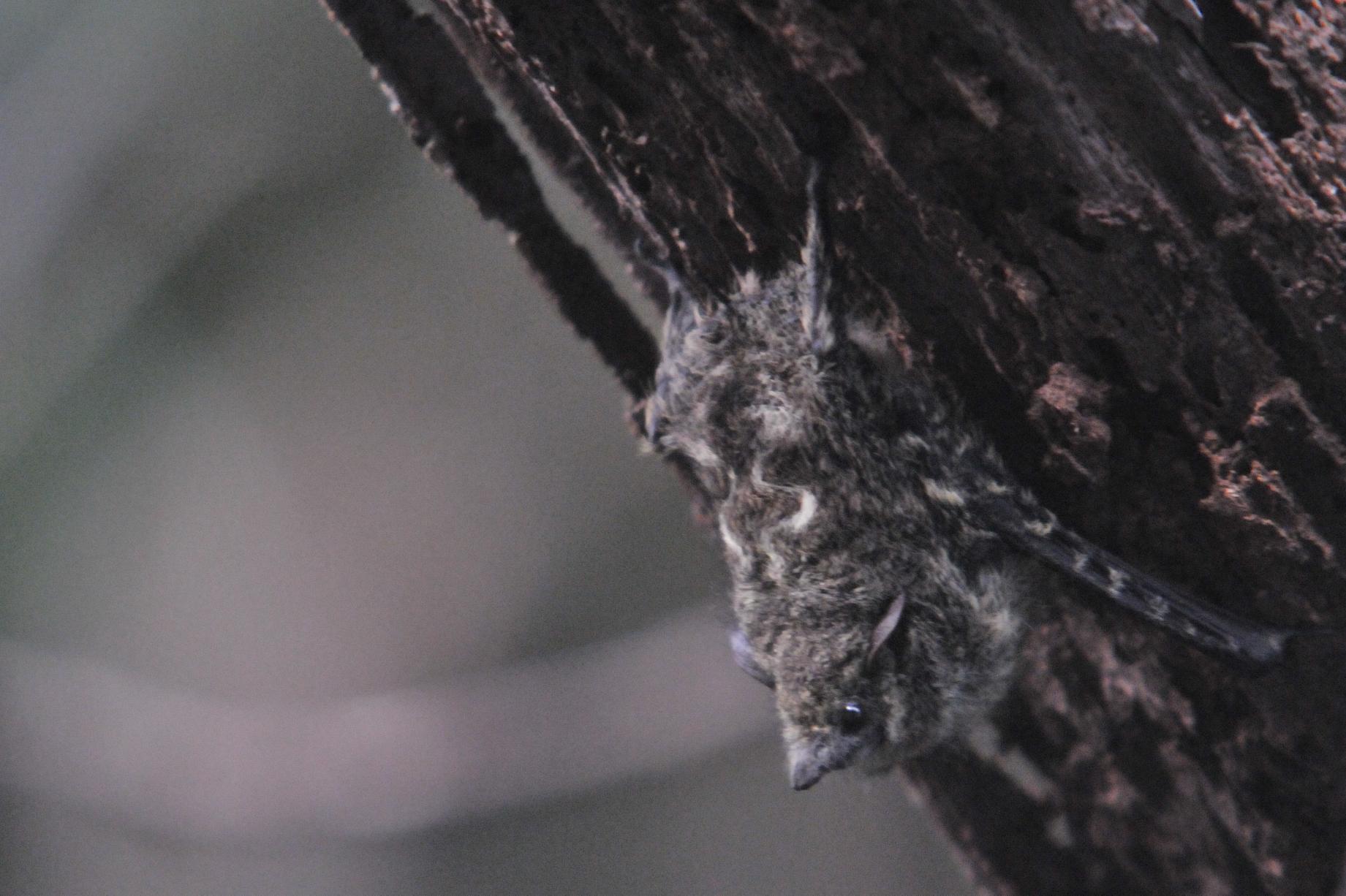 On a tour of the Canal of Palms, this was the first animal spotted by our guide. There were three of these tiny bats on the underside of a dead branch. How the guide even saw them was a mystery because they were perfectly camouflaged. The guide identified them as long-nosed bats. (2008) Cano de Palma, Costa Rica • Photo Posted Saturday, October 4, 2008 • © 2008 Terry Costales 
#20081004.jpg Add a comment or report a mistake
|
|
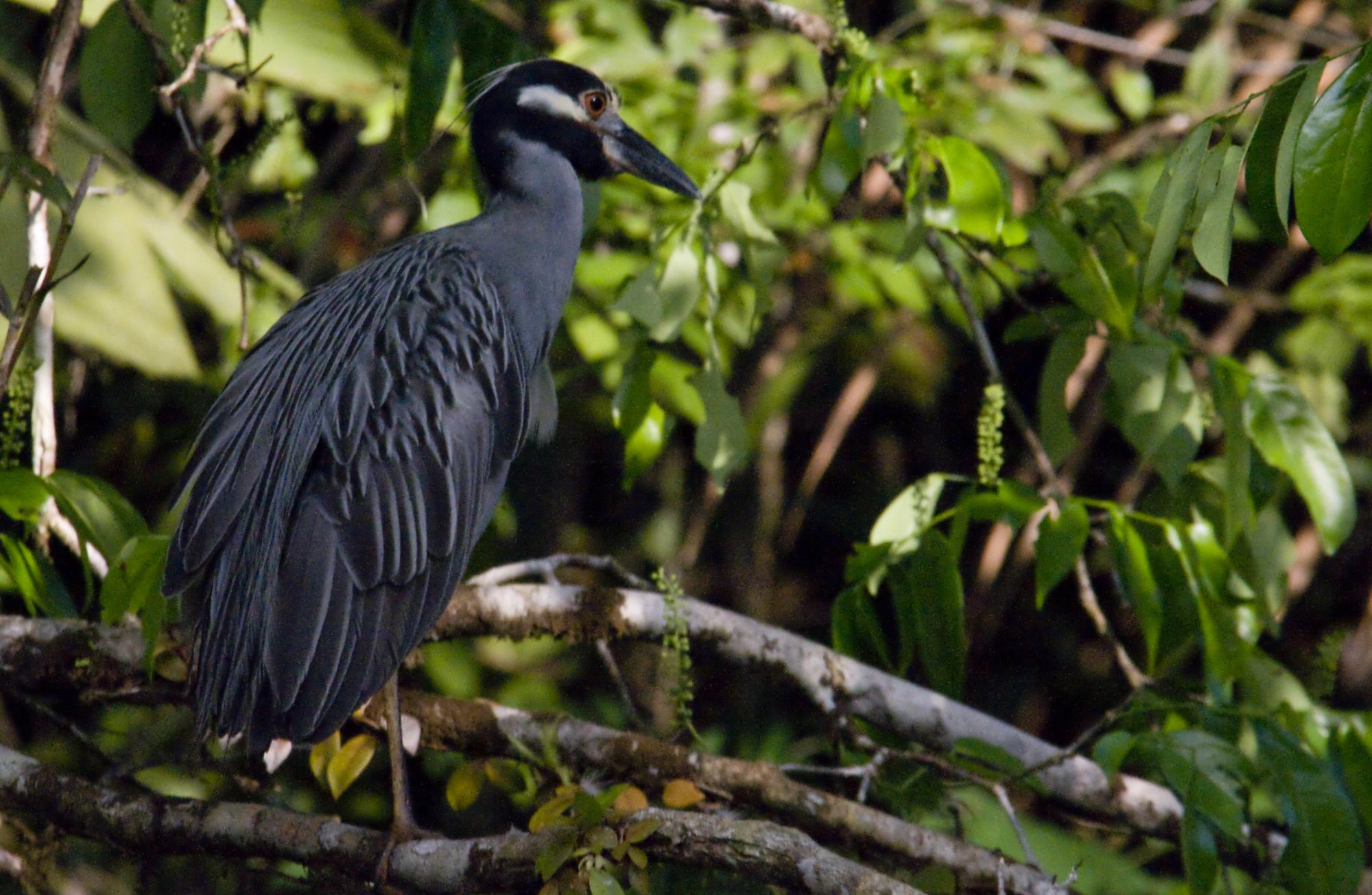 I have seen many black-crowned night herons (2008) Cano de Palma, Costa Rica • Photo Posted Sunday, October 5, 2008 • © 2008 Terry Costales 
#20081005.jpg Add a comment or report a mistake
|
|
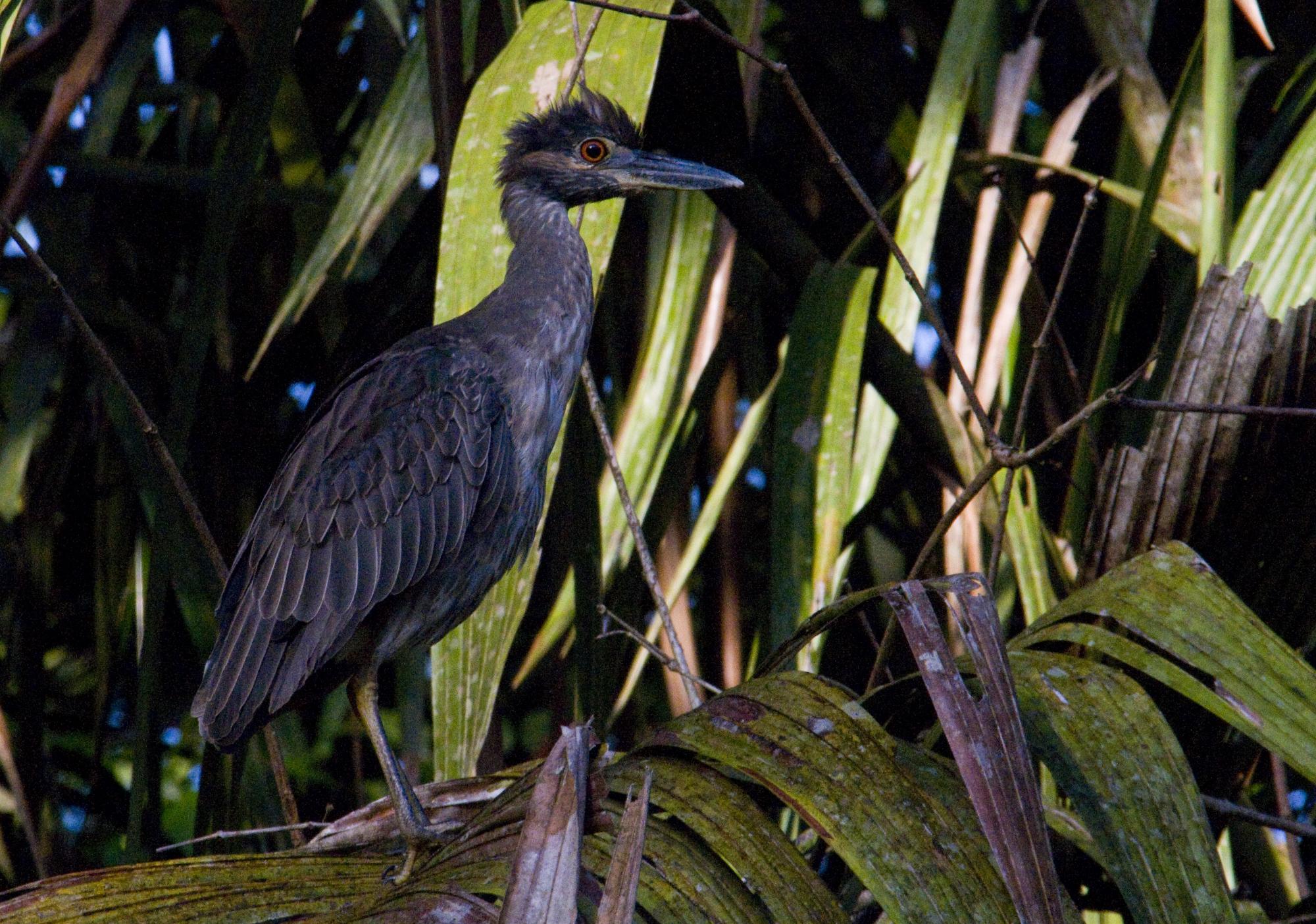 This juvenile was perched directly across the canal from the adult bird I posted on this blog yesterday. (2008) Cano de Palma, Costa Rica • Photo Posted Monday, October 6, 2008 • © 2008 Terry Costales 
#20081006.jpg Add a comment or report a mistake
|
|
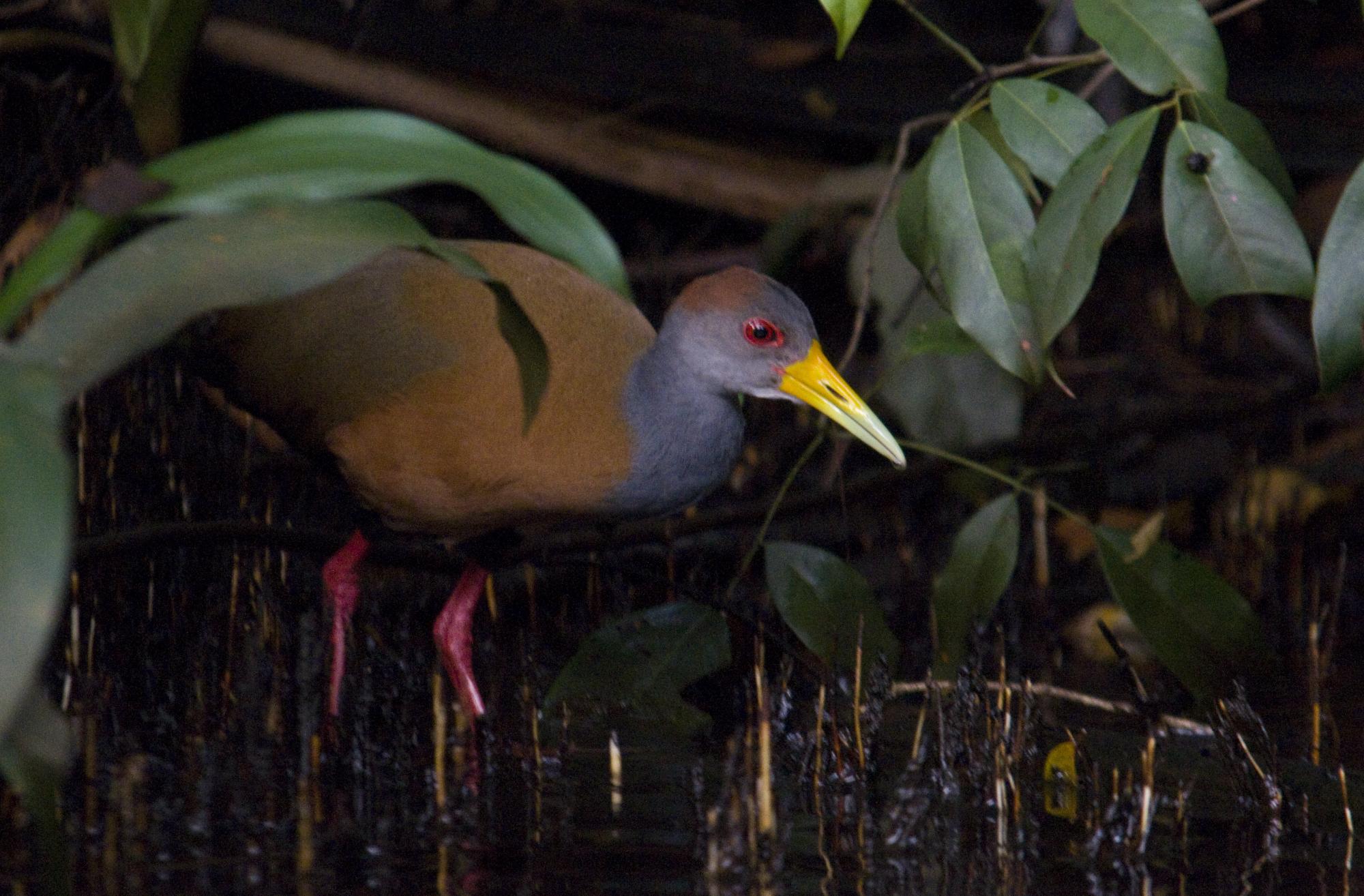 We saw many wood rails (2008) Cano de Palma, Costa Rica • Photo Posted Wednesday, October 8, 2008 • © 2008 Terry Costales 
#20081008.jpg Add a comment or report a mistake
|
|
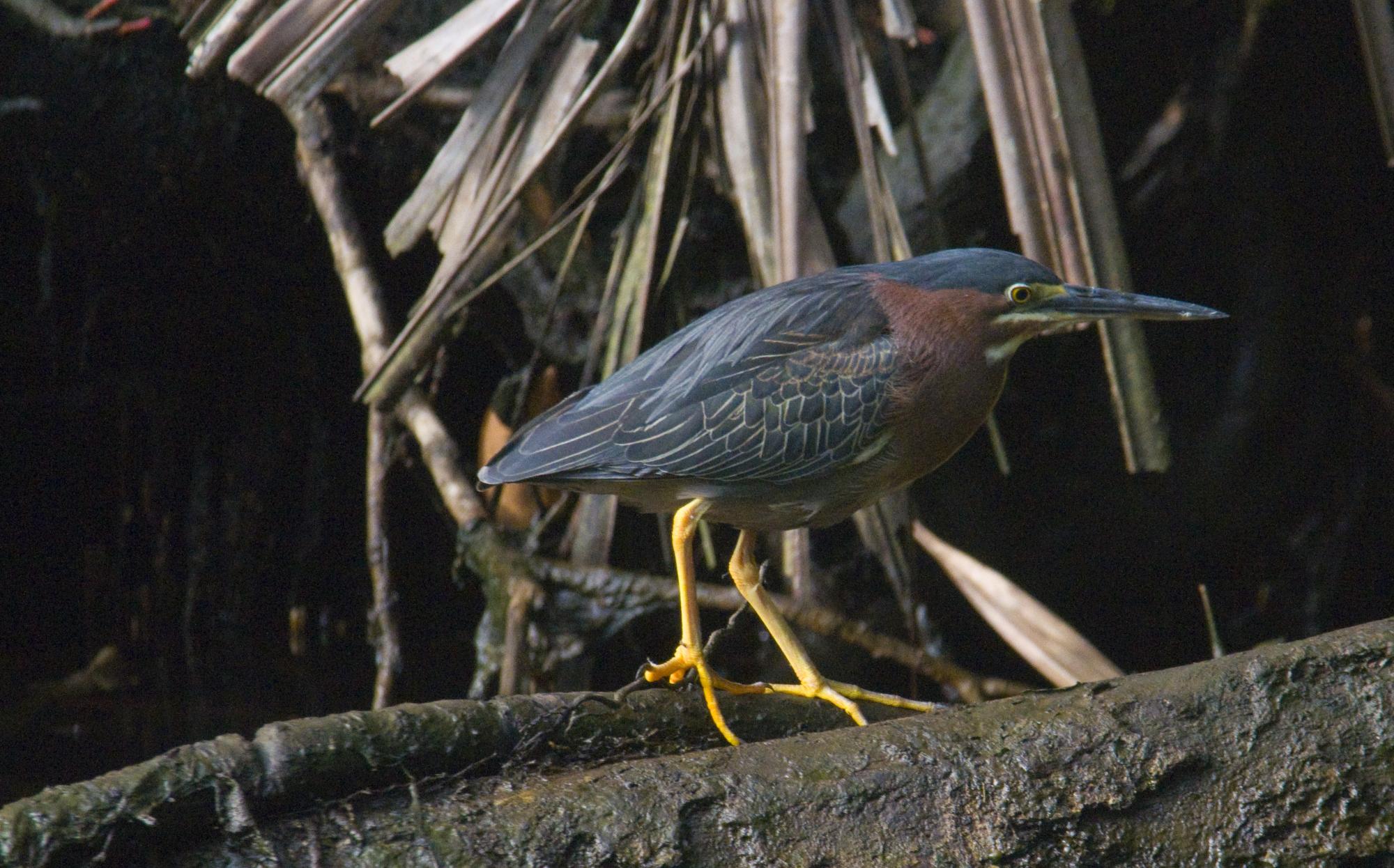 Green herons (2008) Cano de Palma, Costa Rica • Photo Posted Thursday, October 9, 2008 • © 2008 Terry Costales 
#20081009.jpg Add a comment or report a mistake
|
|
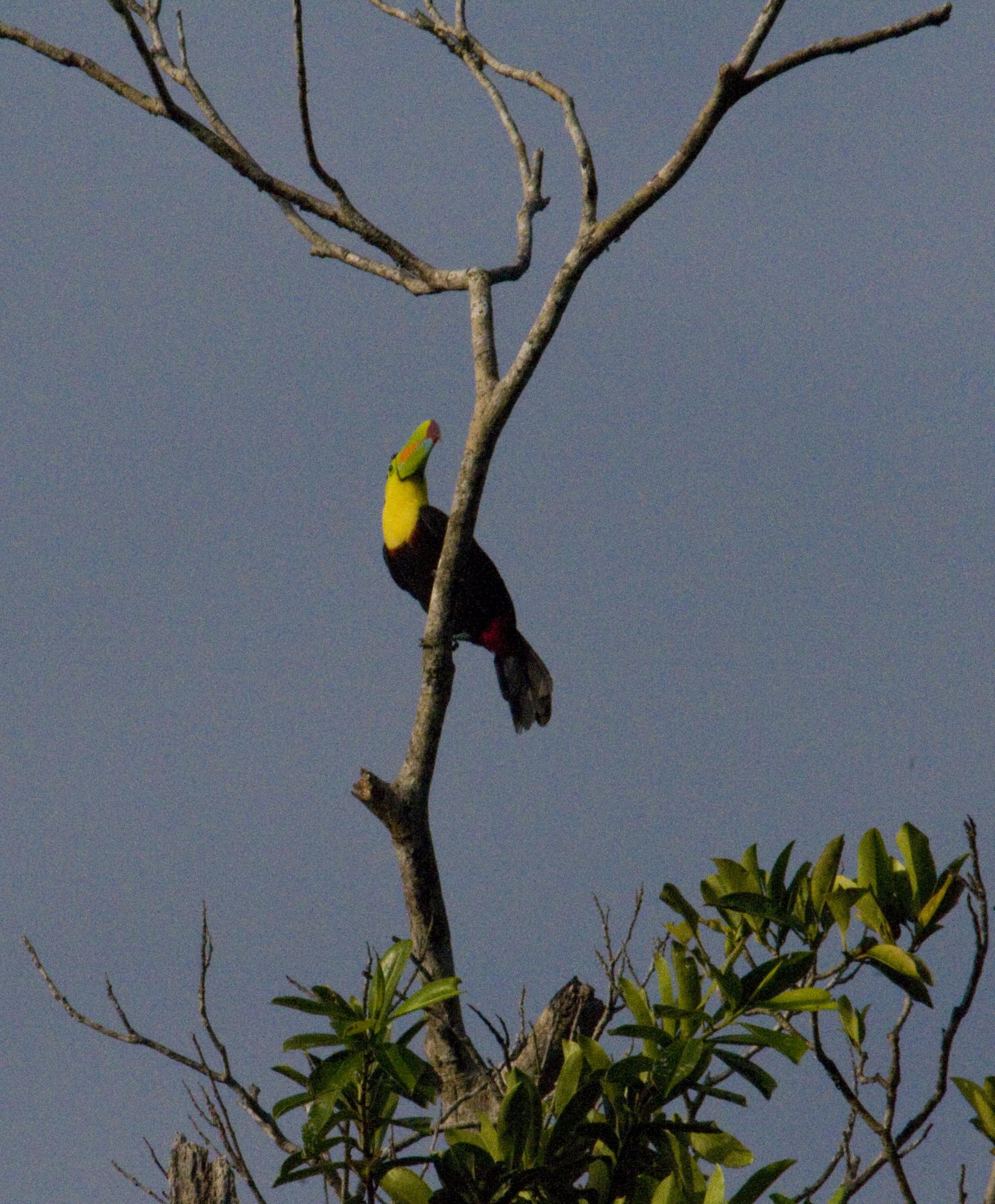 This was the first Toucan (2008) Cano de Palma, Costa Rica • Photo Posted Friday, October 10, 2008 • © 2008 Terry Costales 
#20081010.jpg Add a comment or report a mistake
|
|
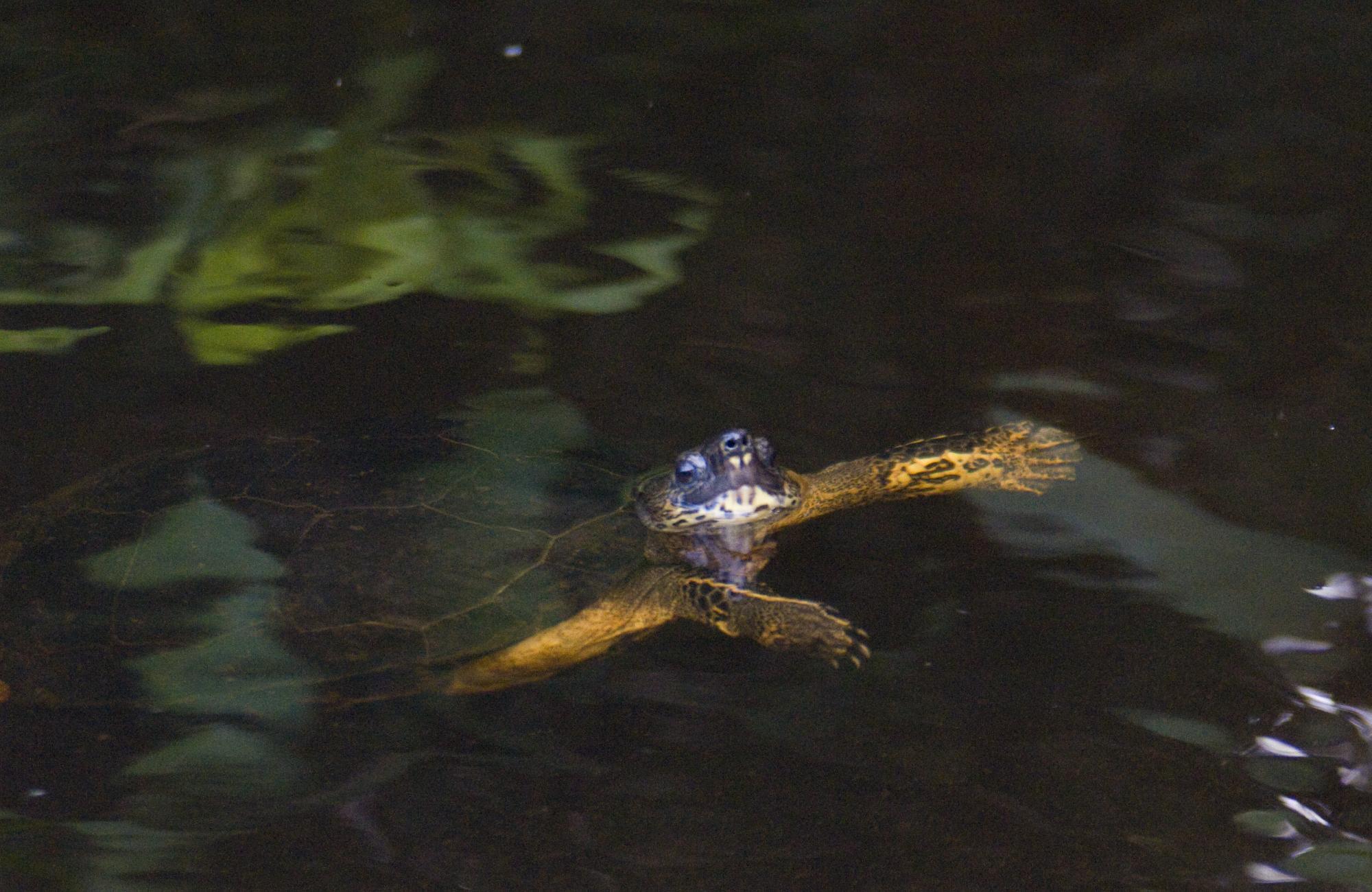 There are numerous Black River Turtles (2008) Cano de Palma, Costa Rica • Photo Posted Saturday, October 11, 2008 • © 2008 Terry Costales 
#20081011.jpg Add a comment or report a mistake
|
|
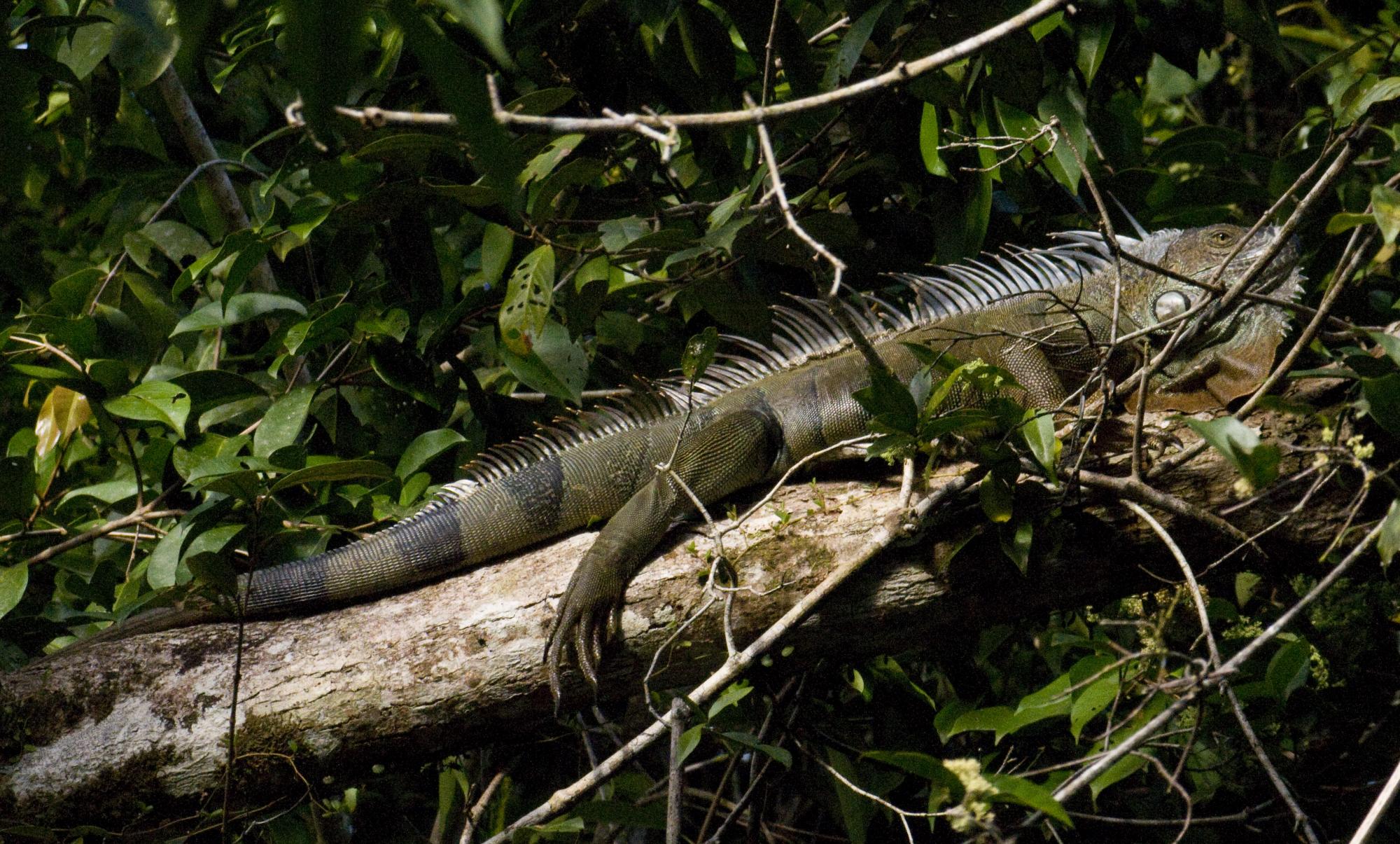 This prehistoric looking male Green Iguana appeared beautiful yet frightening. (2008) Cano de Palma, Costa Rica • Photo Posted Sunday, October 12, 2008 • © 2008 Terry Costales 
#20081012.jpg Add a comment or report a mistake
|
|
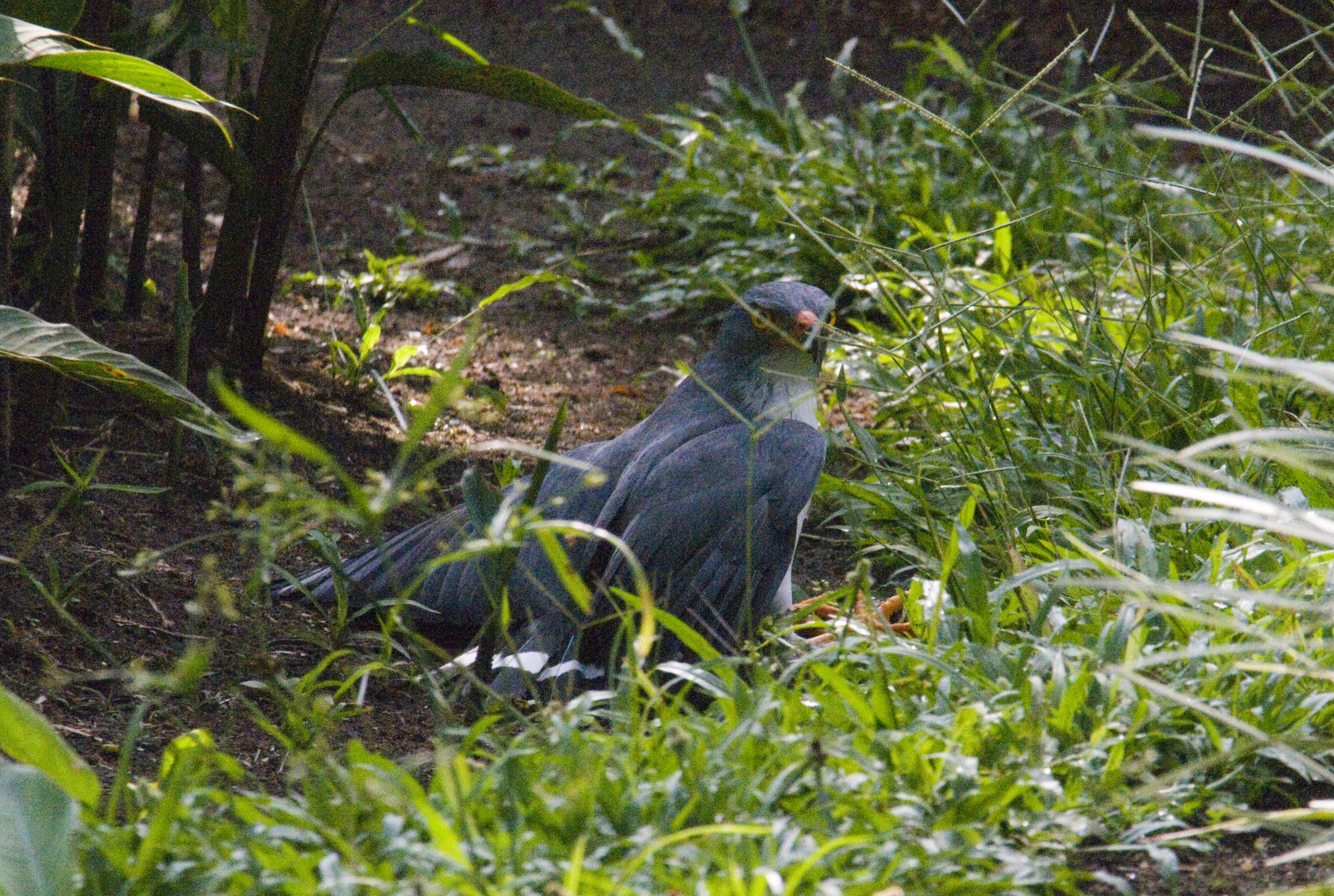 On my way breakfast I happened upon a hawk The word plumbeous means leaden, dull. The hawk is half grey thereby clearly earning its name. (2008) Turtle Beach Lodge, Costa Rica • Photo Posted Monday, October 13, 2008 • © 2008 Terry Costales 
#20081013.jpg Add a comment or report a mistake
|
|
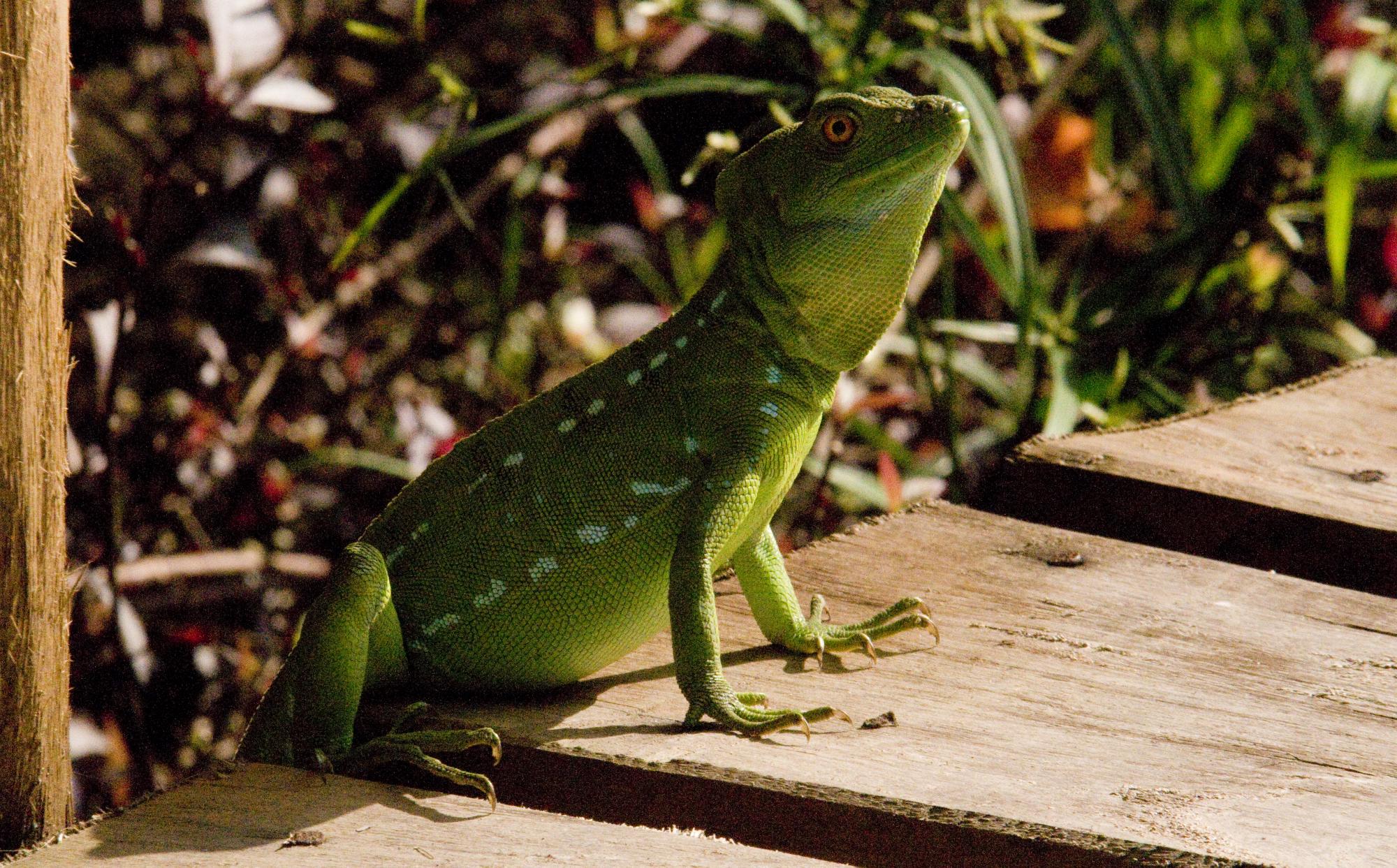 A female basilisk (2008) Turtle Beach Lodge, Tortuguero, Costa Rica • Photo Posted Tuesday, October 14, 2008 • © 2008 Terry Costales 
#20081014.jpg Add a comment or report a mistake
|
|
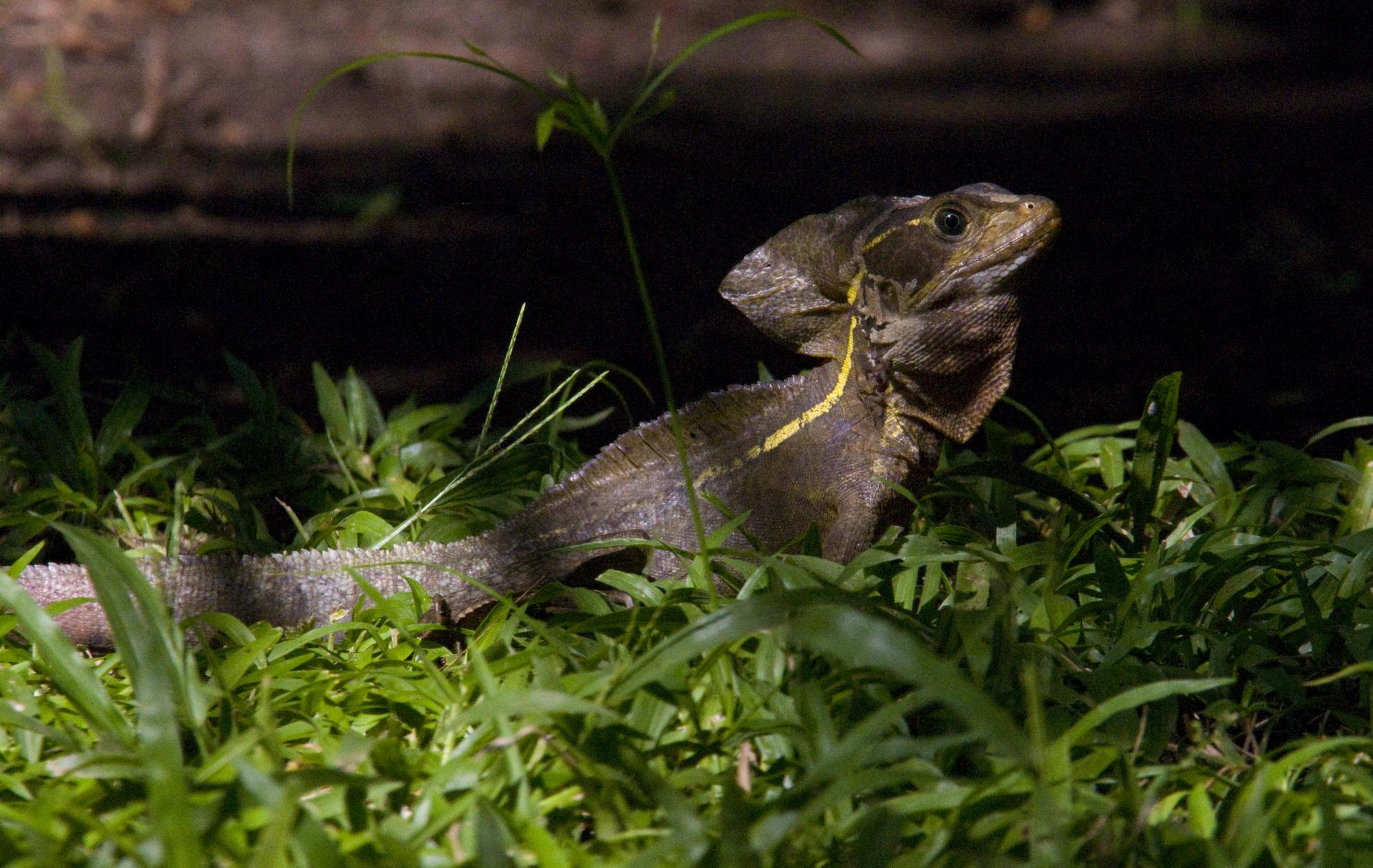 Unlike yesterday's bright green plumed basilisk (2008) Turtle Beach Lodge, Costa Rica • Photo Posted Wednesday, October 15, 2008 • © 2008 Terry Costales 
#20081015.jpg Add a comment or report a mistake
|
|
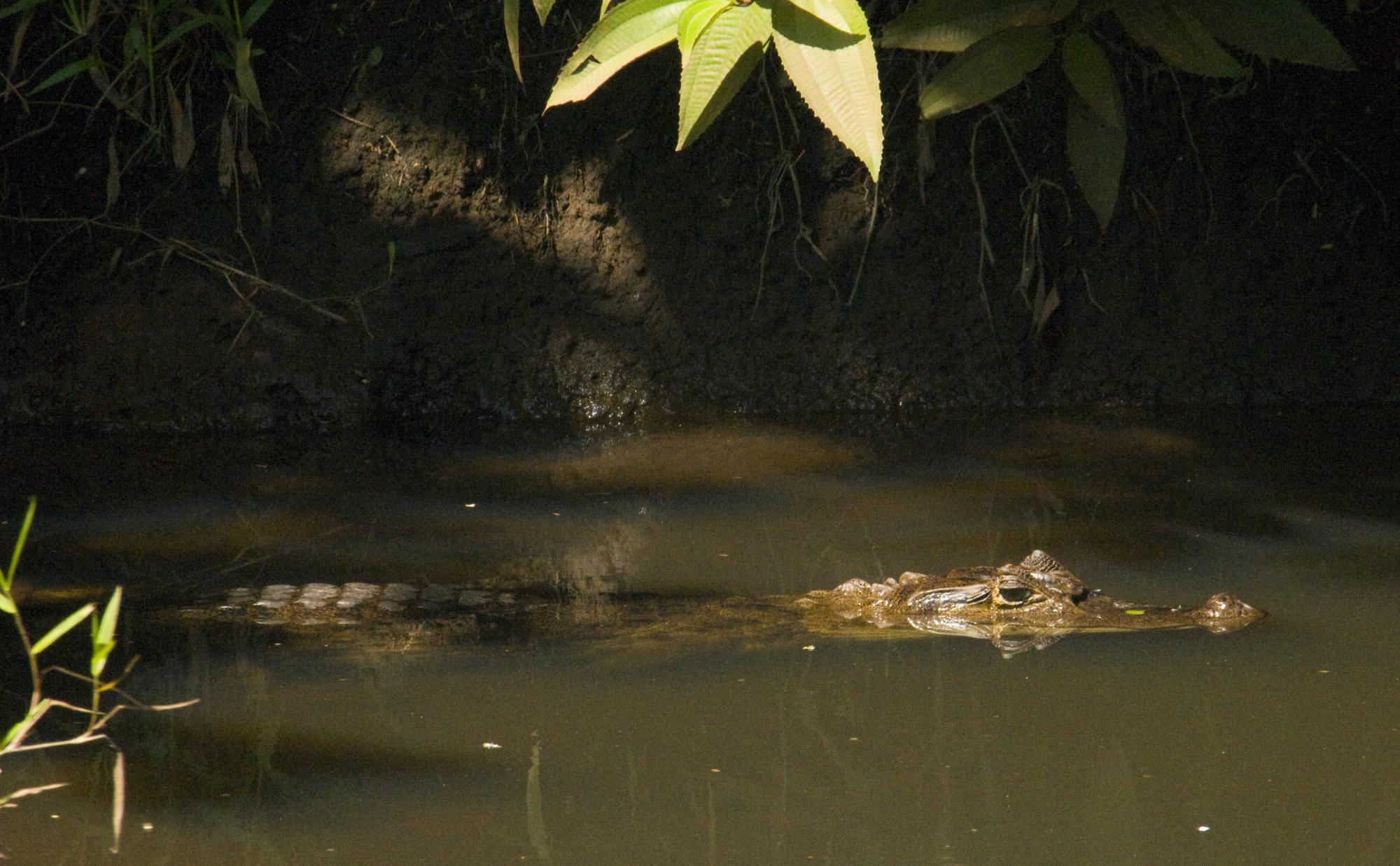 A caiman (2008) Turtle Beach Lodge, Costa Rica • Photo Posted Thursday, October 16, 2008 • © 2008 Terry Costales 
#20081016.jpg Add a comment or report a mistake
|
|
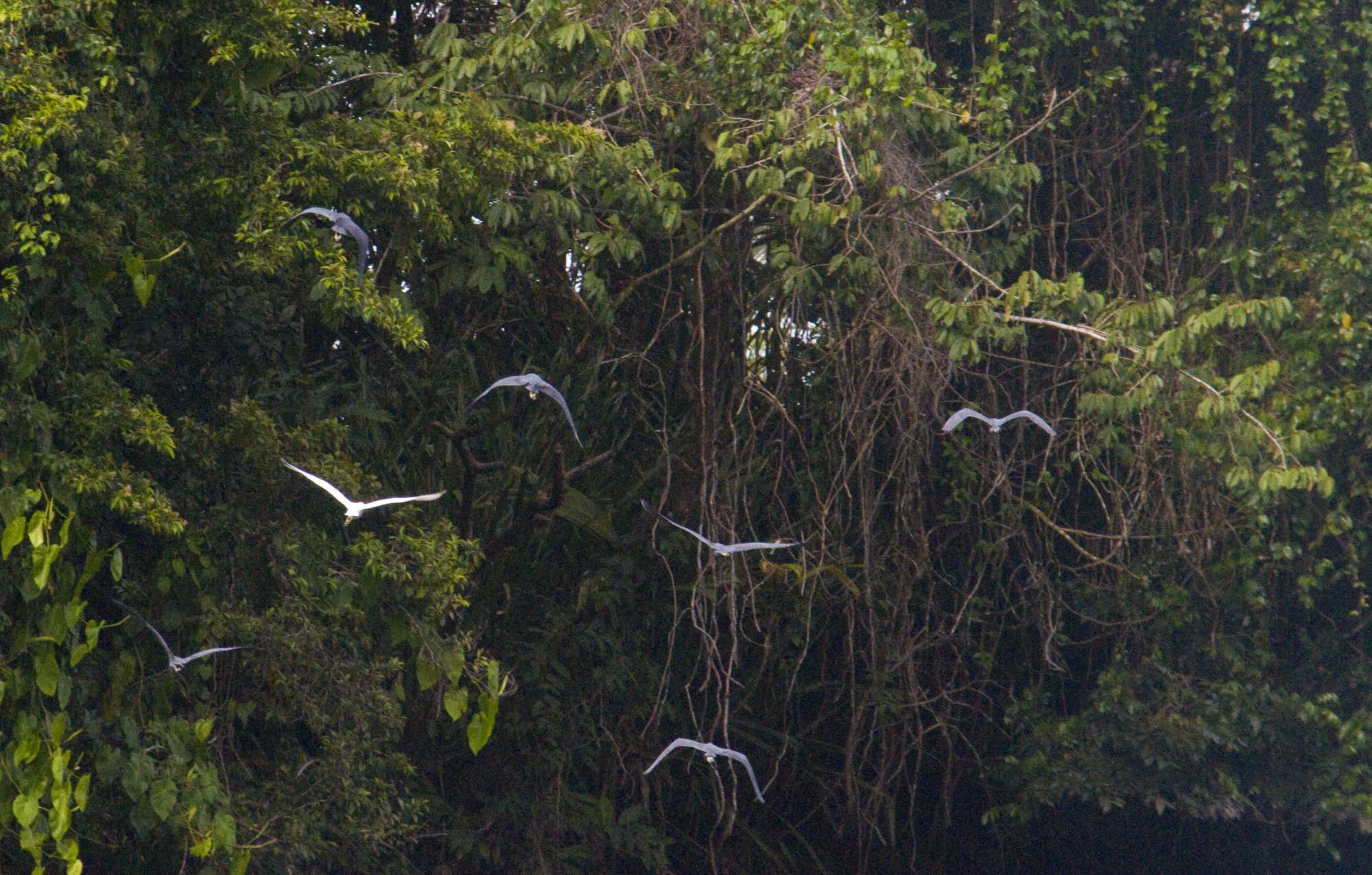 While canoeing to a nearby lagoon, we happened upon a flock of little blue herons taking flight. 
#20081017.jpg Add a comment or report a mistake
|
|
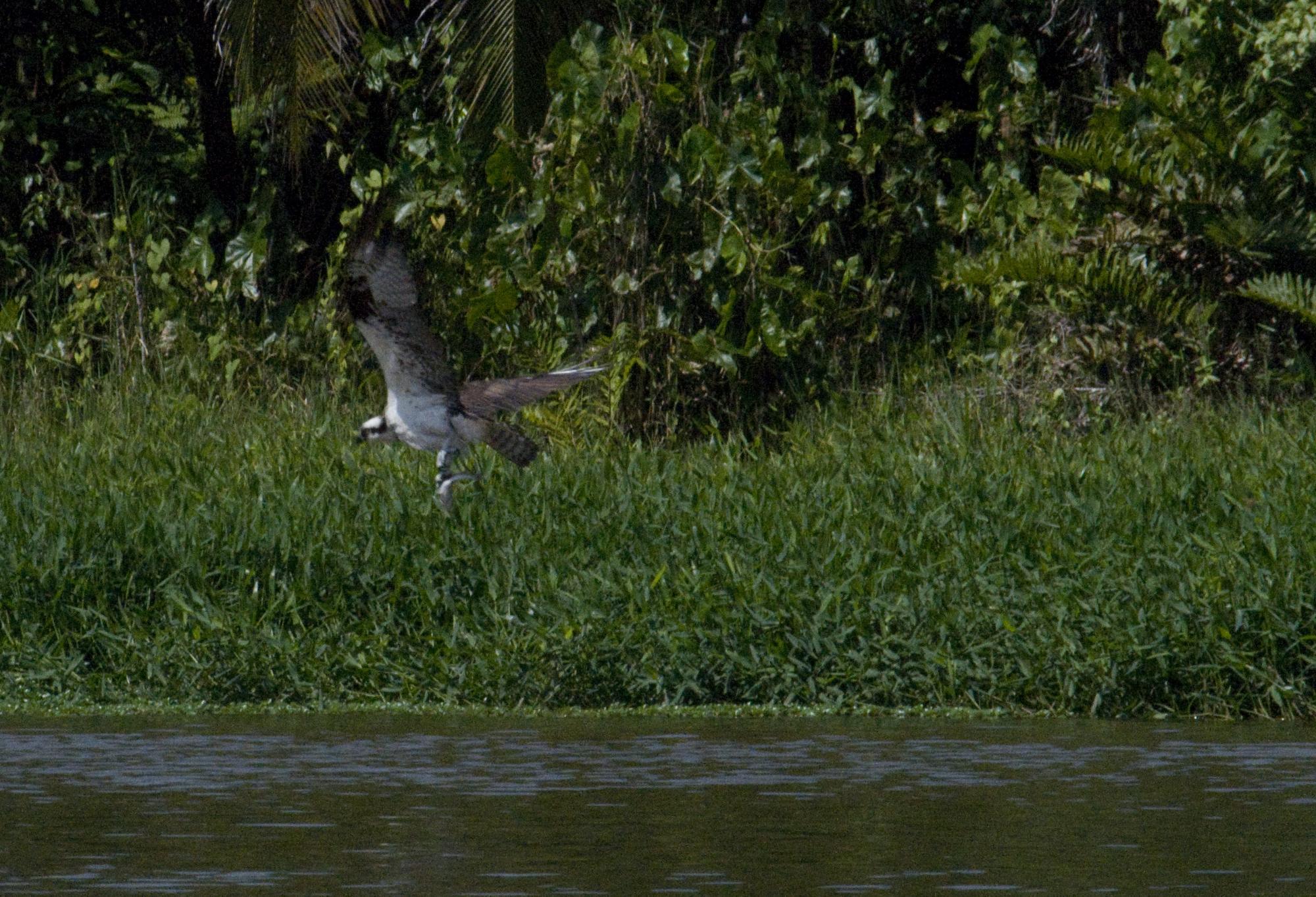 I saw this osprey (2008) Tortuguero, Costa Rica • Photo Posted Saturday, October 18, 2008 • © 2008 Terry Costales 
#20081018.jpg Add a comment or report a mistake
|
|
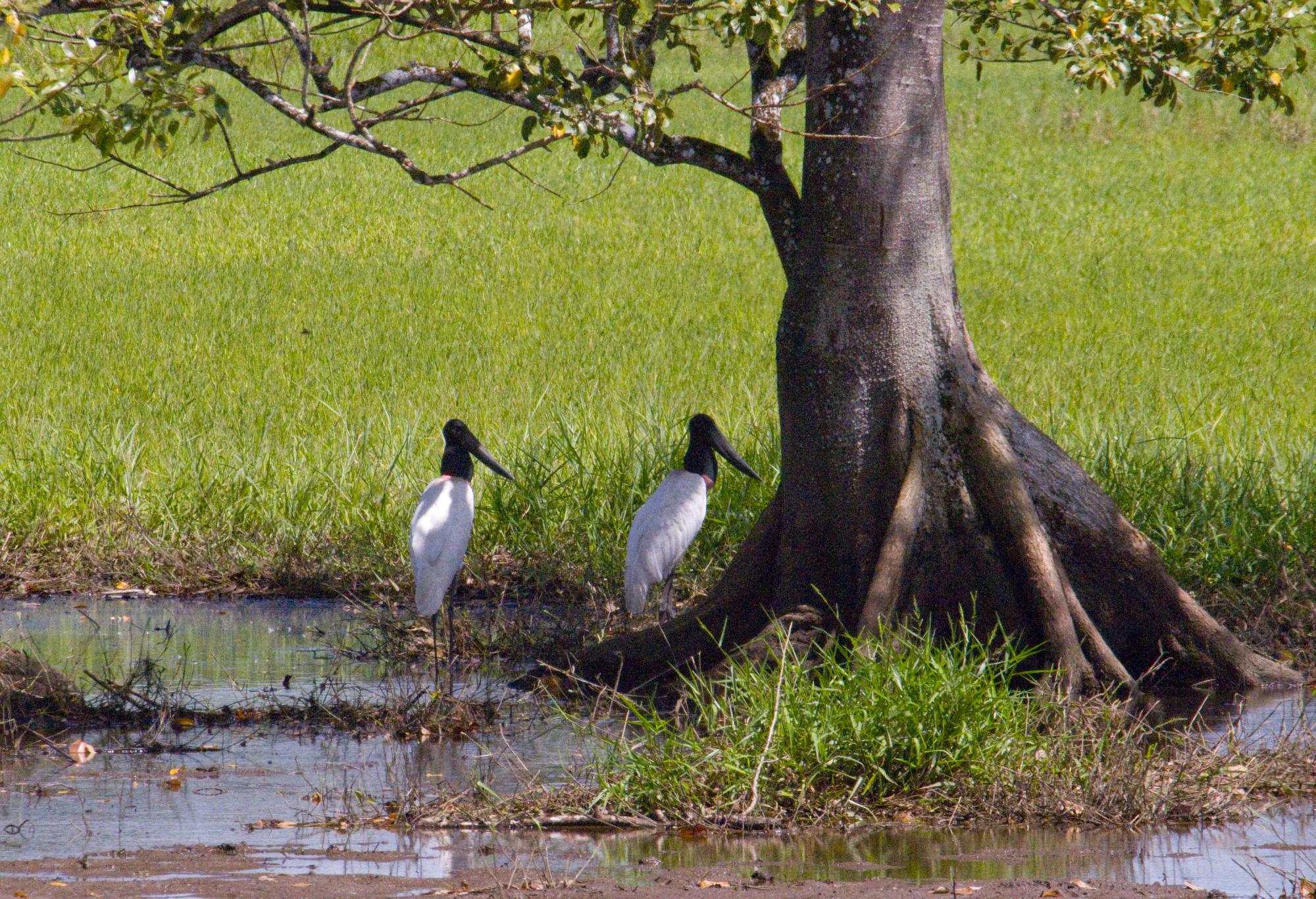 Our guide Jaime was very excited to see these migratory Jabiru (2008) Cano Negro, Costa Rica • Photo Posted Sunday, October 19, 2008 • © 2008 Terry Costales 
#20081019.jpg Add a comment or report a mistake
|
|
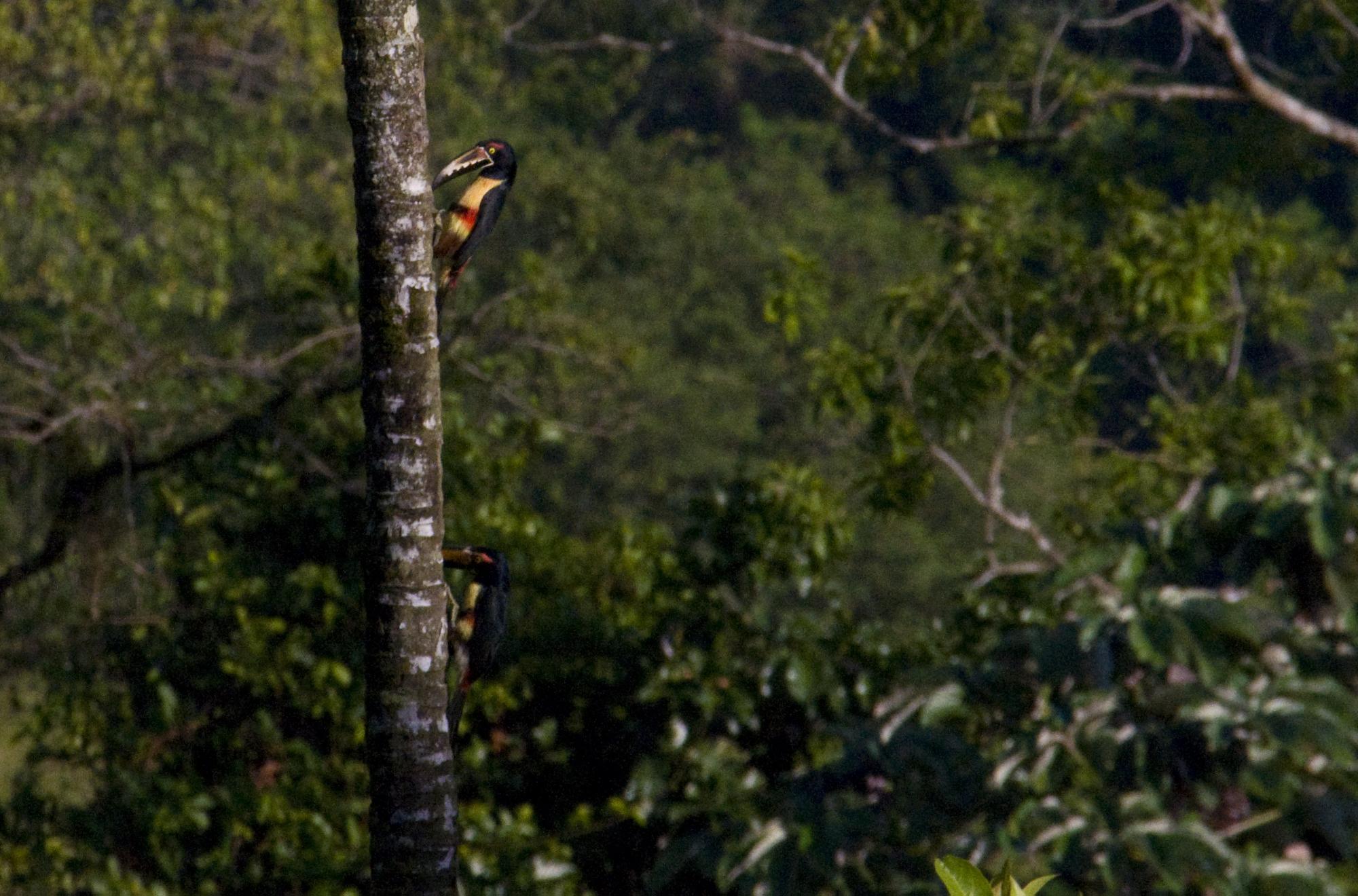 There were many of these toucans 
#20081020.jpg Add a comment or report a mistake
|
|
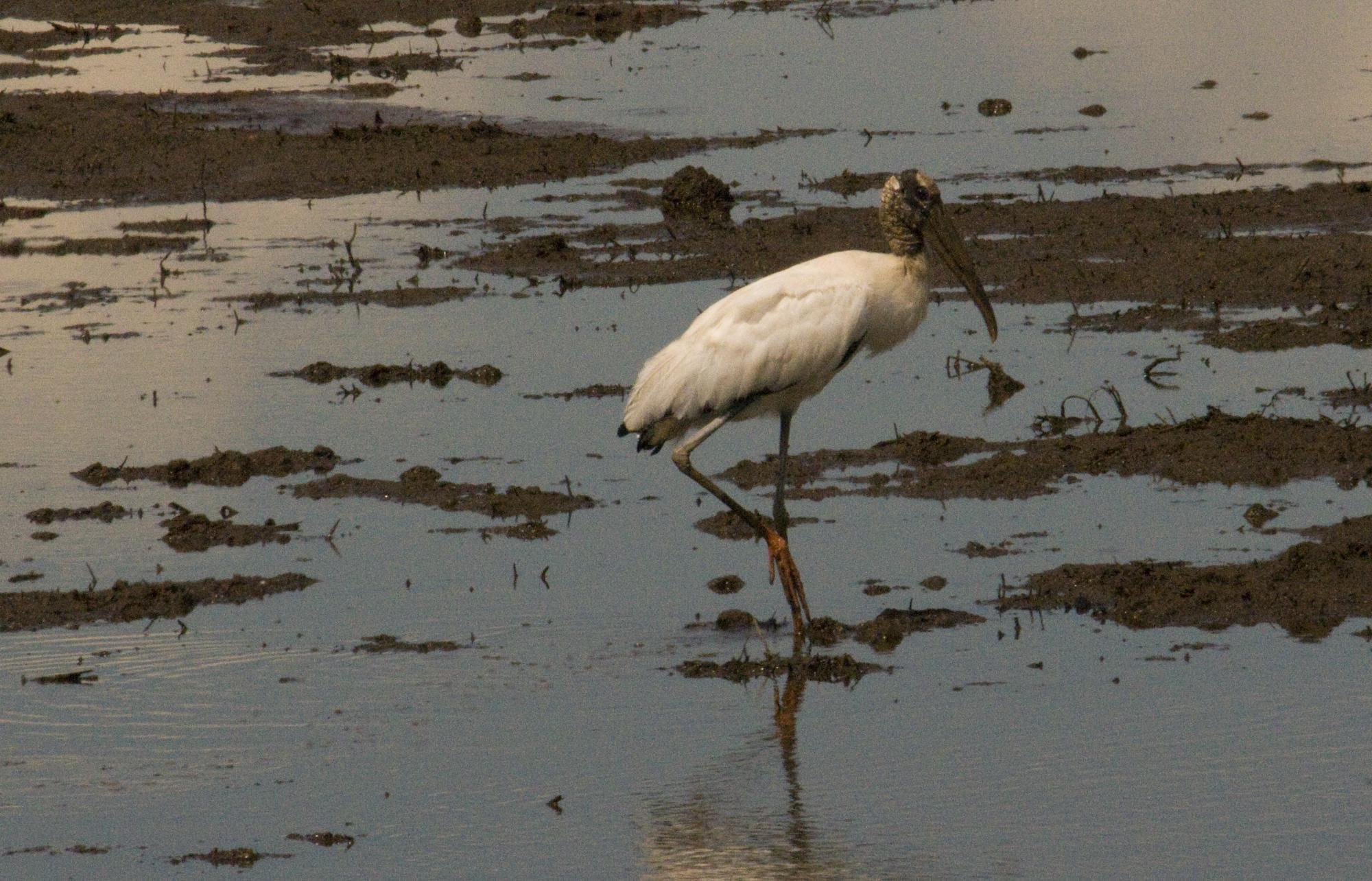 Wood storks (2008) Cano Negro, Costa Rica • Photo Posted Sunday, October 19, 2008 • © 2008 Terry Costales 
#20081021.jpg Add a comment or report a mistake
|
|
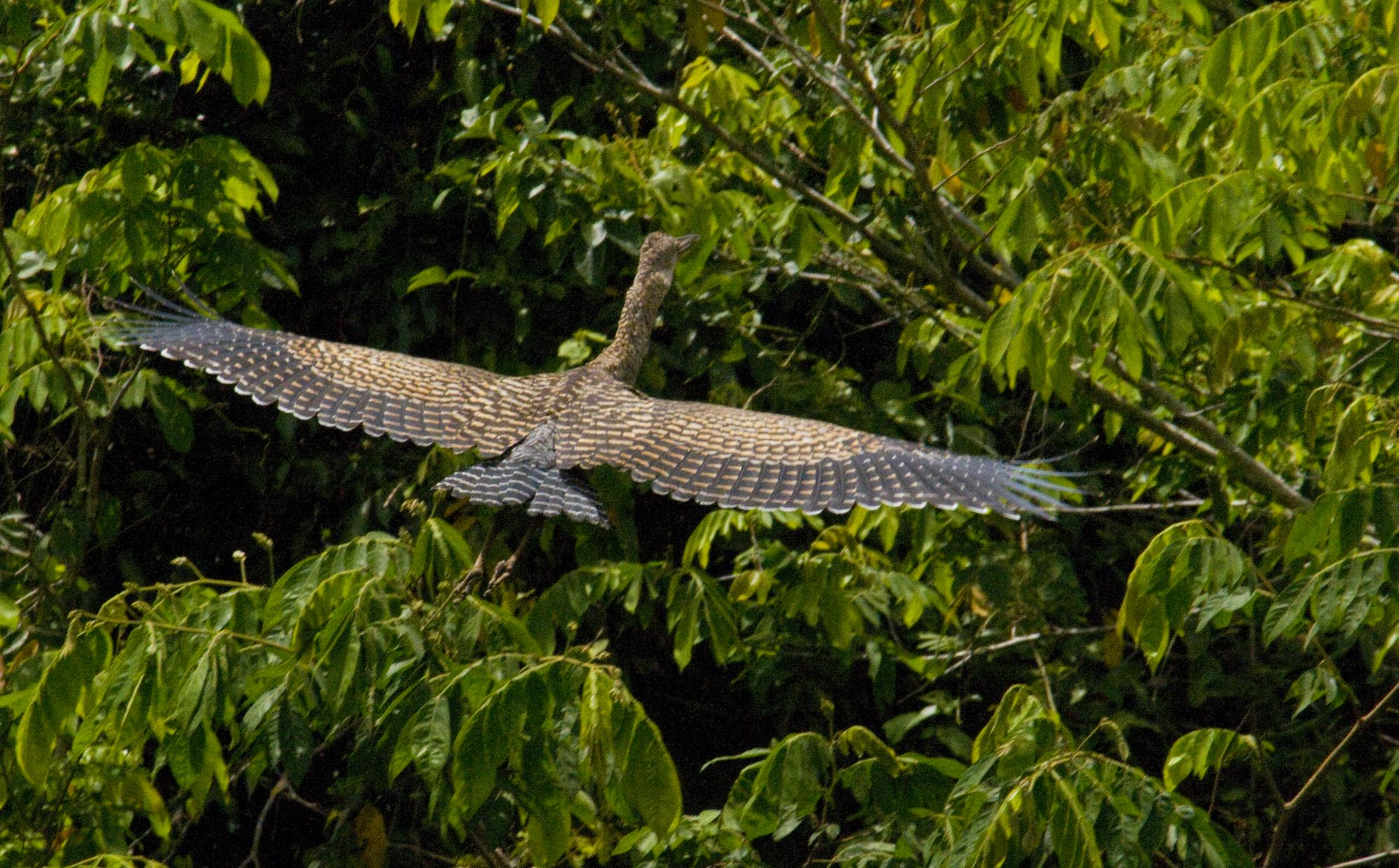 We saw a lot of these solitary herons on the trip. (2008) Cano Negro, Costa Rica • Photo Posted Wednesday, October 22, 2008 • © 2008 Terry Costales 
#20081022.jpg Add a comment or report a mistake
|
|
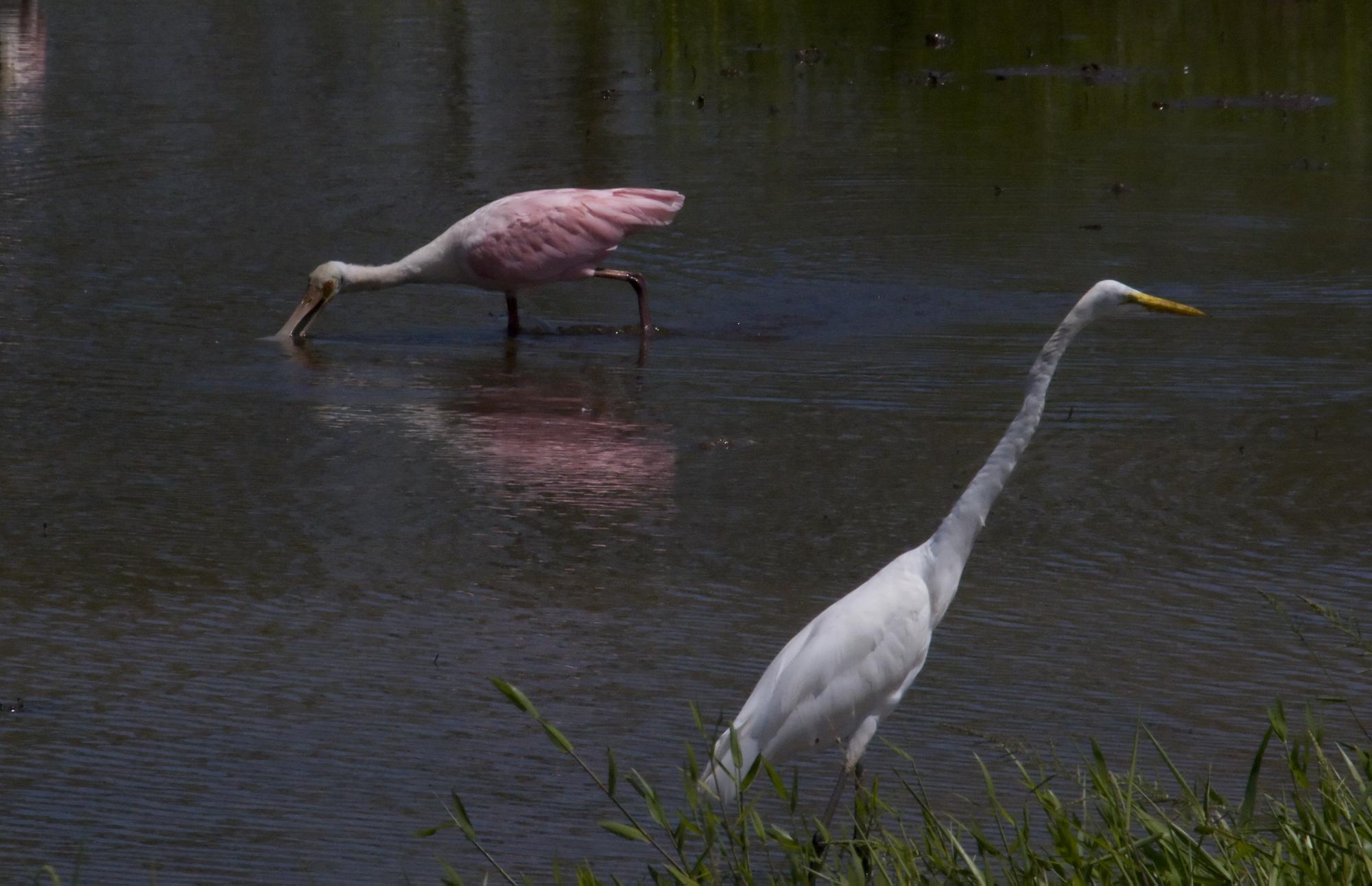 I was focusing my attention on the spoonbill but good lord! Look at the length of the neck on that egret! 
#20081023.jpg Add a comment or report a mistake
|
|
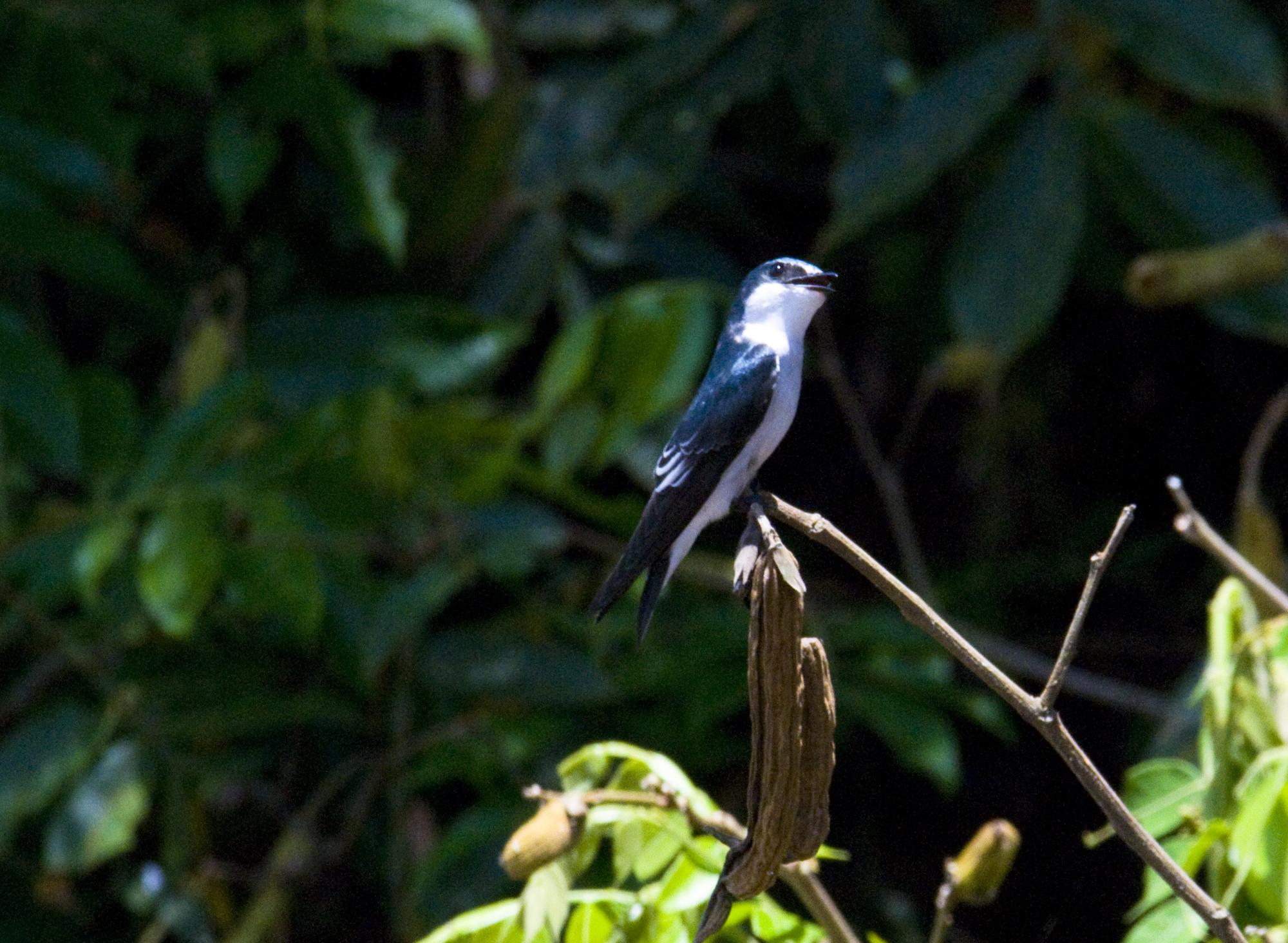 This swallow (2008) Cano Negro, Costa Rica • Photo Posted Friday, October 24, 2008 • © 2008 Terry Costales 
#20081024.jpg Add a comment or report a mistake
|
|
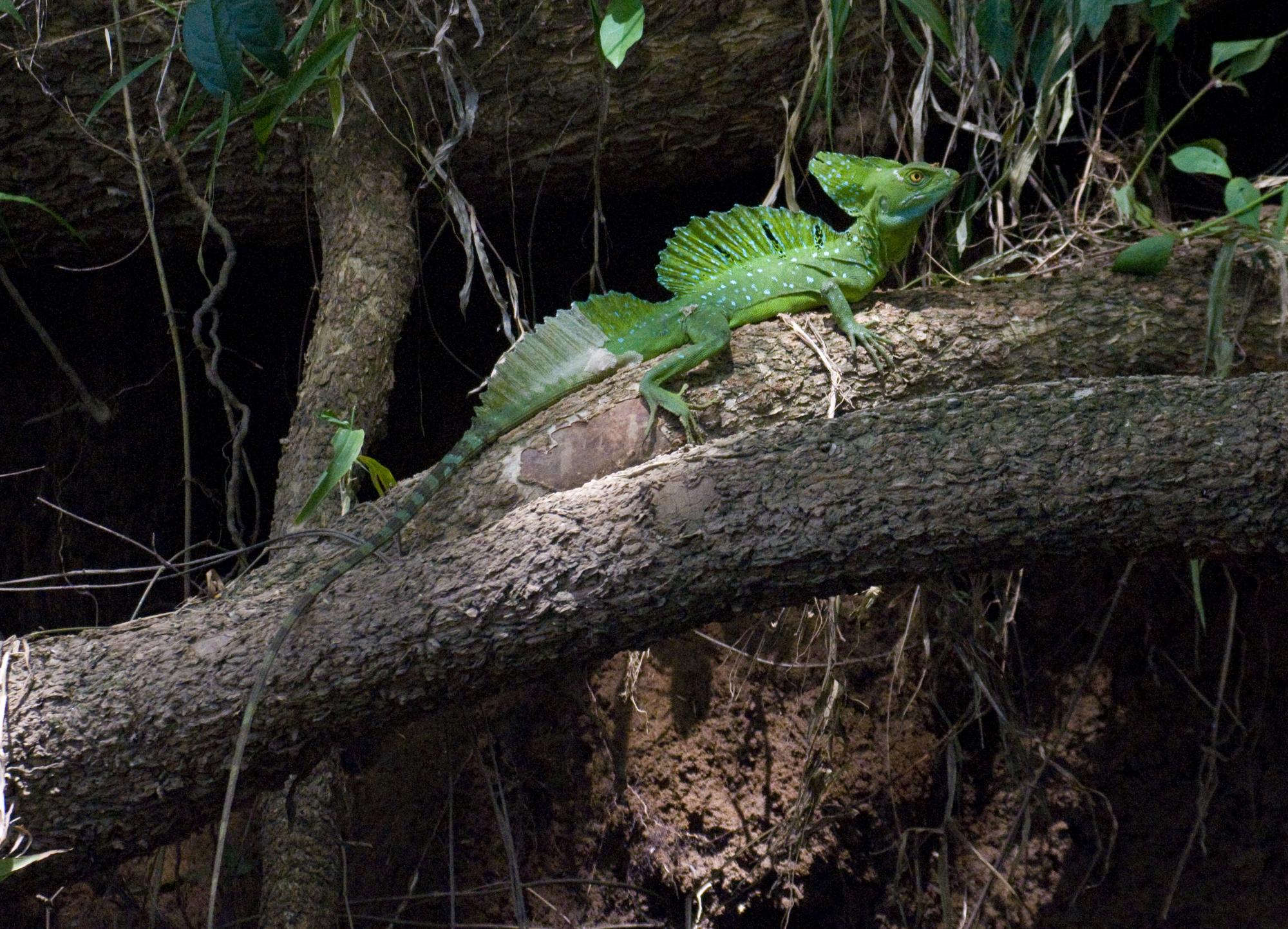 On the bank was a gorgeous male basilisk. (2008) Cano Negro, Costa Rica • Photo Posted Saturday, October 25, 2008 • © 2008 Terry Costales 
#20081025.jpg Add a comment or report a mistake
|
|
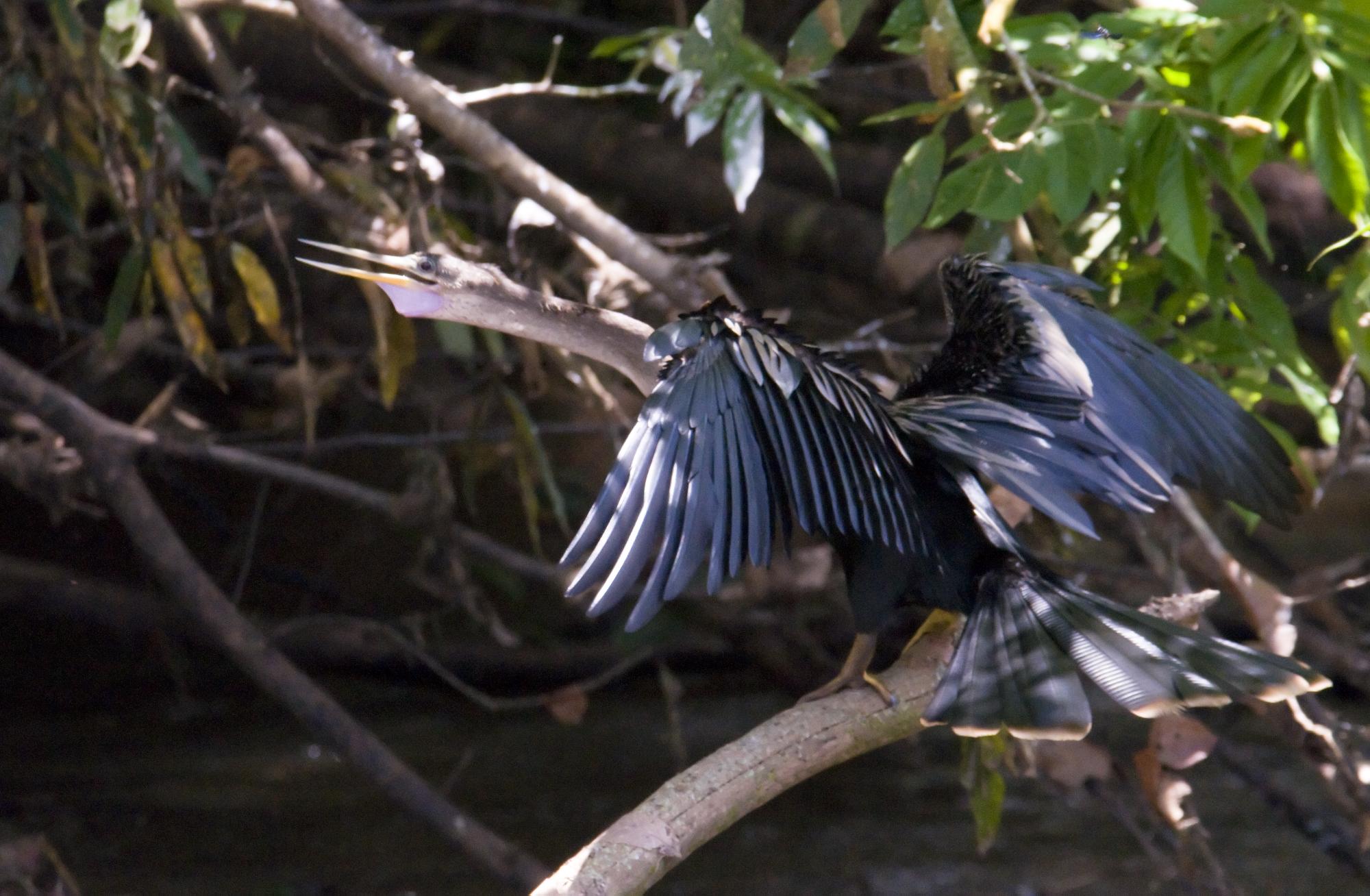 Anhingas (2008) Cano Negro, Costa Rica • Photo Posted Sunday, October 26, 2008 • © 2008 Terry Costales 
#20081026.jpg Add a comment or report a mistake
|
|
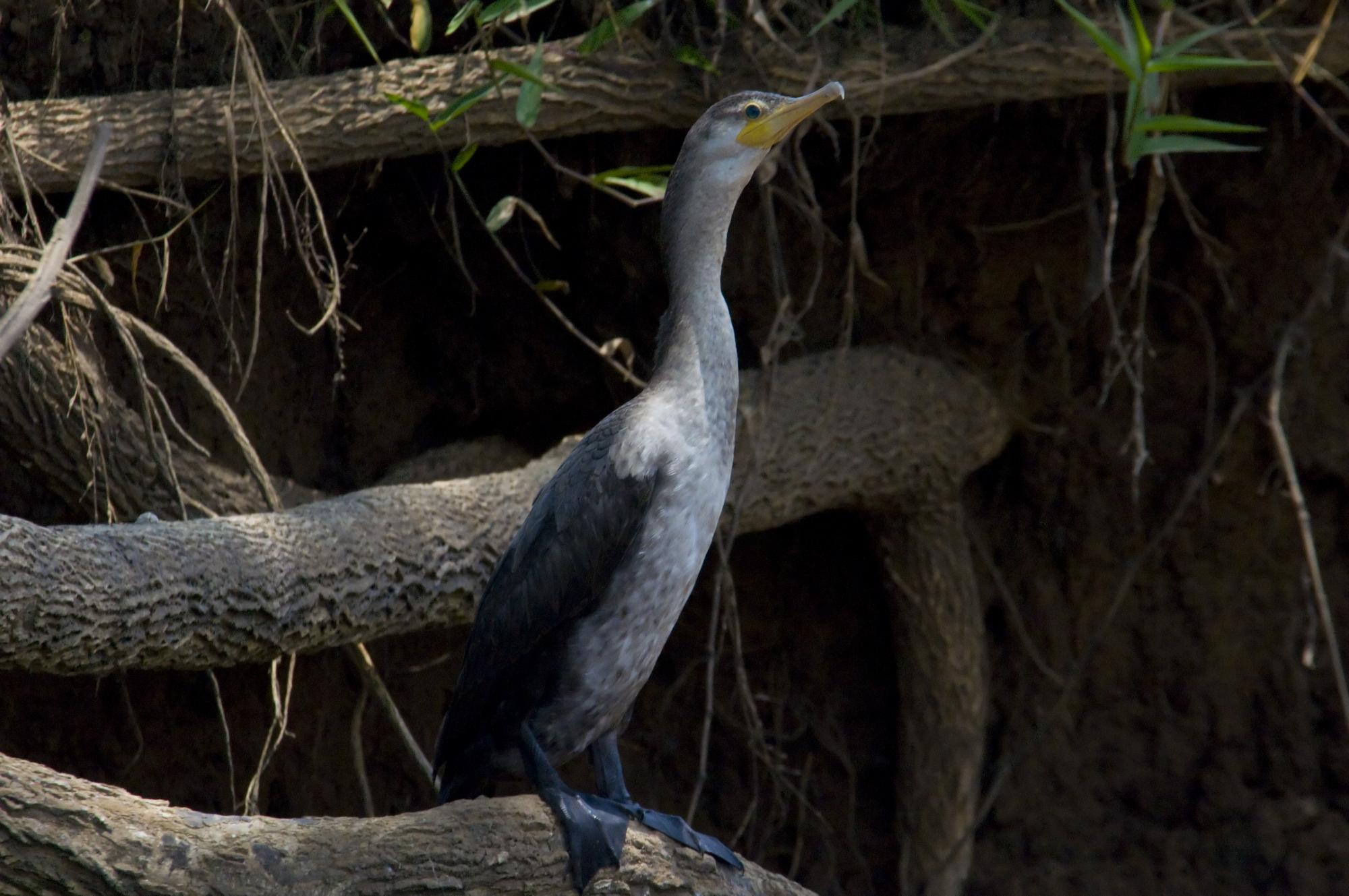 The light color of this bird indicates that it is a juvenile. The adult of this bird is all black. Neotropic is the only species of cormorant that resides in Costa Rica. (2008) Cano Negro, Costa Rica • Photo Posted Monday, October 27, 2008 • © 2008 Terry Costales 
#20081027.jpg Add a comment or report a mistake
|
|
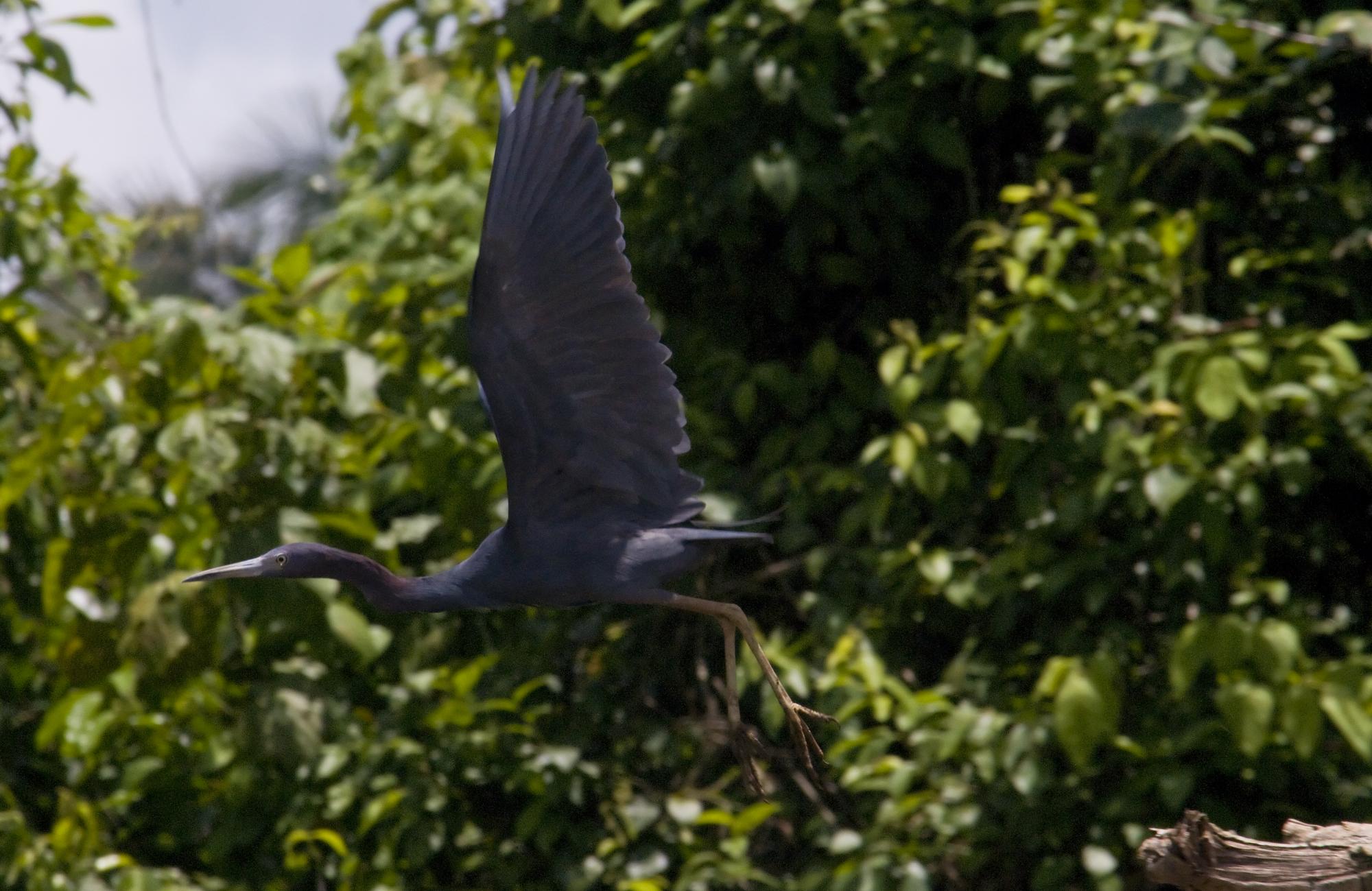 The Little Blue 
#20081028.jpg Add a comment or report a mistake
|
|
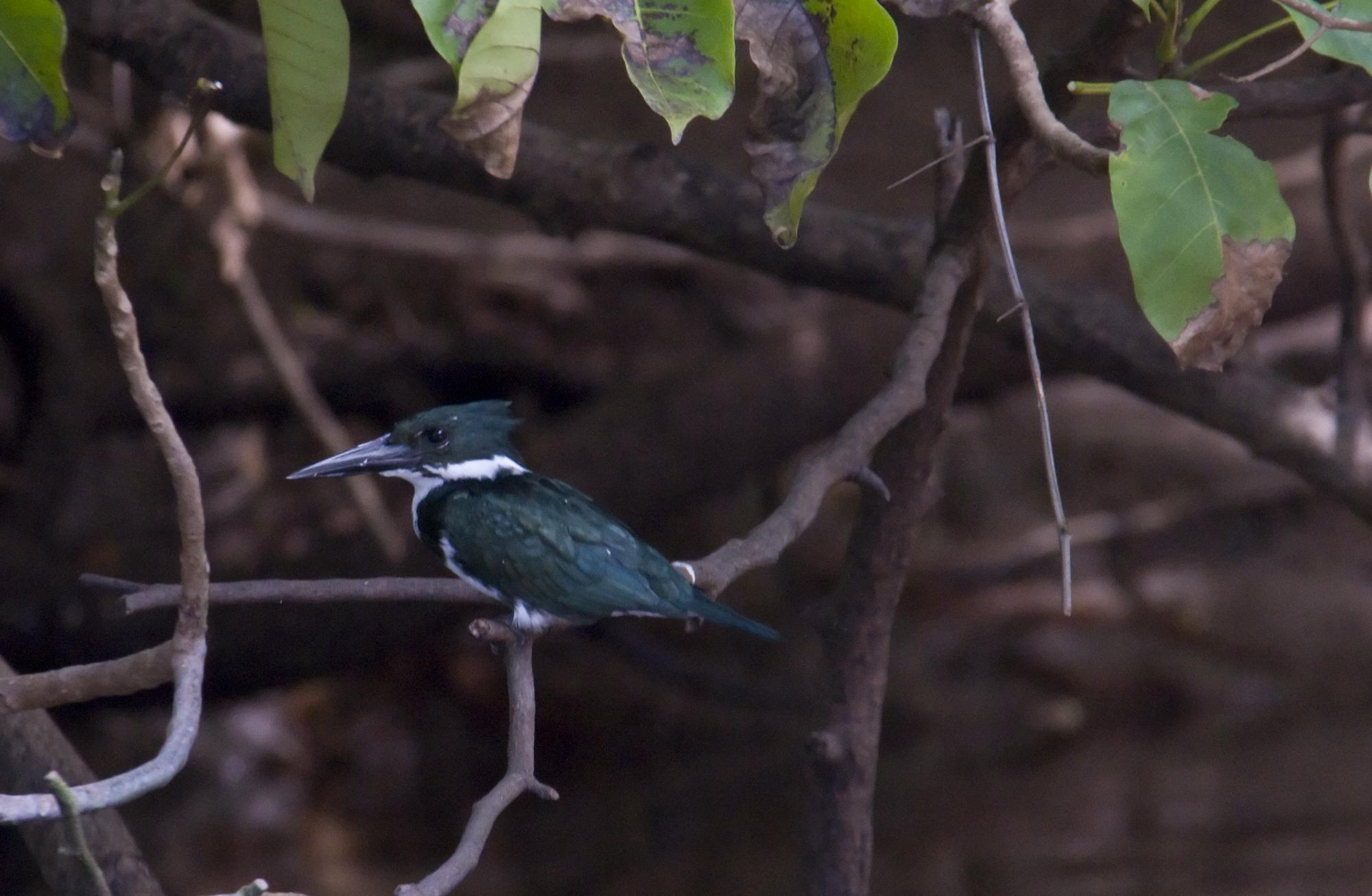 The mangrove tour's pilot and guide were very supportive of our photographic efforts. This little bird (2008) Cano Negro, Costa Rica • Photo Posted Wednesday, October 29, 2008 • © 2008 Terry Costales 
#20081029.jpg Add a comment or report a mistake
|
|
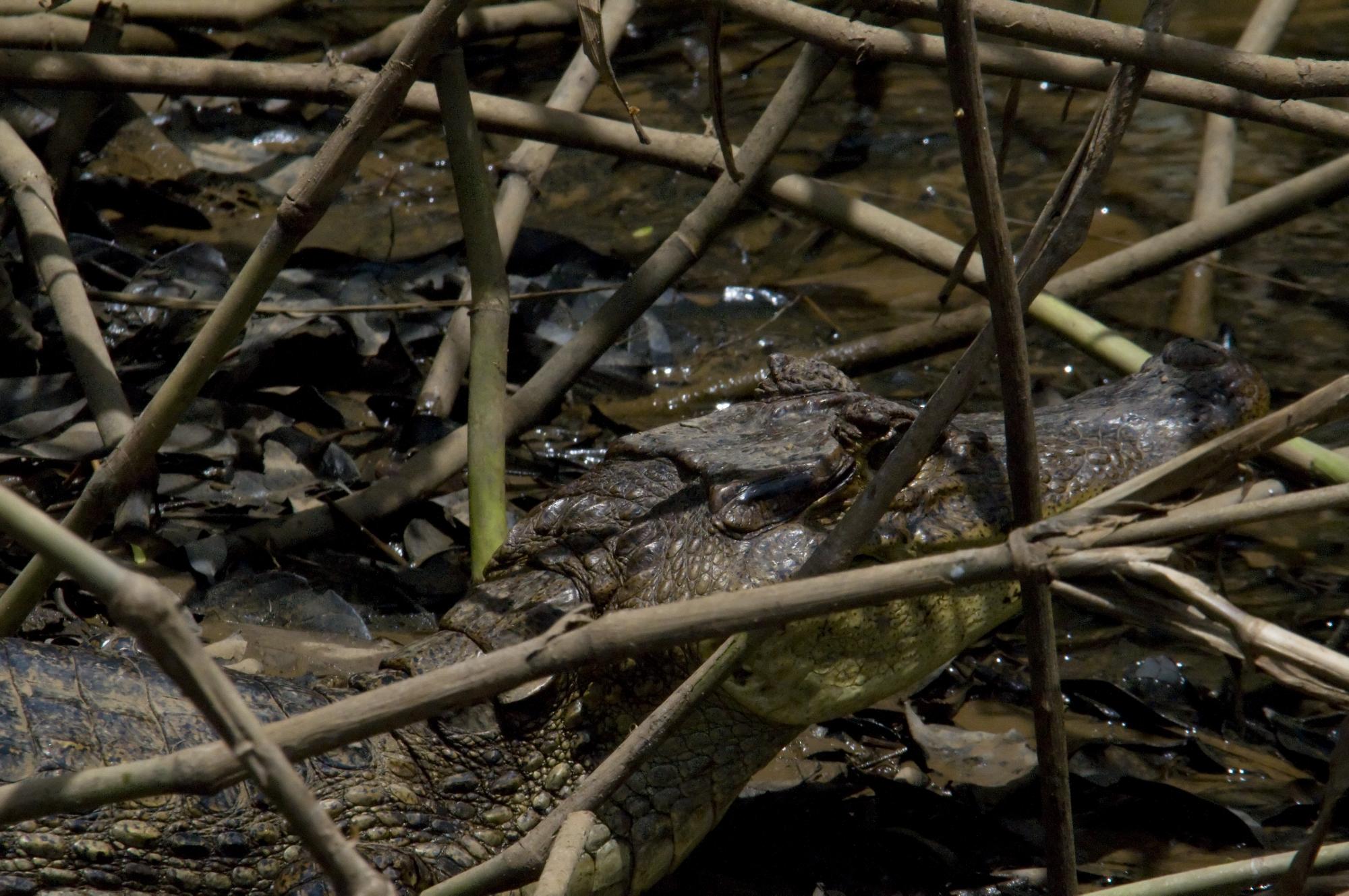 This poor Caiman (2008) Cano Negro, Costa Rica • Photo Posted Thursday, October 30, 2008 • © 2008 Terry Costales 
#20081030.jpg Add a comment or report a mistake
|
|
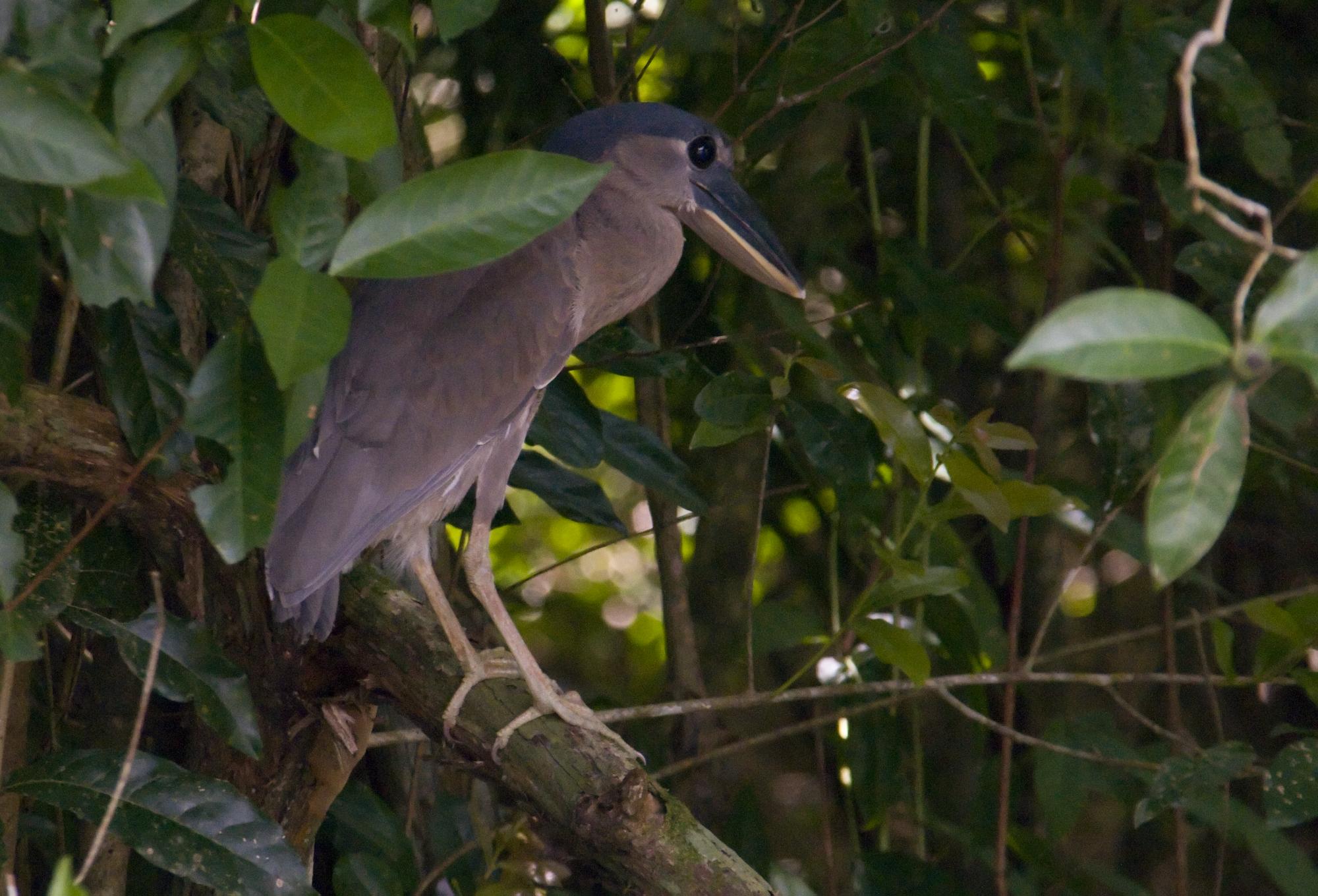 You only need to glimpse the bill of this bird to know exactly why it is called boat-billed. (2008) Cano Negro, Costa Rica • Photo Posted Friday, October 31, 2008 • © 2008 Terry Costales 
#20081031.jpg Add a comment or report a mistake
|
|
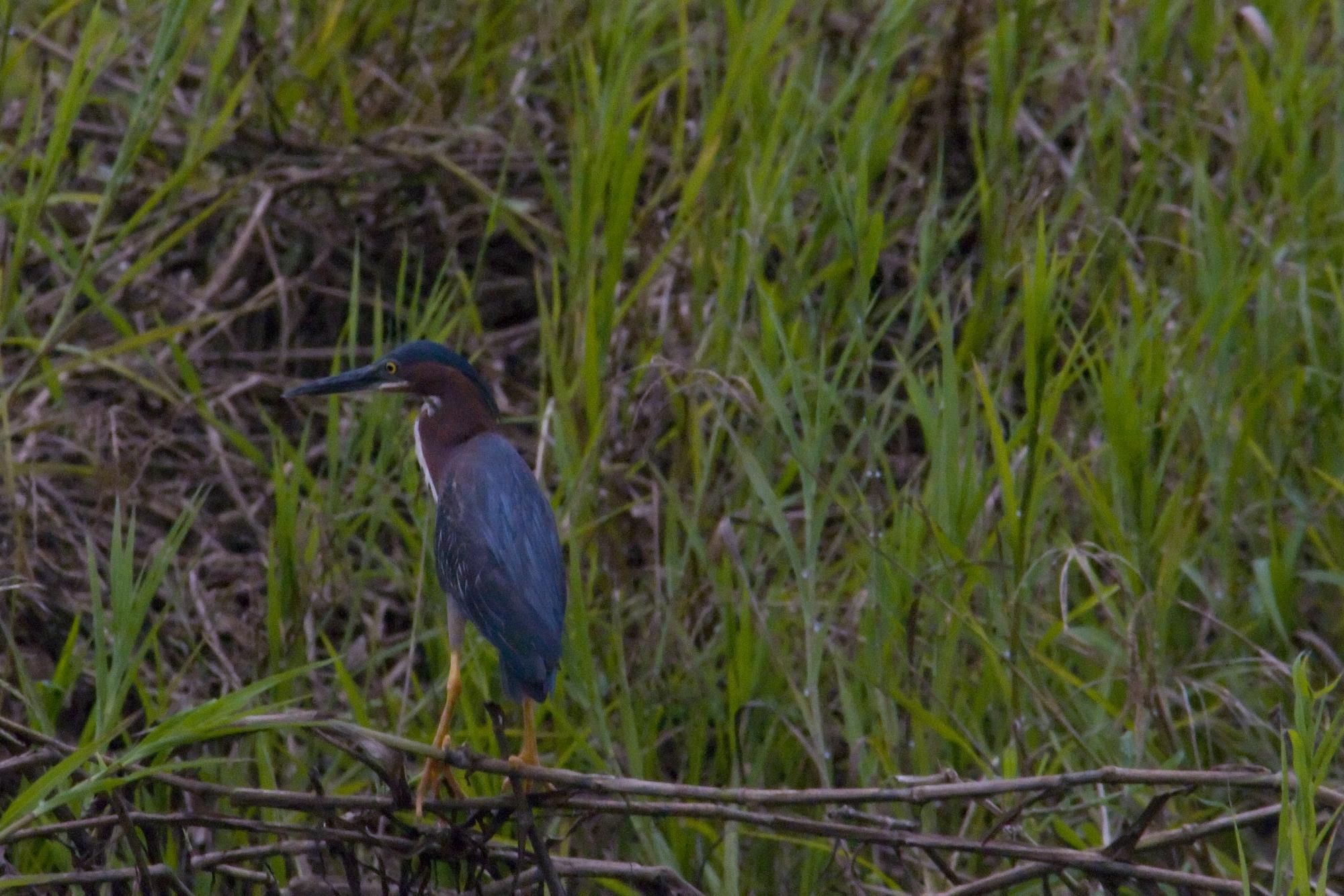 I knew at the time this was a Tiger Heron, but a kind I hadn't seen before. Later I identified it as Rufescent Tiger Heron, where rufescent simply means red. (2008) Cano Negro, Costa Rica • Photo Posted Saturday, November 1, 2008 • © 2008 Terry Costales 
#20081101.jpg Add a comment or report a mistake
|
|
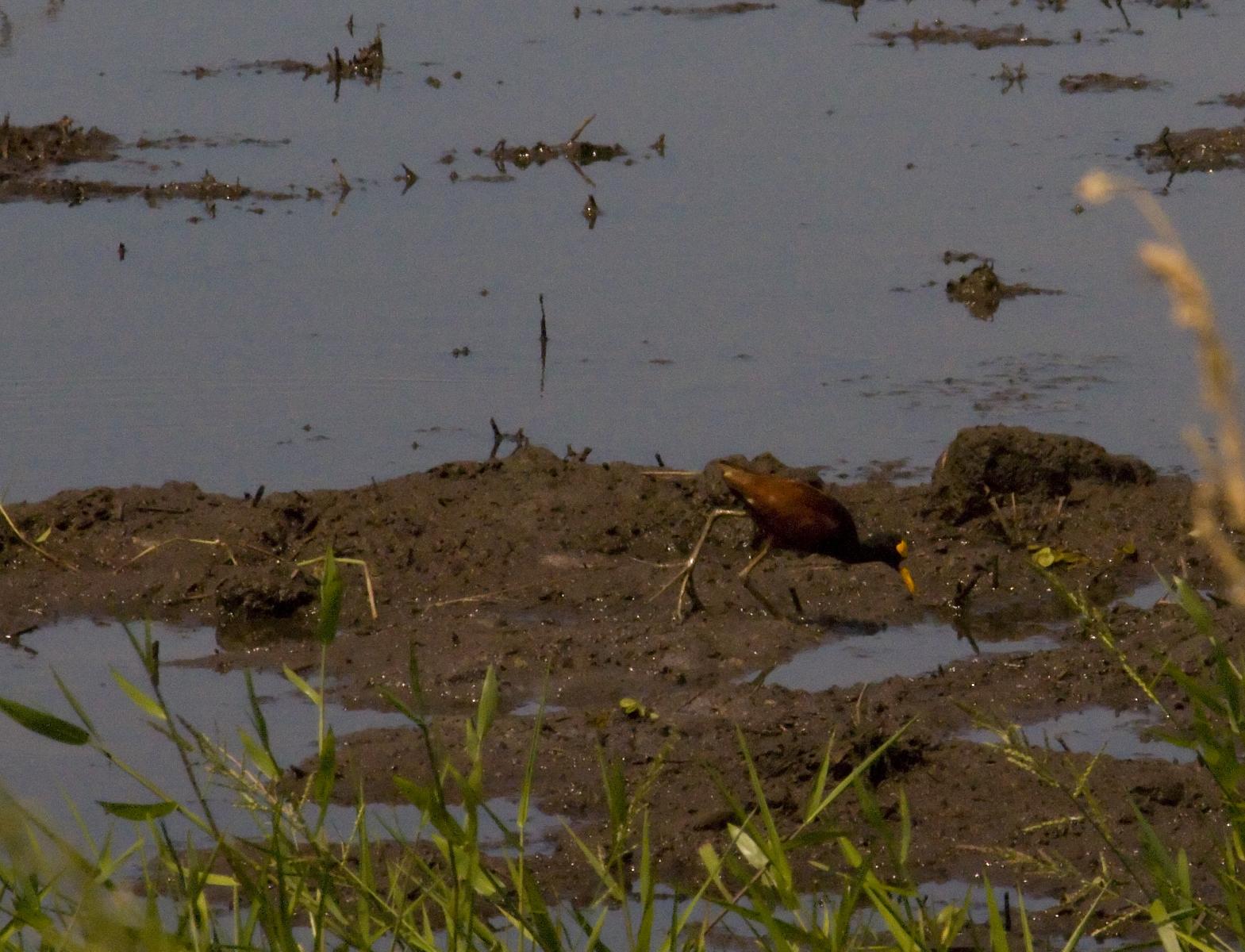 When the Jacanas They are known for "walking on water", because their very long toes allow them to walk on floating vegetation. Unfortunately, the ones we saw were in the mud the whole time and so we never witnessed this behavior. (2008) Cano Negro, Costa Rica • Photo Posted Sunday, November 2, 2008 • © 2008 Terry Costales 
#20081102.jpg Add a comment or report a mistake
|
|
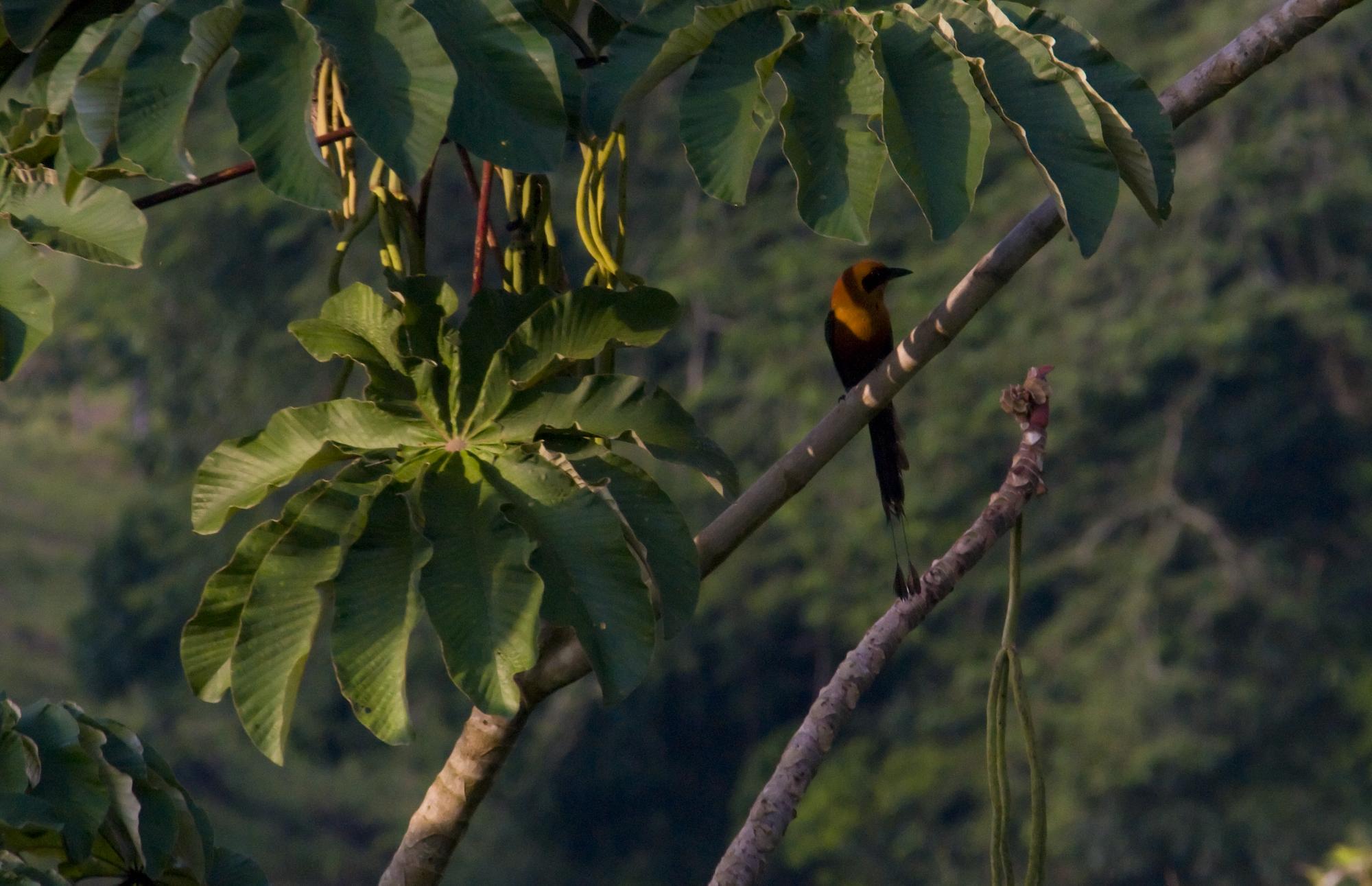 The only motmot seen on this trip appeared just after dawn. The tree in which it was perched was a favorite of several species. Unfortunately, the motmot's gorgeous colors were not visible from this angle, but the unique tail feathers were. (2008) Arenal foothills, Costa Rica • Photo Posted Monday, November 3, 2008 • © 2008 Terry Costales  #Costa_Rica
#Costa_Rica
Add a comment or report a mistake
|
 |
| home • contact • topic guide • top 25 • photos • video • writing • blogs • upload • terms • privacy |